Fashion in interior design does not change as swiftly as in the fashion or beauty industries, but every year new striking trends emerge or old ones transform. Our article is about this. We will tell you which techniques will be relevant in 2024, how to choose the palette and materials. We will also show photos of fashionable apartment interiors where these trends have been implemented.
Fashion Trends in Interior Design in 2024
General:
– Soft minimalism
– Dopamine decor
– Technological advancements
– Retrofuturism
Materials:
– Tactility
– Gold
– Sustainability
– Innovations
Color Schemes:
– Monochrome
– Earth tones
– Warm honey
Interior Design Trends in 2024
The general trends in apartment design in 2024 (photo below) have hardly changed: naturalness and functionality, minimalist ideas, care for nature and oneself are in vogue.
Soft Minimalism
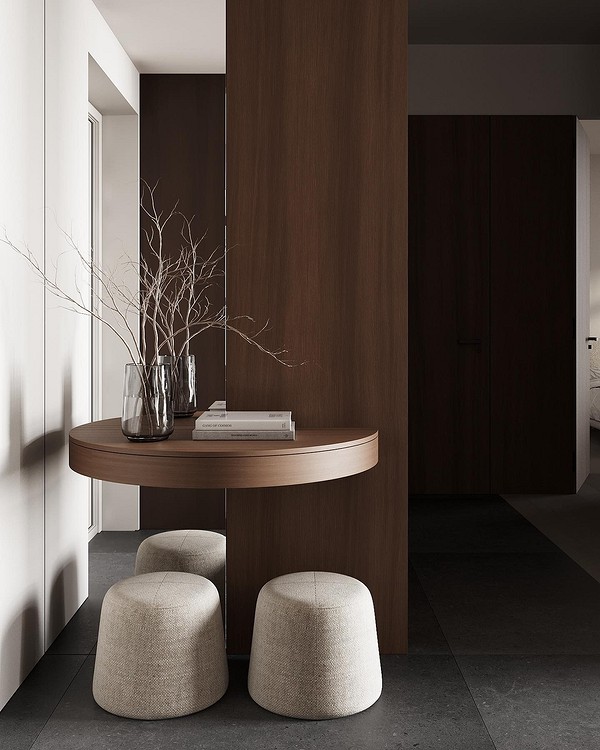
The concept of minimalism underpins all modern design in general. Rejecting thoughtless consumption, cluttering rooms, and excessive frugality leading to more frequent purchases has been around for a long time and is not fading away.
However, in the upcoming year, the focus will shift to a softer, “warmer” minimalism. If previously it was associated with sterility, facelessness, coldness, now such interiors are becoming more lively, cozy, and personalized. This is primarily expressed in the palette: warm colors in a beige-brown paradigm are increasingly used as the base, diluted with muted shades of red, yellow, orange, and slightly contrasted with achromatic tones. The color scheme is complemented by tactilely pleasing textures (as much wood, textiles, vegetation as possible) and smooth rounded shapes. This applies to both furniture and the architecture of the apartment or country house. Minimalism can serve as a base and be supplemented with elements of other styles: Scandi, boho, country, classic. This will add originality to the interior and endow it with character.
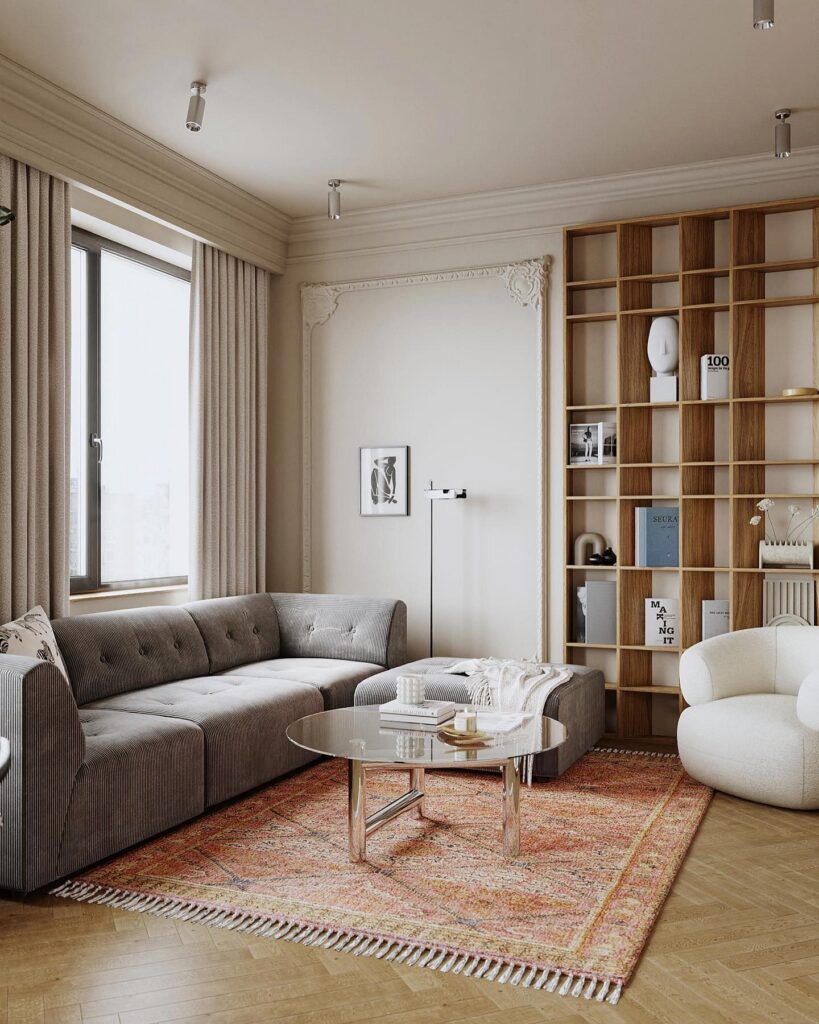
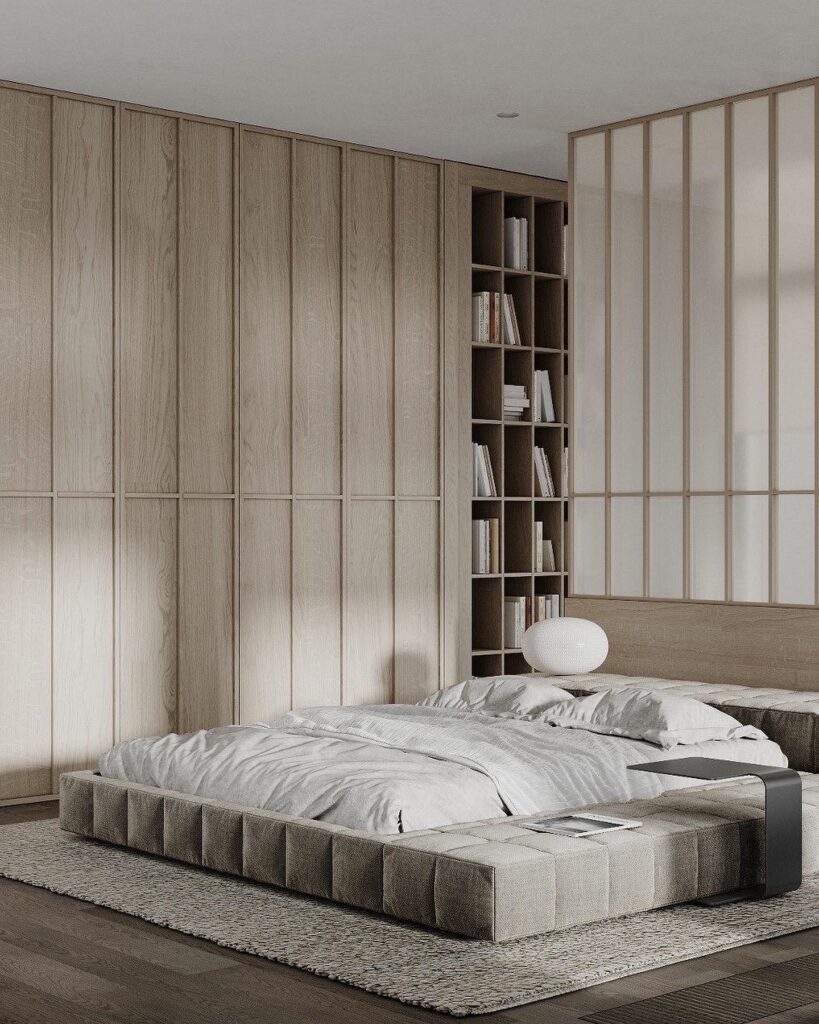
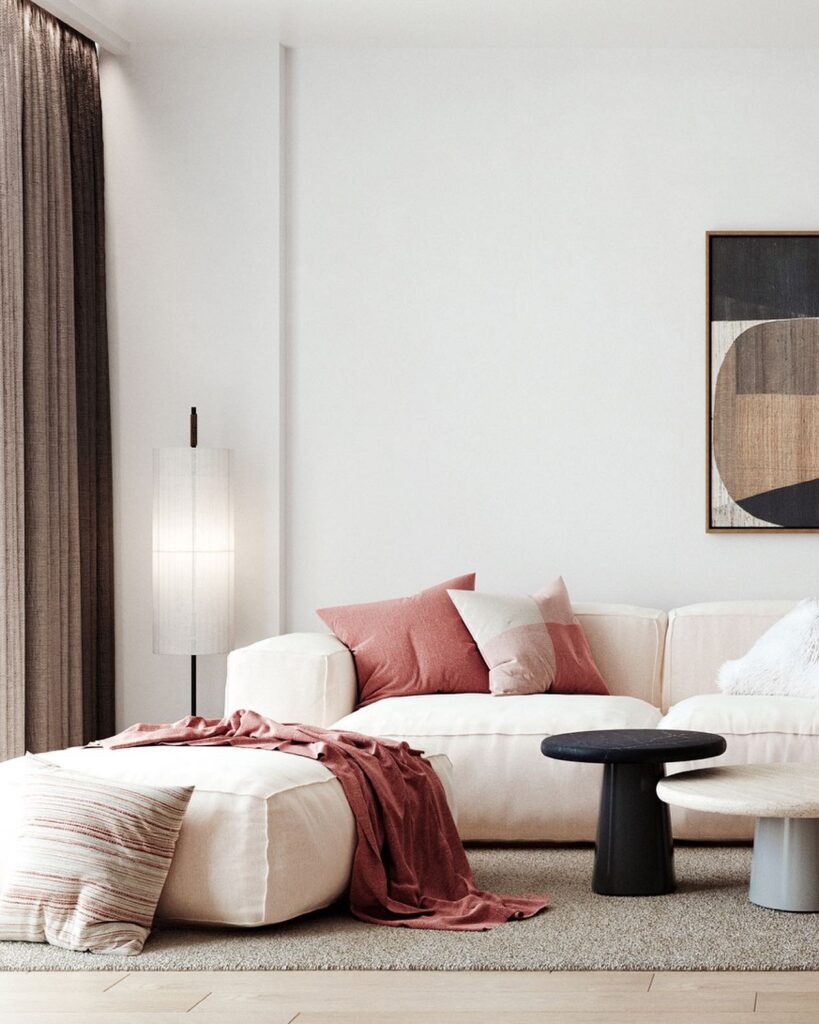
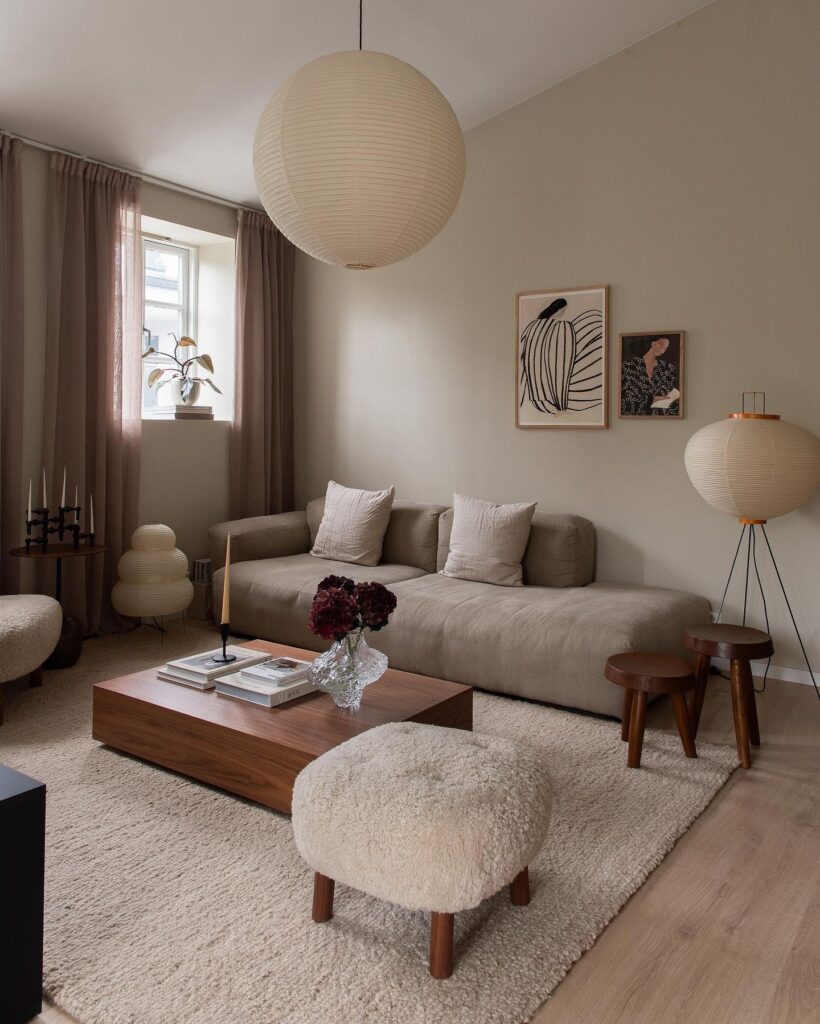
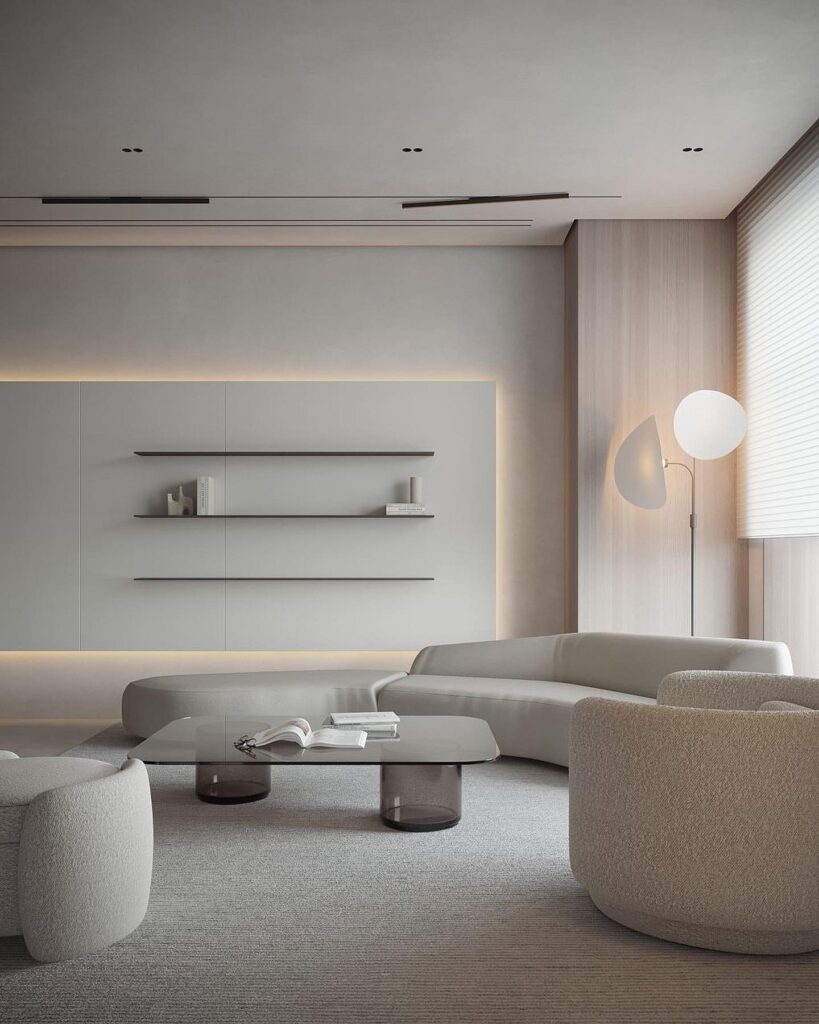
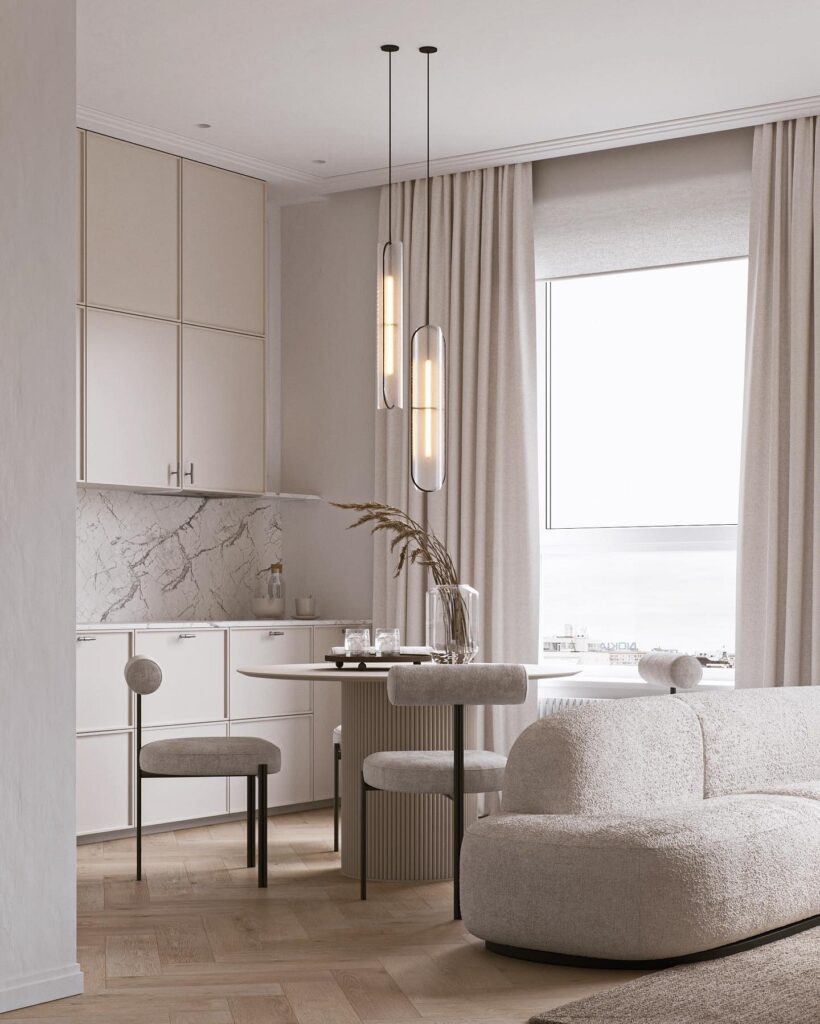
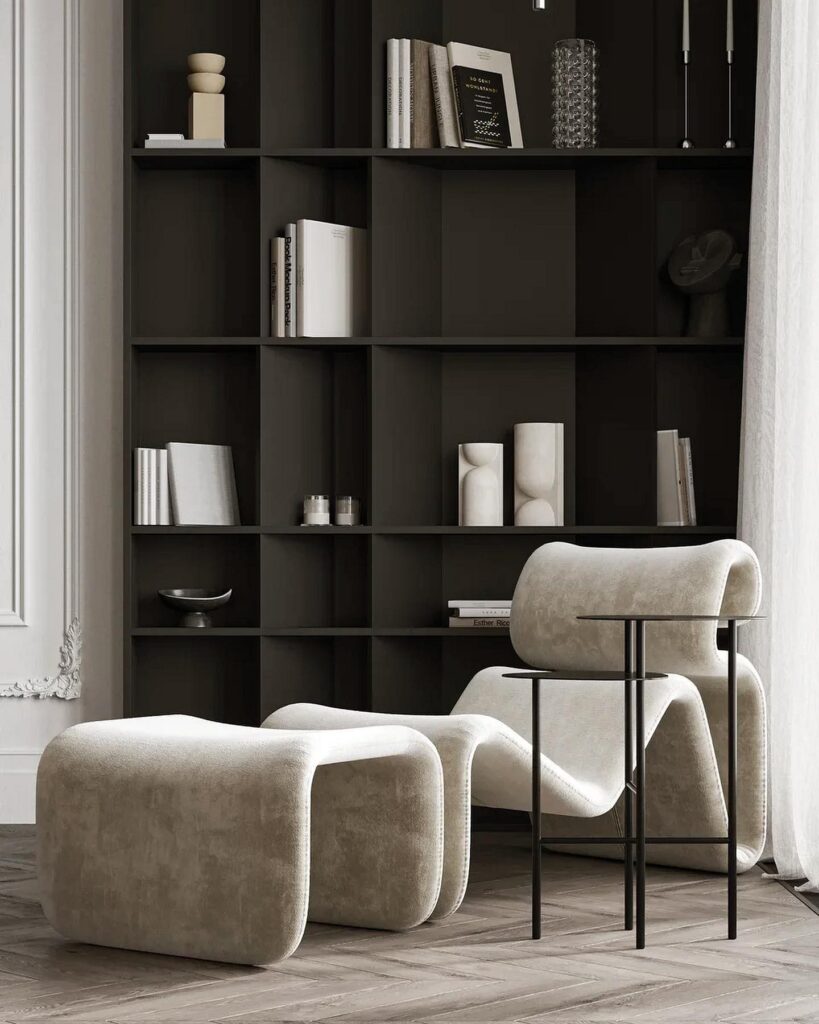
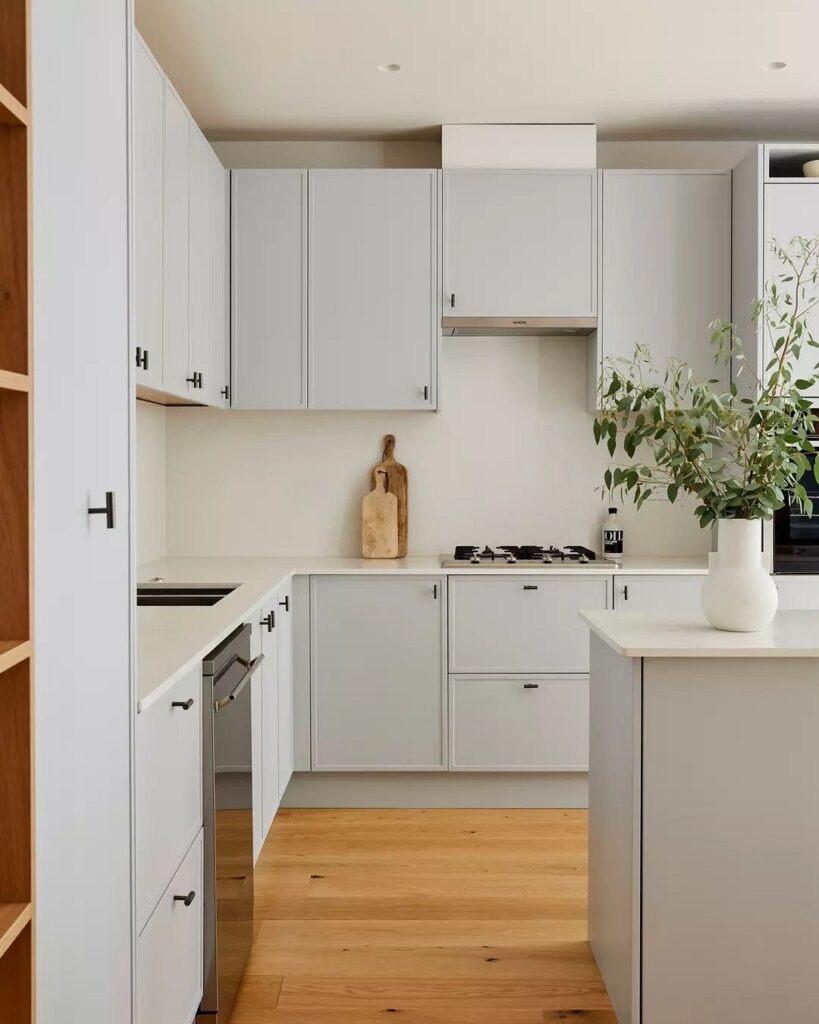
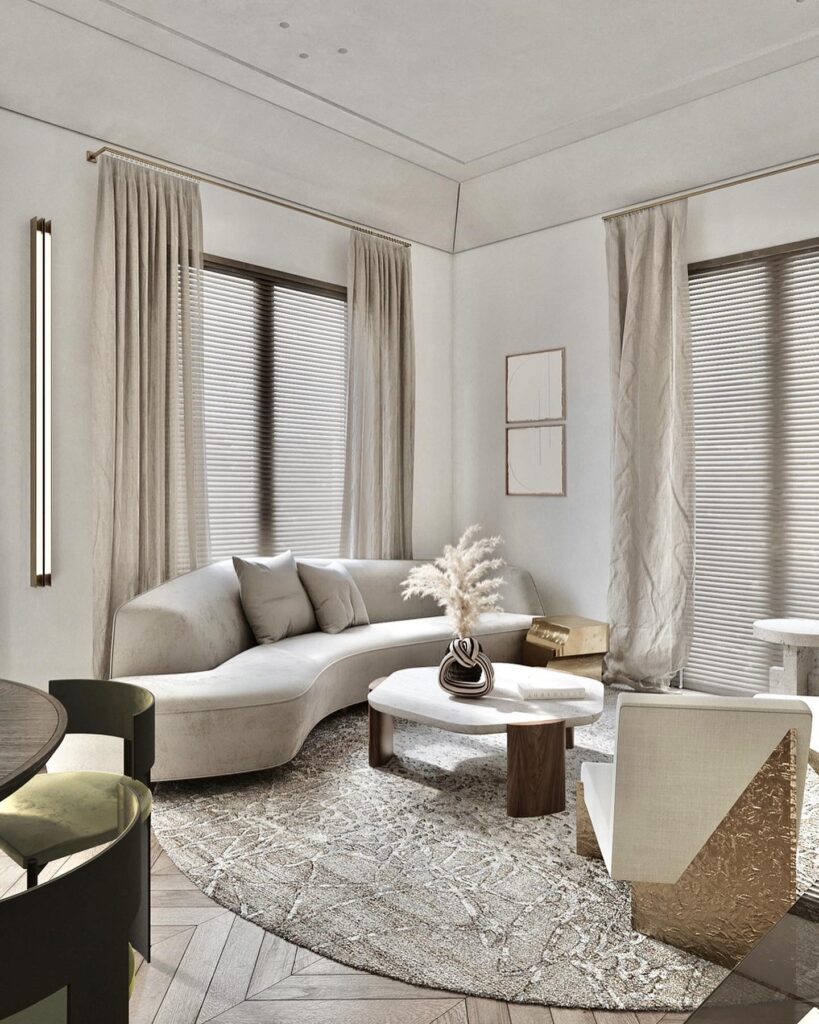
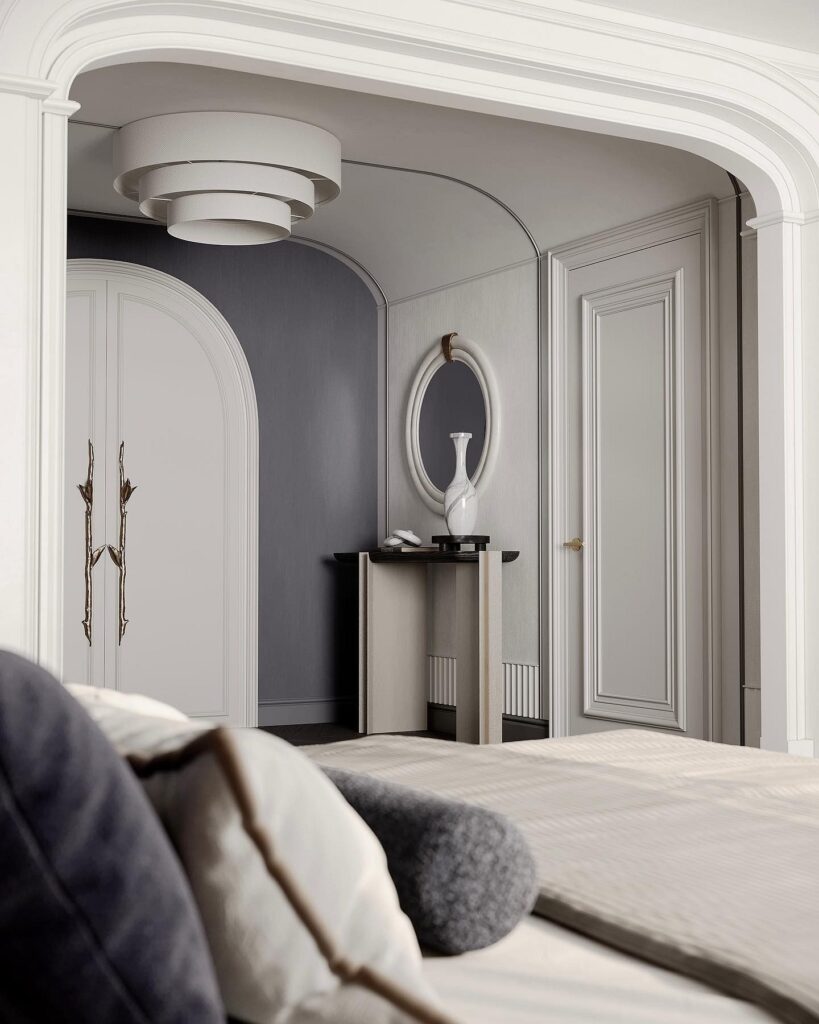
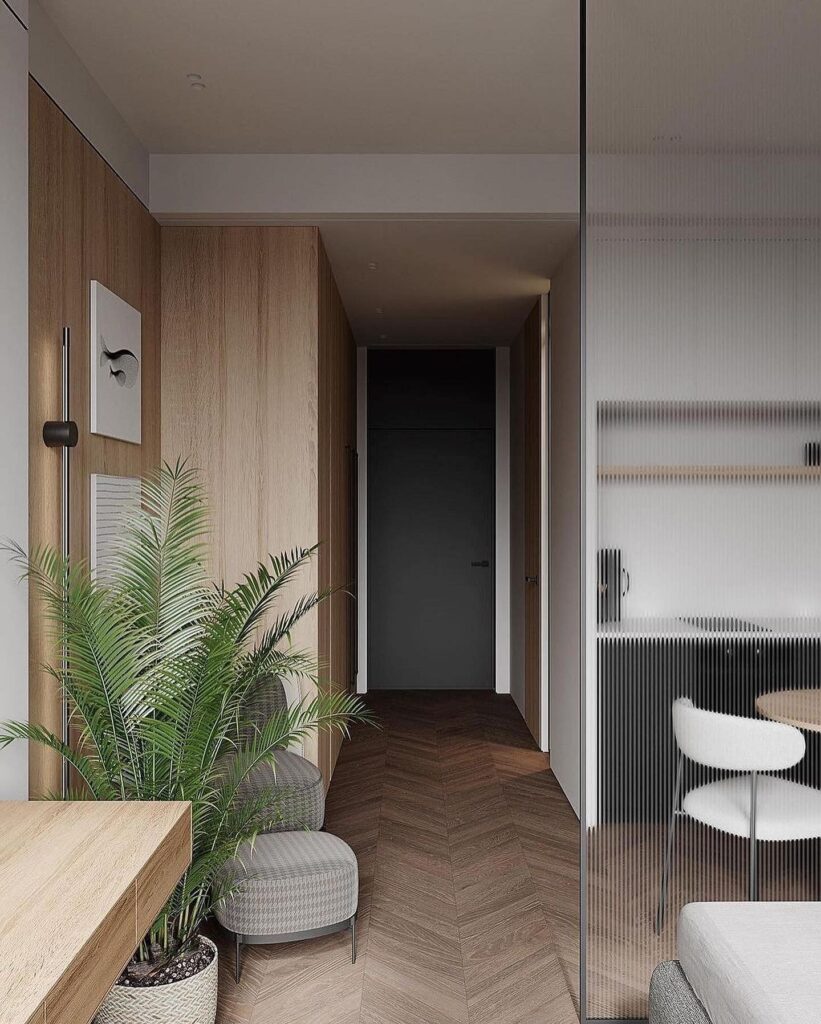
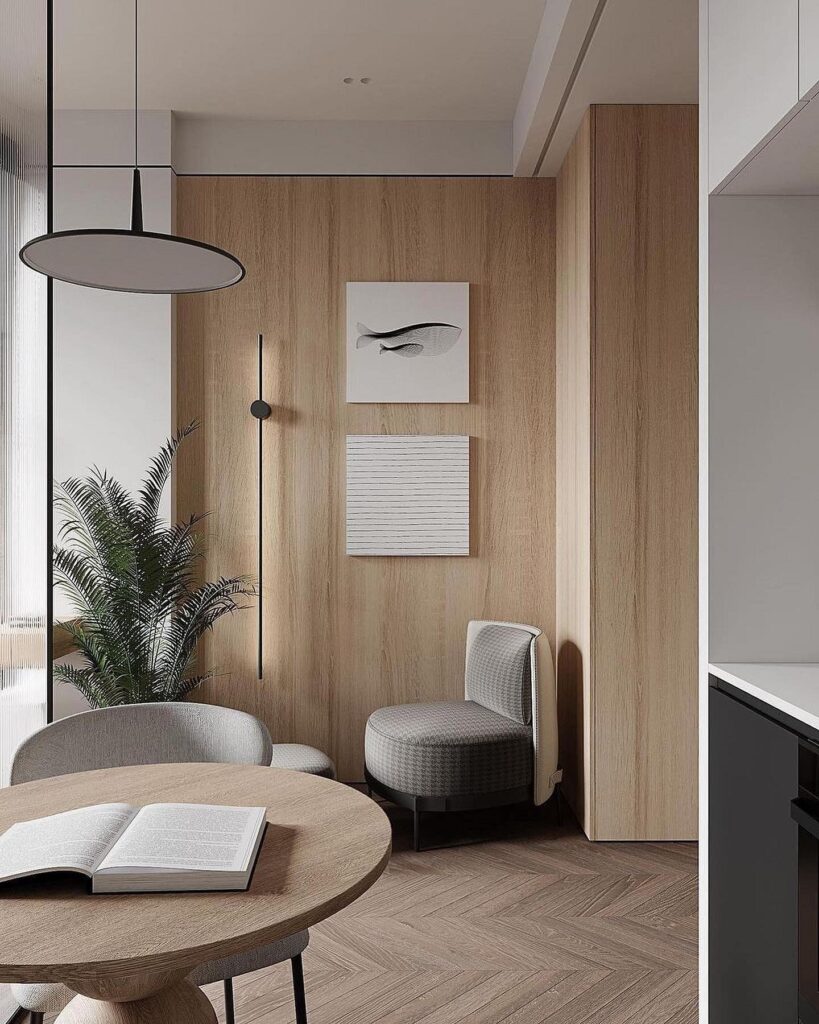
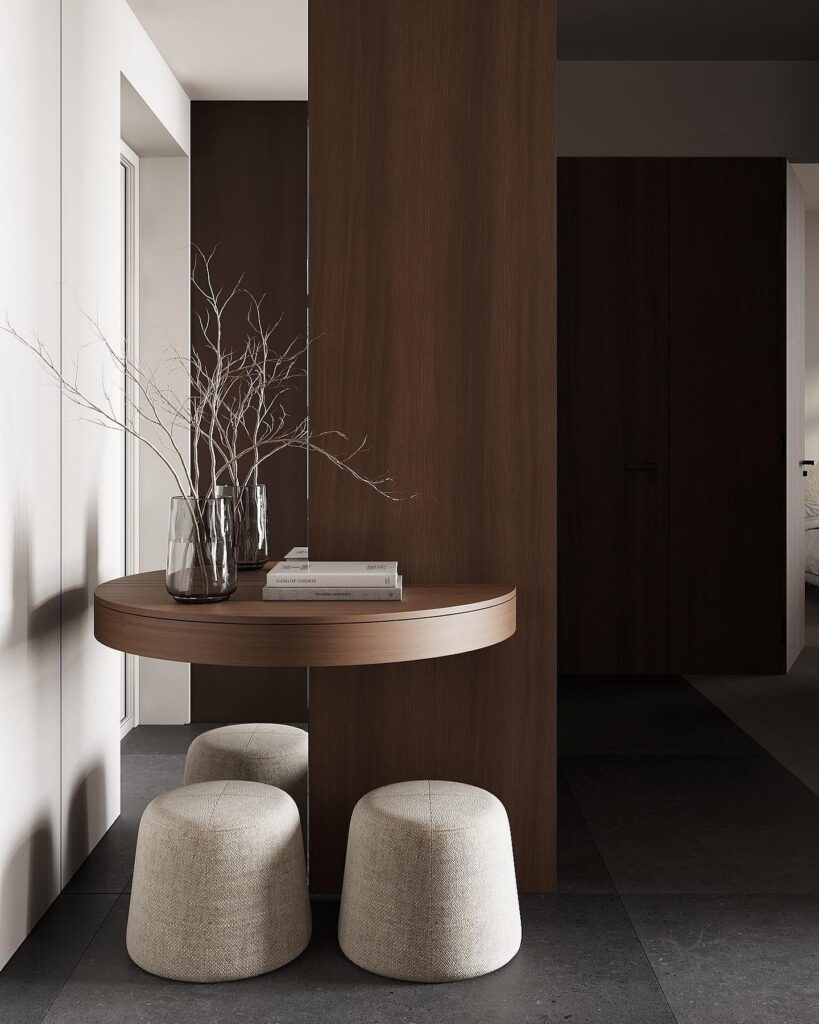
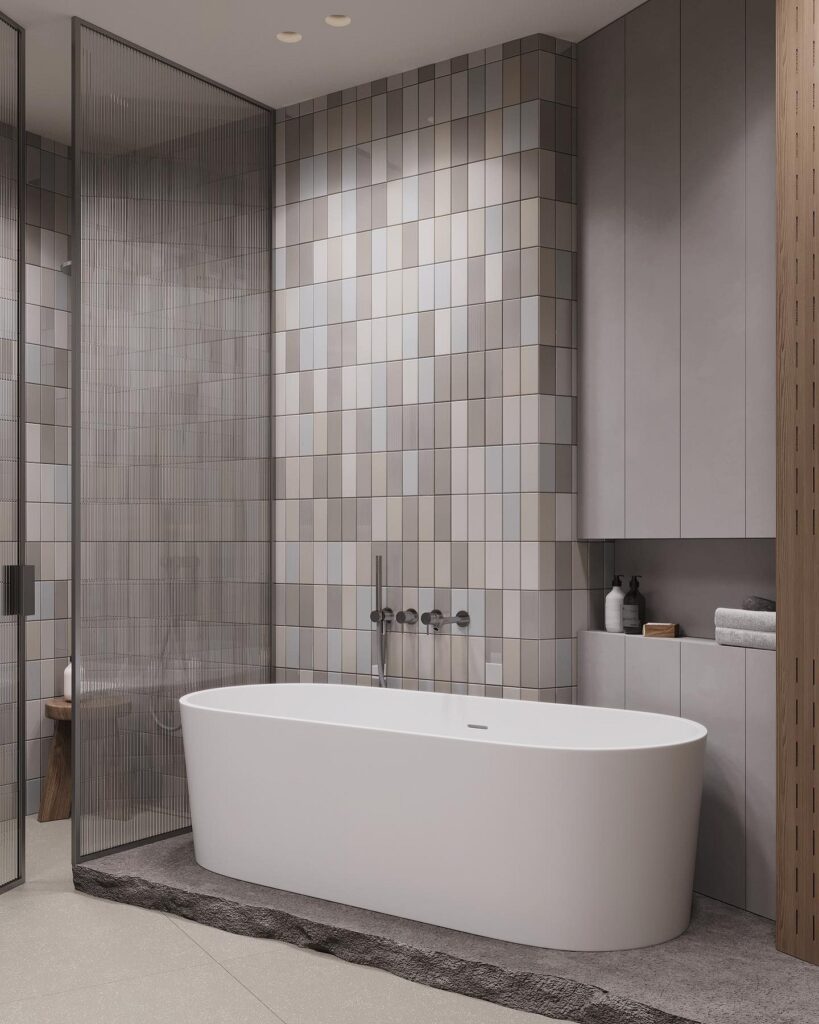
Dopamine Decor
The interior should bring joy — this is now an axiom. Therefore, design currently oscillates between minimalism and maximalism.
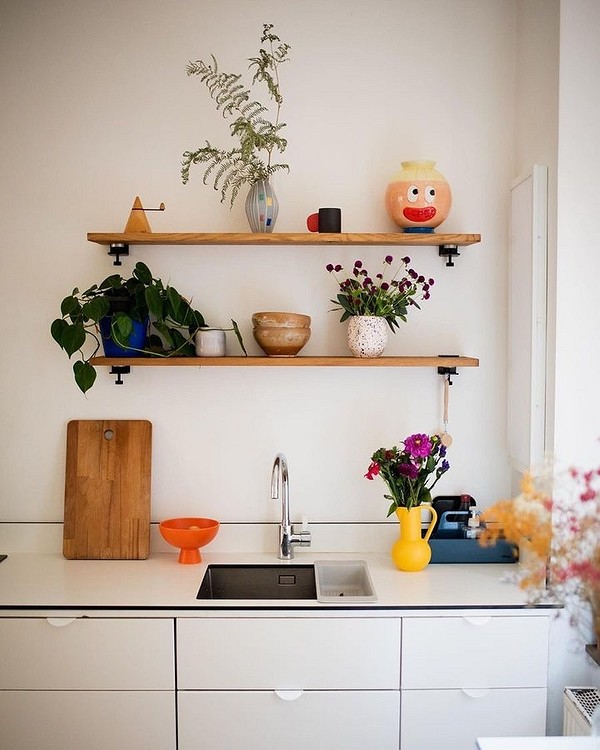
And the golden mean between these is deriving joyful emotions through decor. Its variability allows this to be done in any space, whether it’s a bright living room or a strict classic bedroom.
To make your home conducive to regular dopamine production:
- Surround yourself with visually and tactilely pleasing textures.
- Add favorite colors to the interior, and it’s better to use several at once.
- Decorate your living space with things that reflect your personality: art, collections, something related to hobbies.
- Living plants are always a source of energy. Set up an indoor garden if you love caring for flowers, limit yourself to a couple of planters, or stick with bouquets.
- Introduce “emotional” decor into the setting: family photos, memorable souvenirs from trips, grandmother’s dishes, associative items.

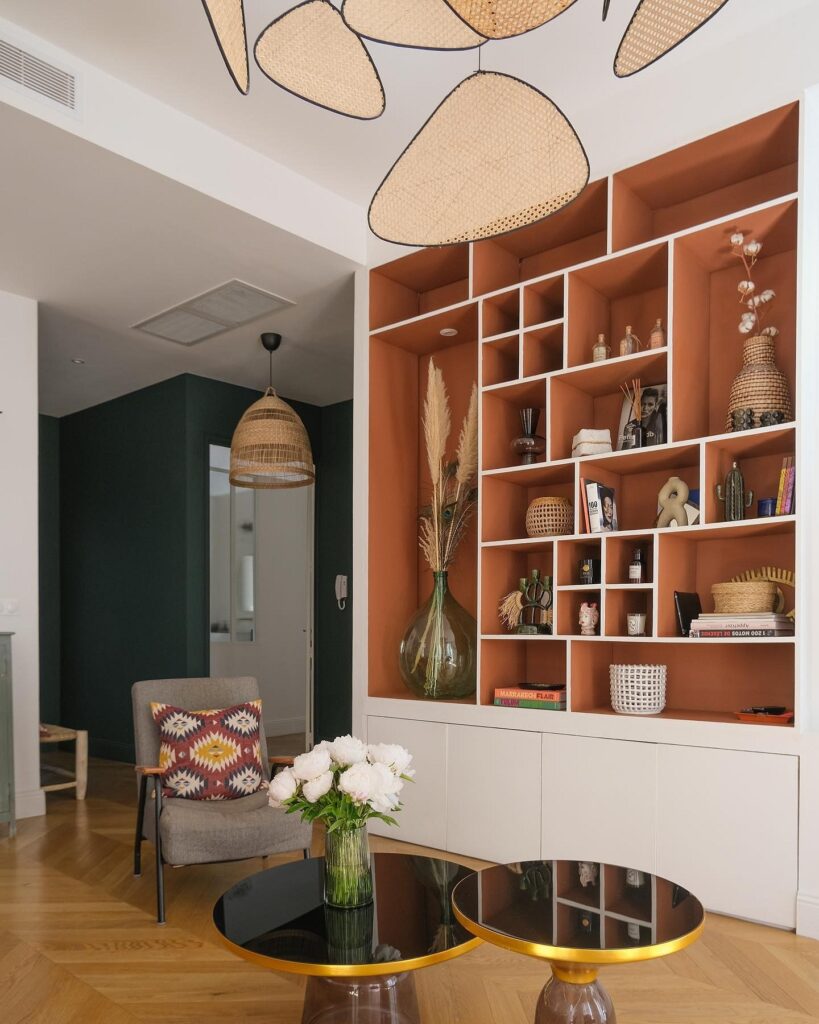
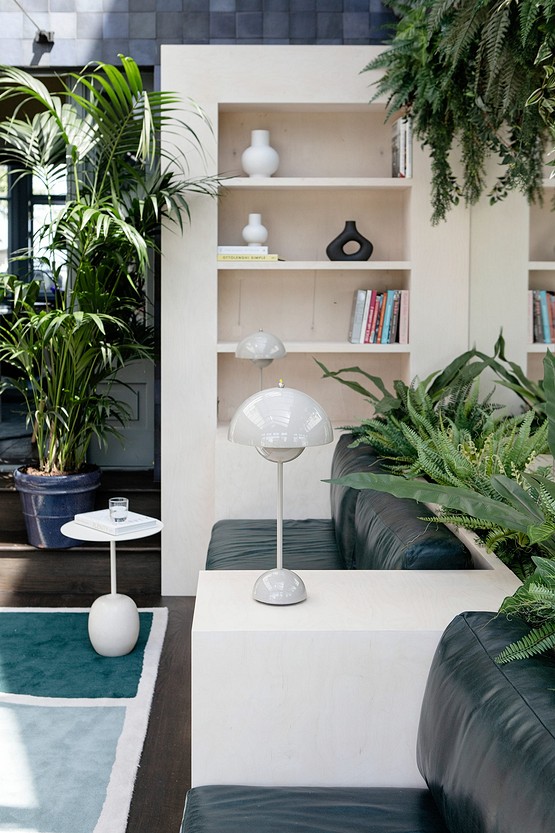
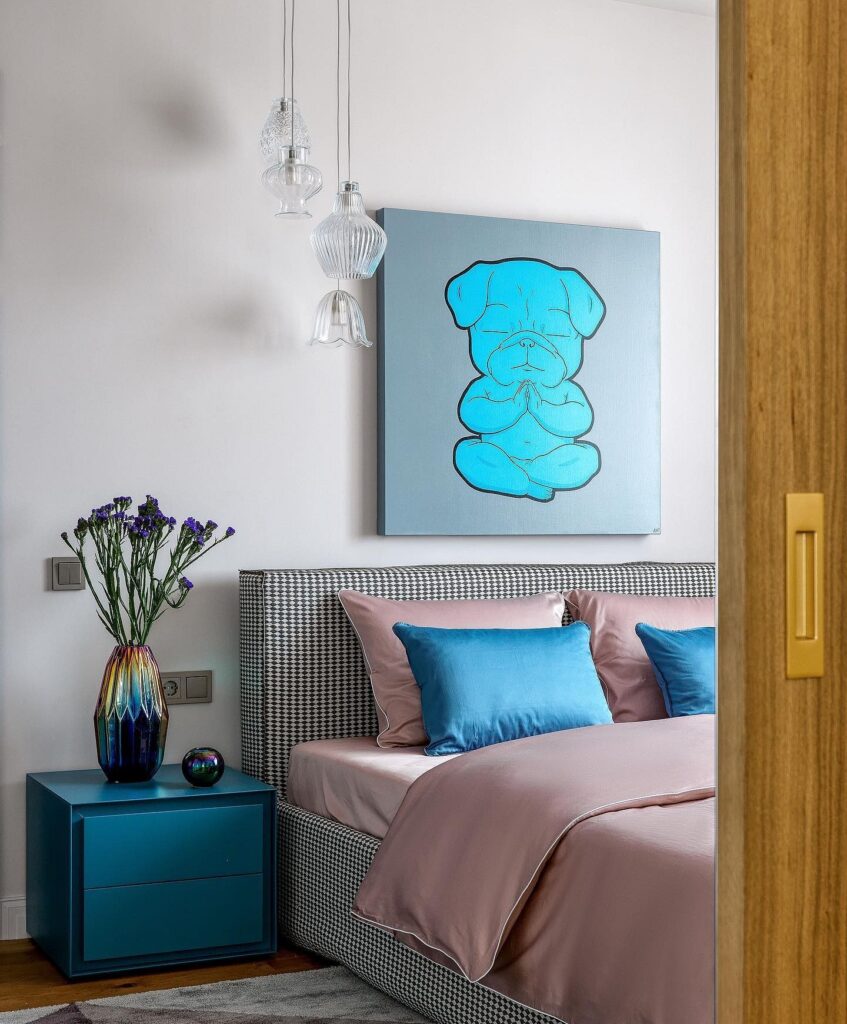
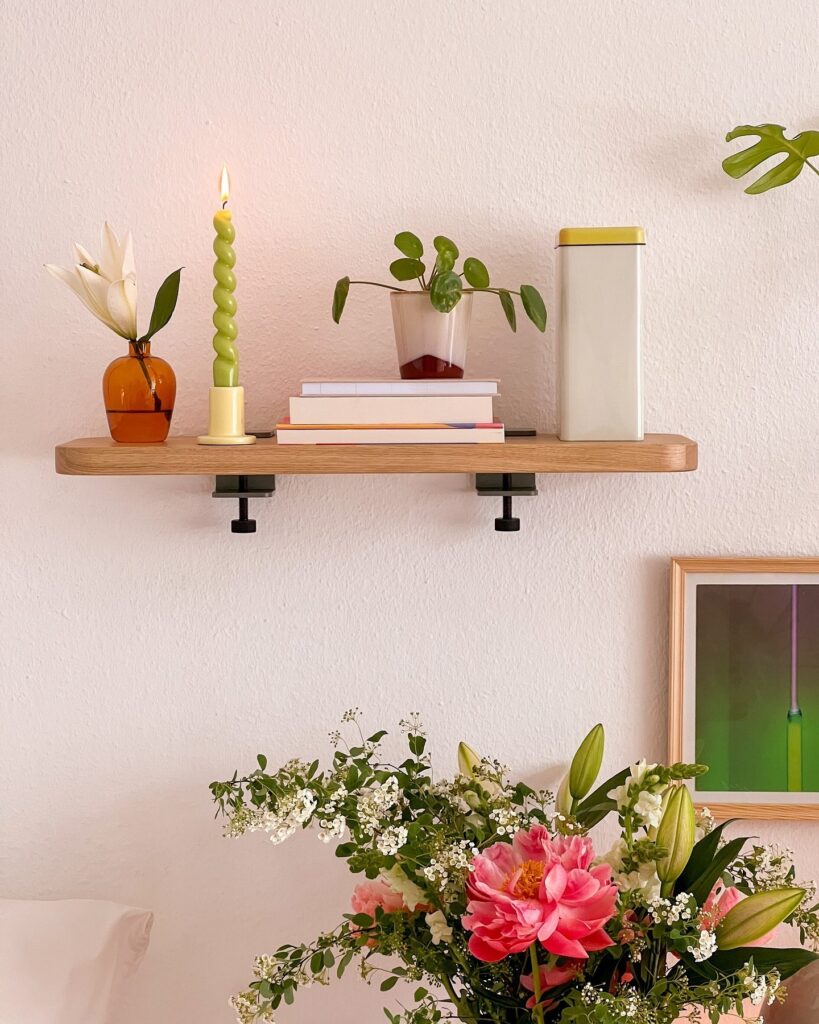
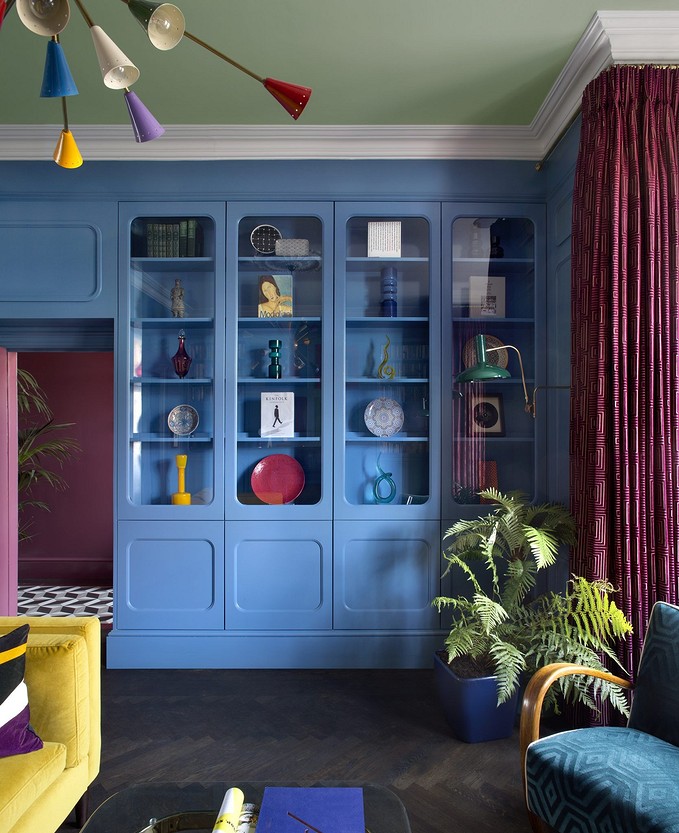
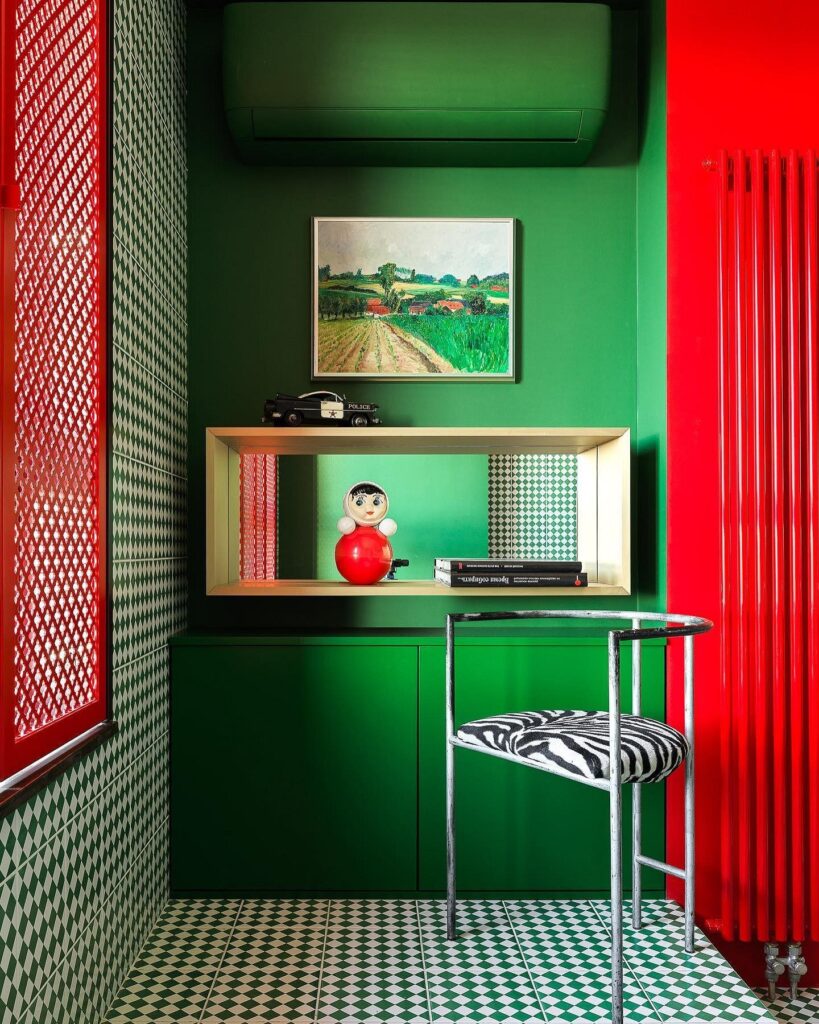
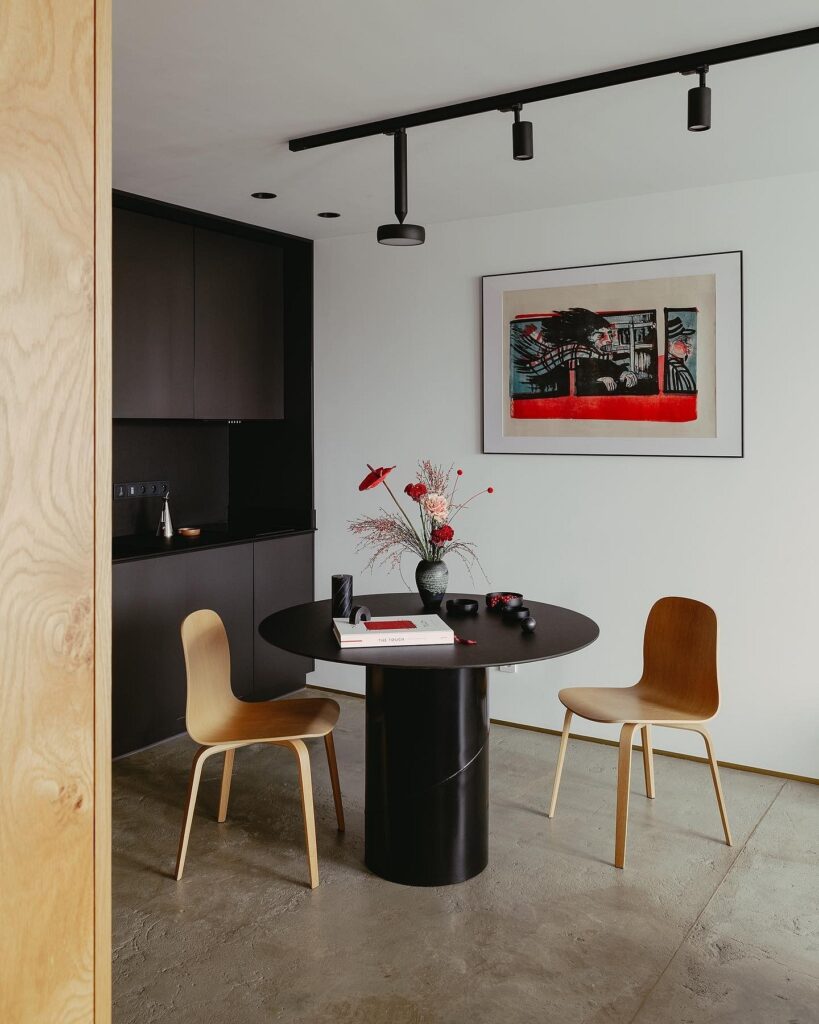
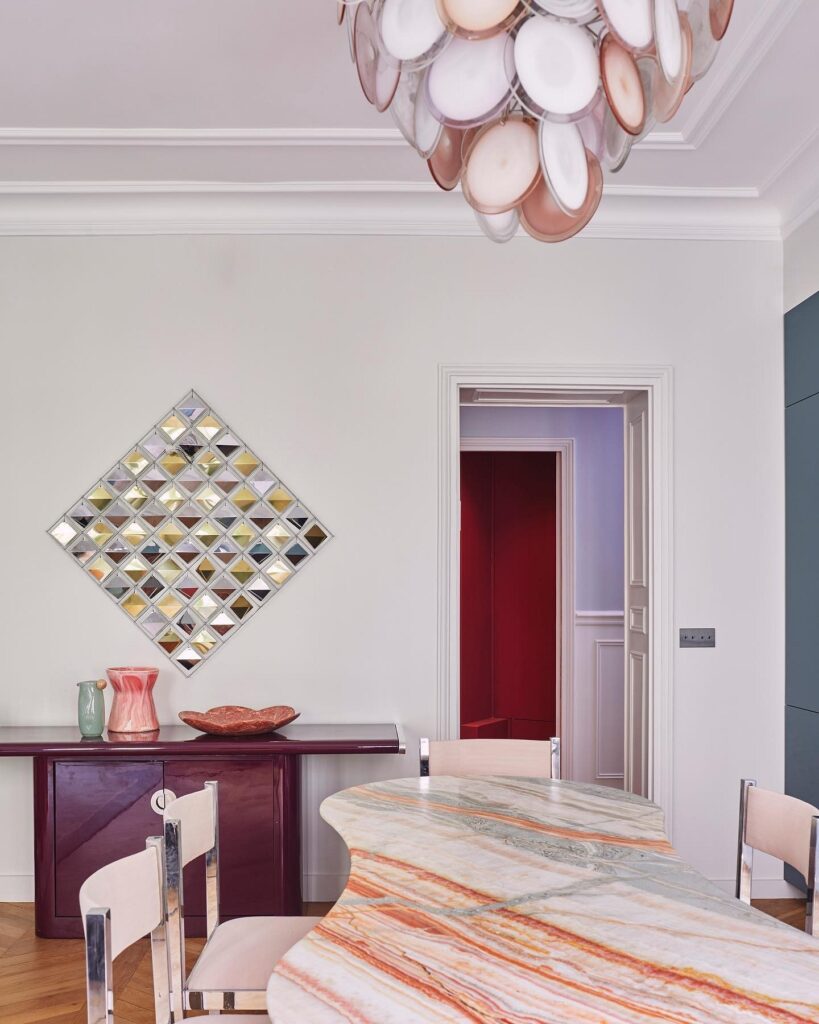
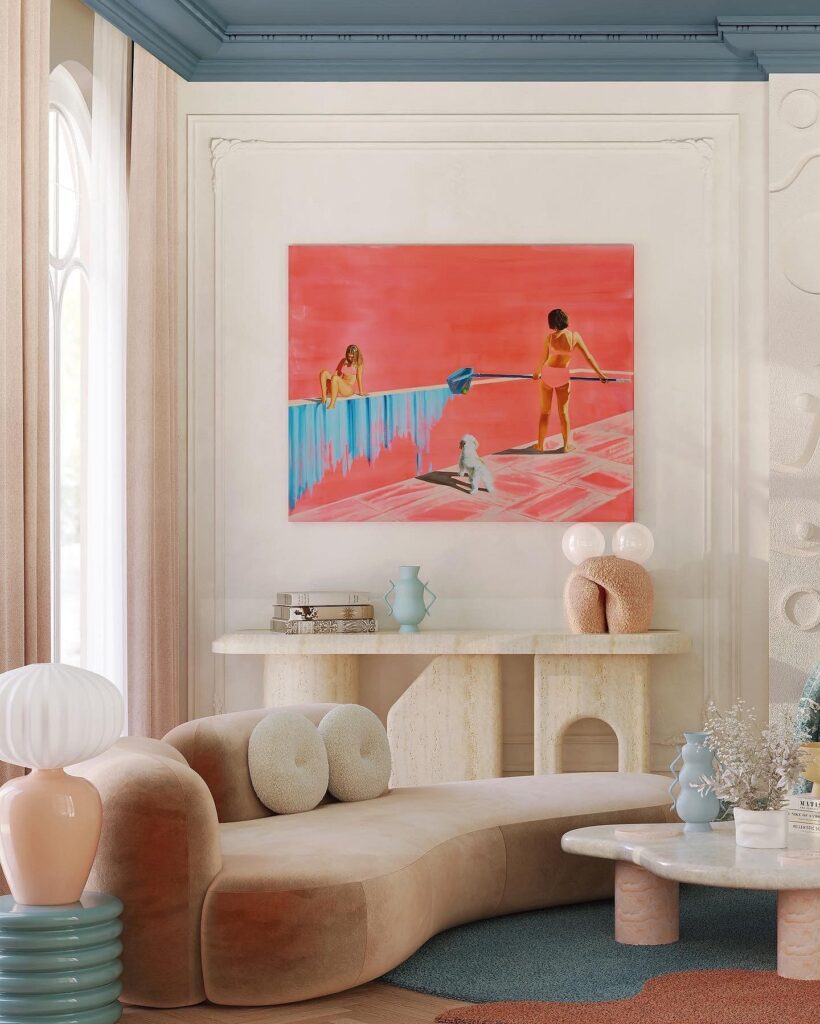
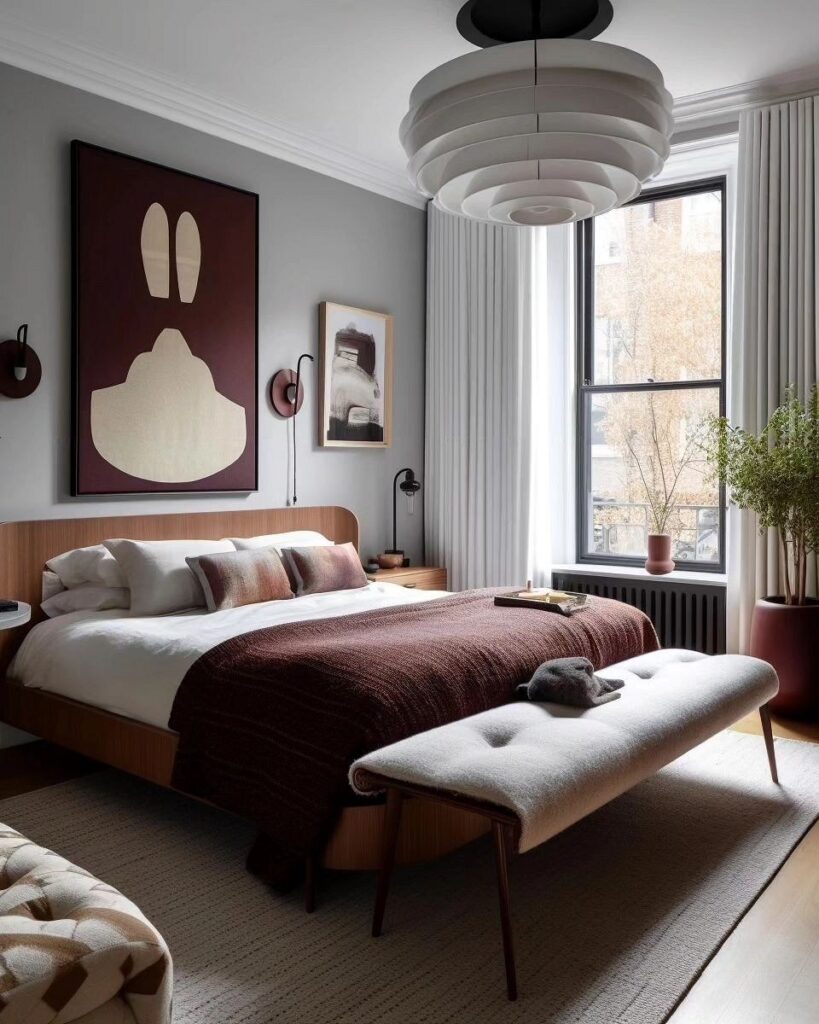
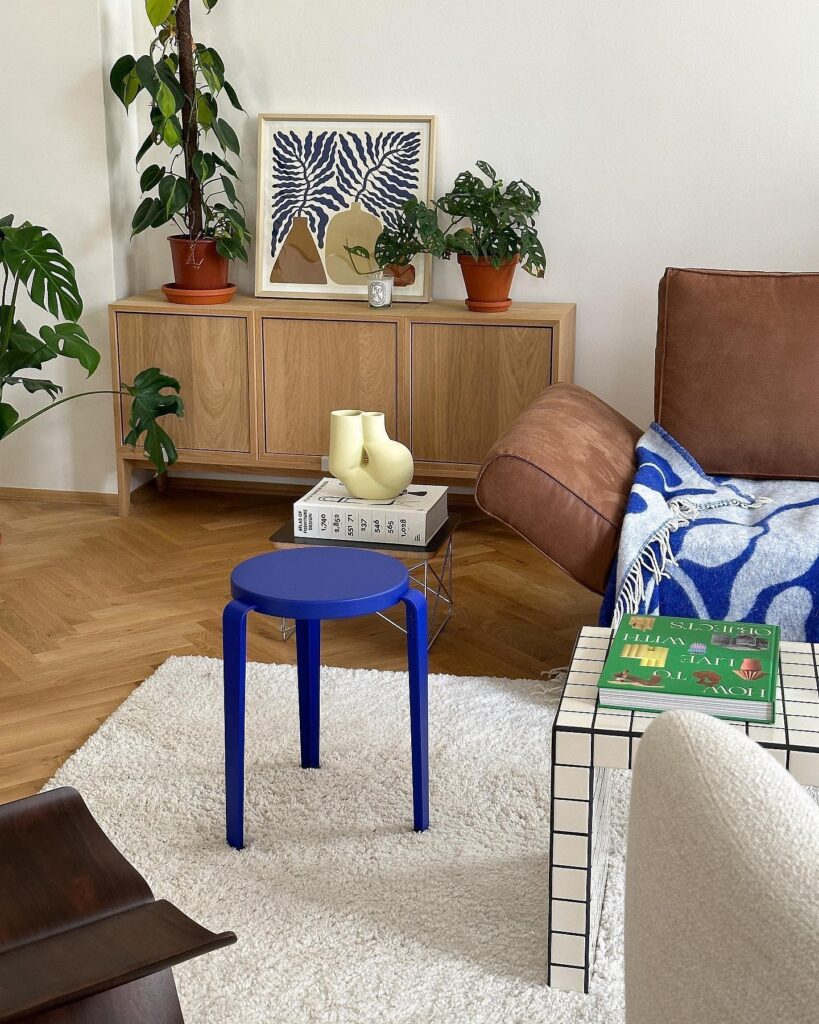
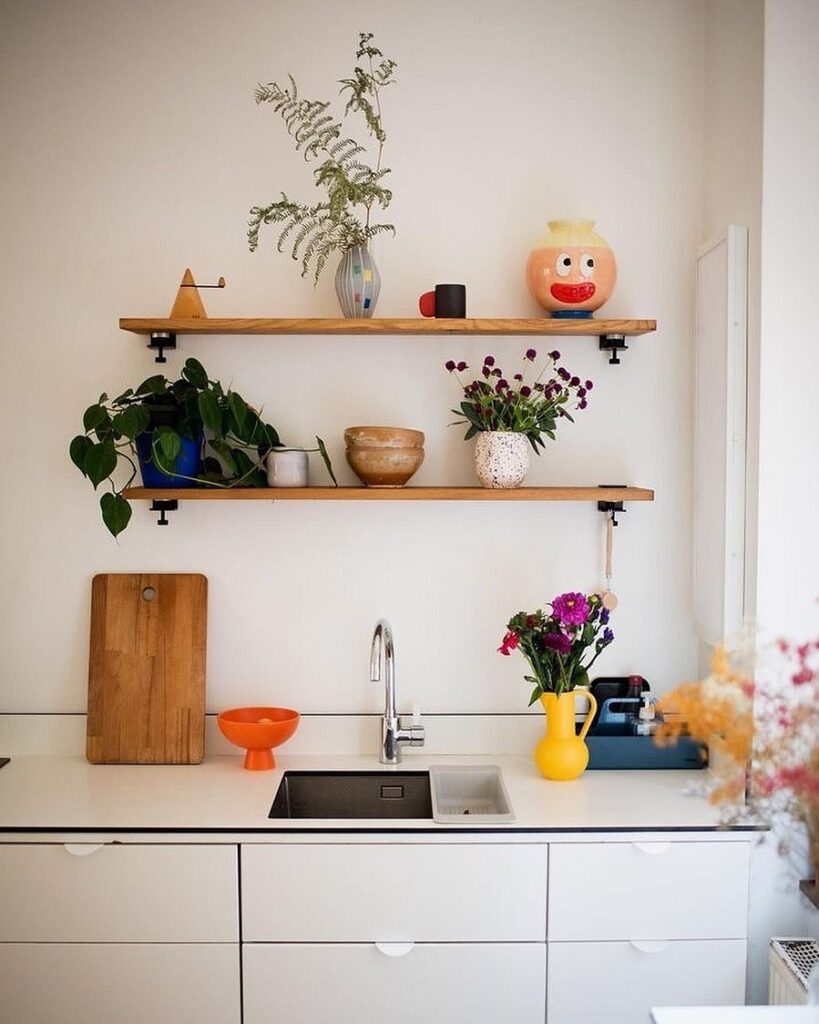
Technological Advancements
Technology is advancing so rapidly today that it’s hard to keep up with all the innovations.
However, it’s both possible and necessary to gradually integrate them into your home. Every detail in the interior should simplify the lives of the owners. Various sensors, remote control switches, timers, voice assistants, smart gadgets are an absolute must-have for any apartment or private house. If you’re not ready to install a complex smart home system yet, start with local “helpers”: a robot vacuum cleaner, remote-controlled curtains, water-saving faucets, multifunctional appliances, etc.
Another — more extensive — embodiment of this trend is evident at the level of architecture and layout. If in the past attention was mostly paid to living and formal rooms, now even owners of small apartments try to allocate space for inconspicuous technical areas: laundry rooms, wardrobes, storage rooms. And it’s not just a one-meter by one-meter space cluttered with things, but well-thought-out functional rooms that significantly simplify daily life and logistics in the apartment.
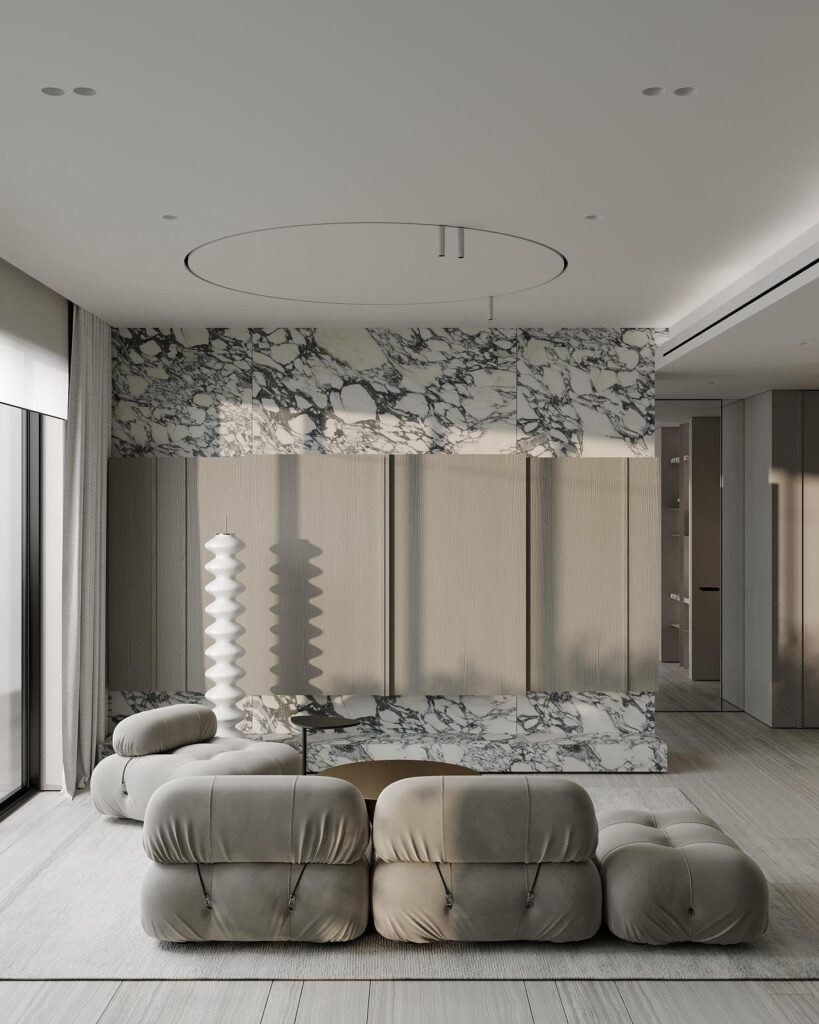
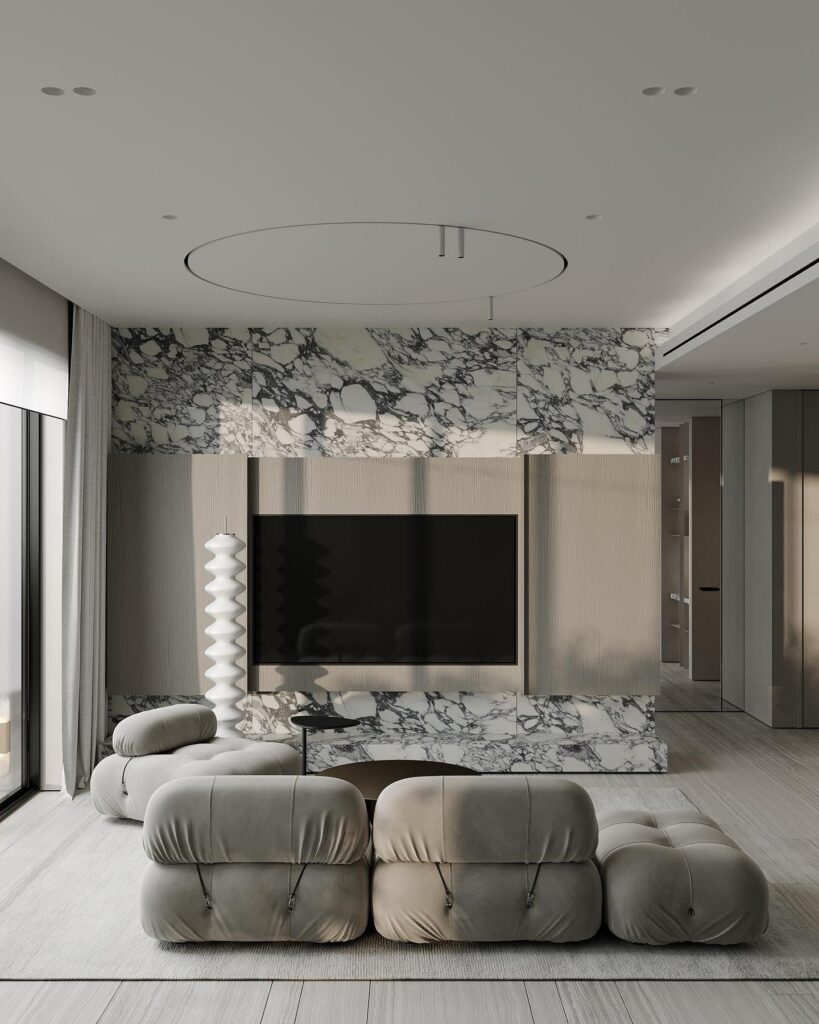

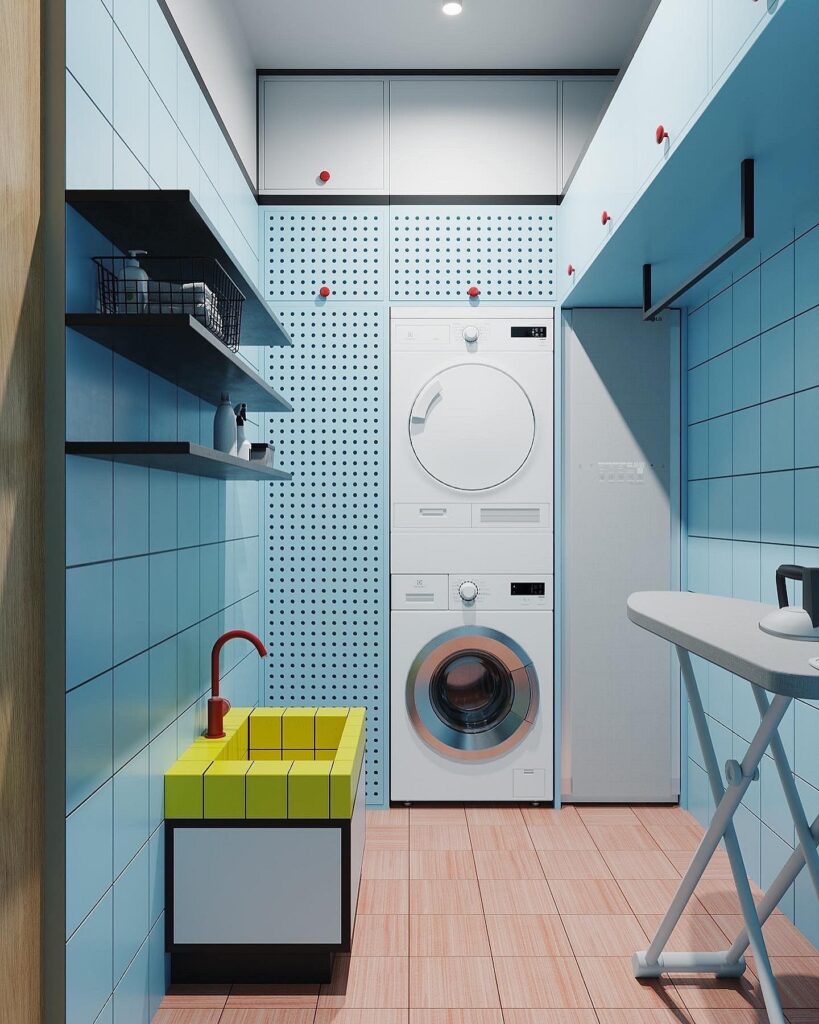

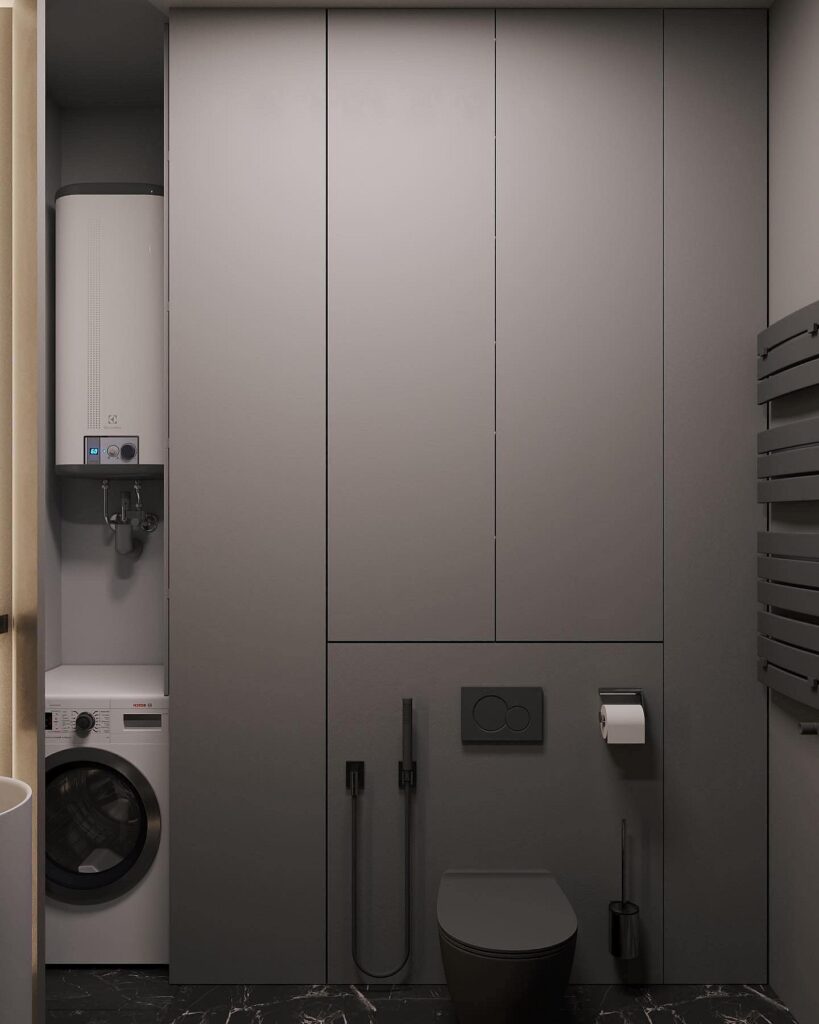
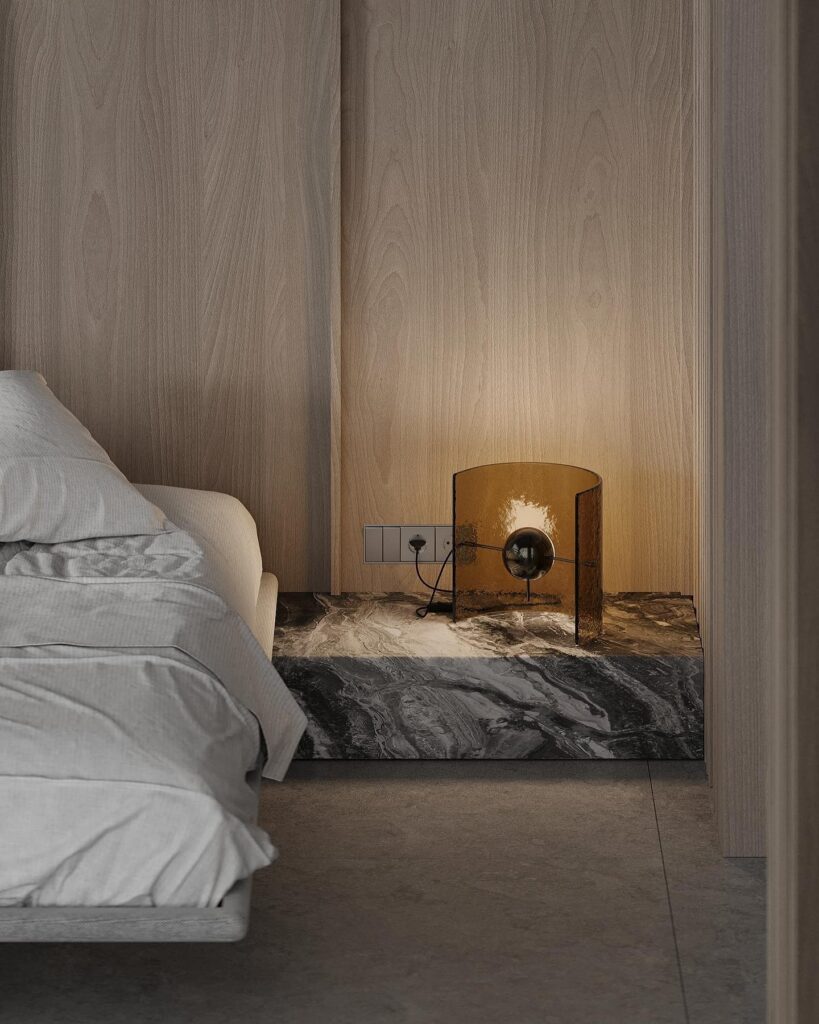
Retrofuturism
An interesting parallel to the active use of new technologies is created by another, almost opposite trend — a clear turn to the past in design.
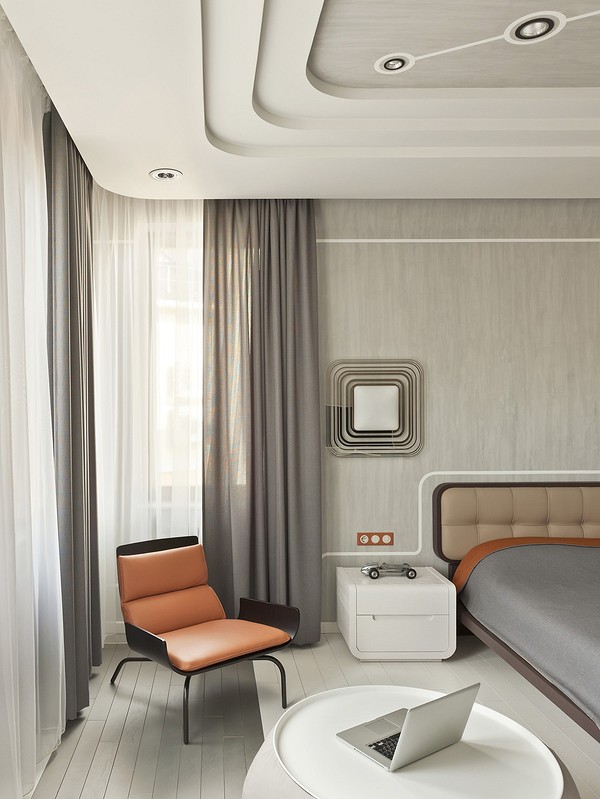
But it’s not just about vintage style (although it remains popular) or mid-century. In the upcoming season, retrofuturism will be relevant. This direction originated in the 60s, and gained popularity two decades later. It combines elements of the past and future, which is reflected in its visual patterns:
- Smooth streamlined forms. They are typical for retro interiors on the one hand, and on the other hand, they perfectly match the idea of futuristic design.
- Metallic accents. They give the space shine and refer us to high-tech.
- Lighting fixtures of unusual shapes or in the form of complex geometric figures.
It’s not necessary to decorate the interior strictly in this style. It can be combined with other directions: vintage design, eco, eclectic, minimalism, the 60s or 70s.
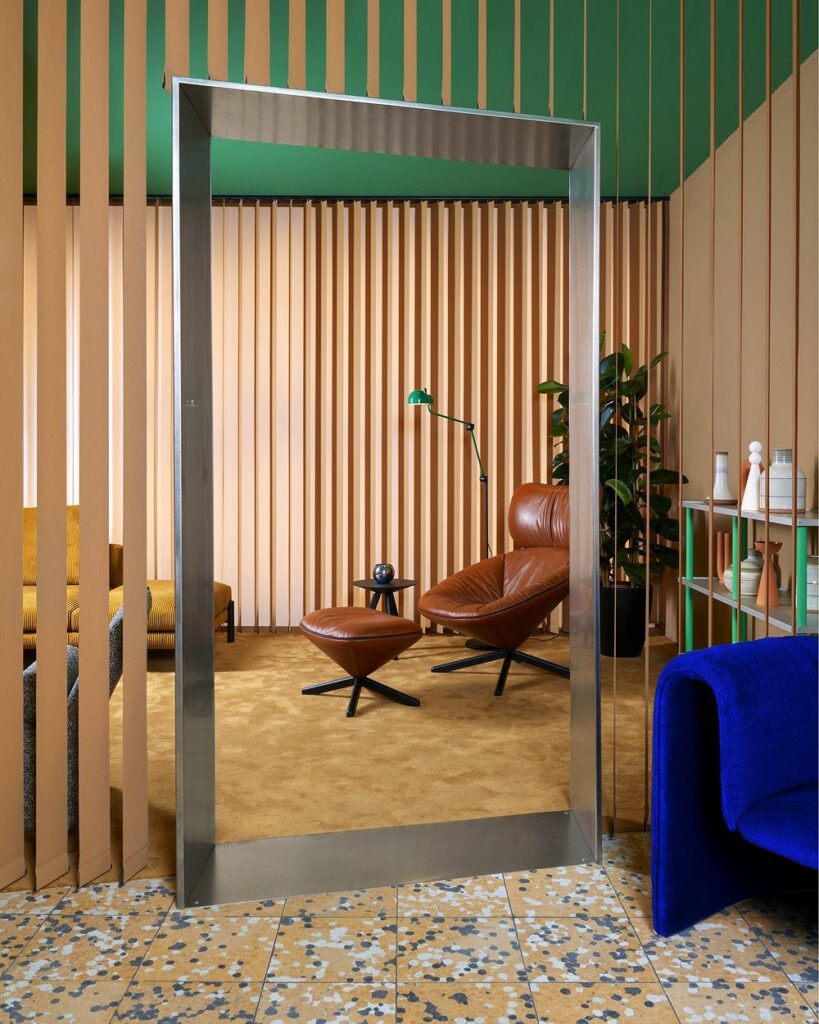
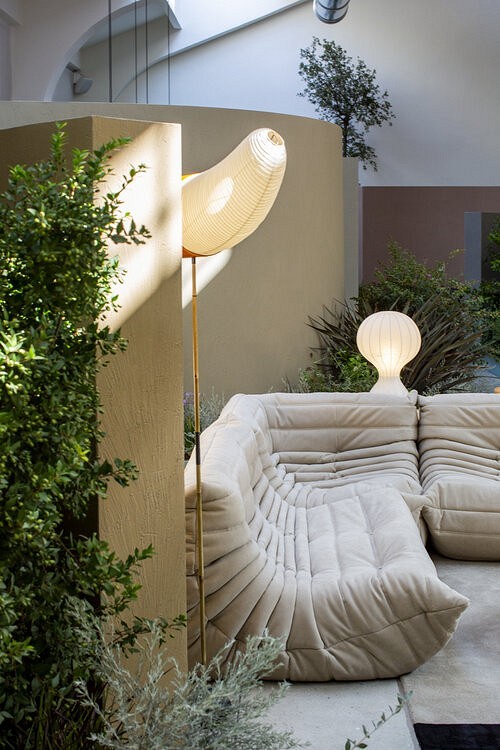
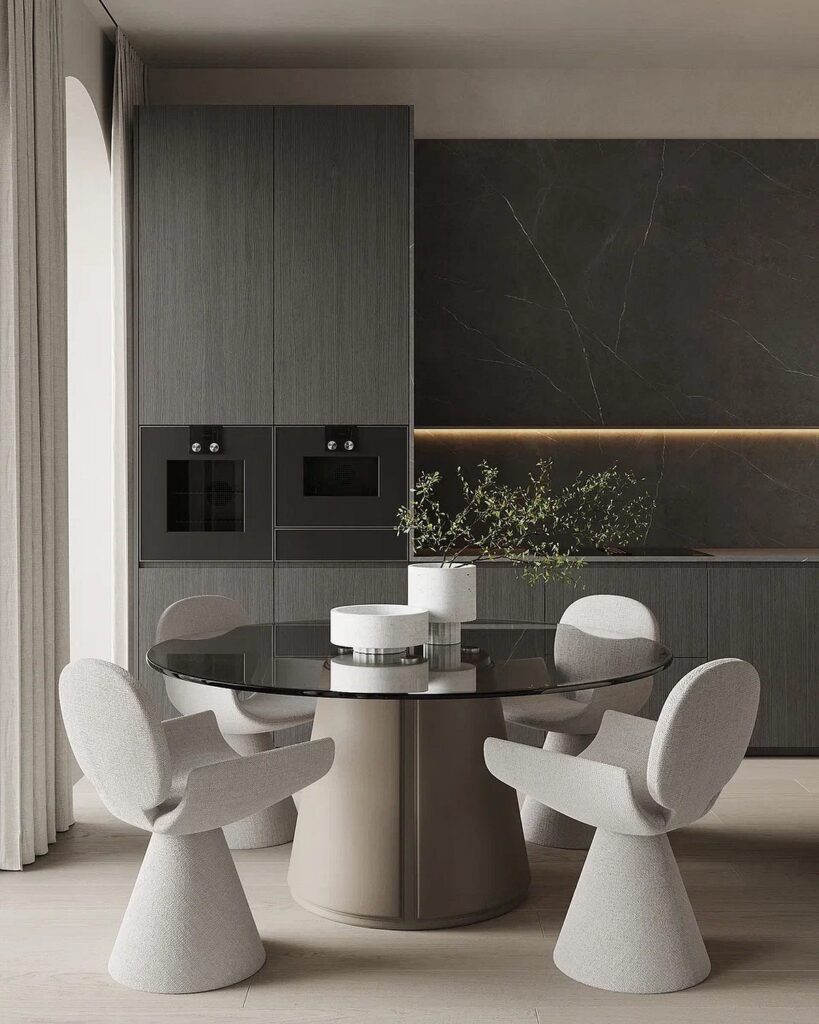
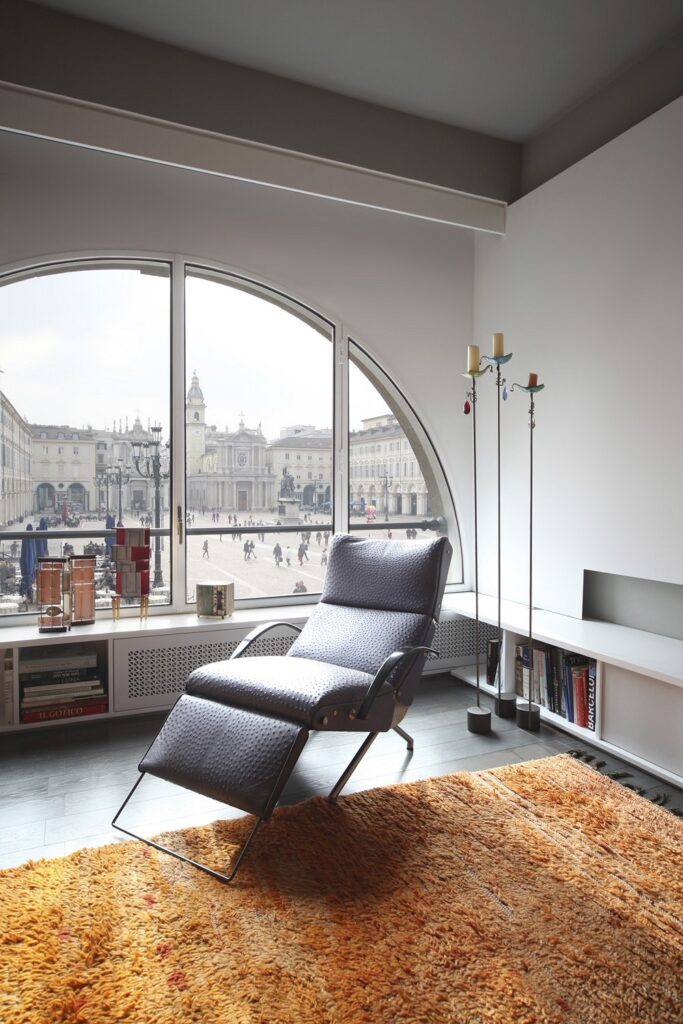
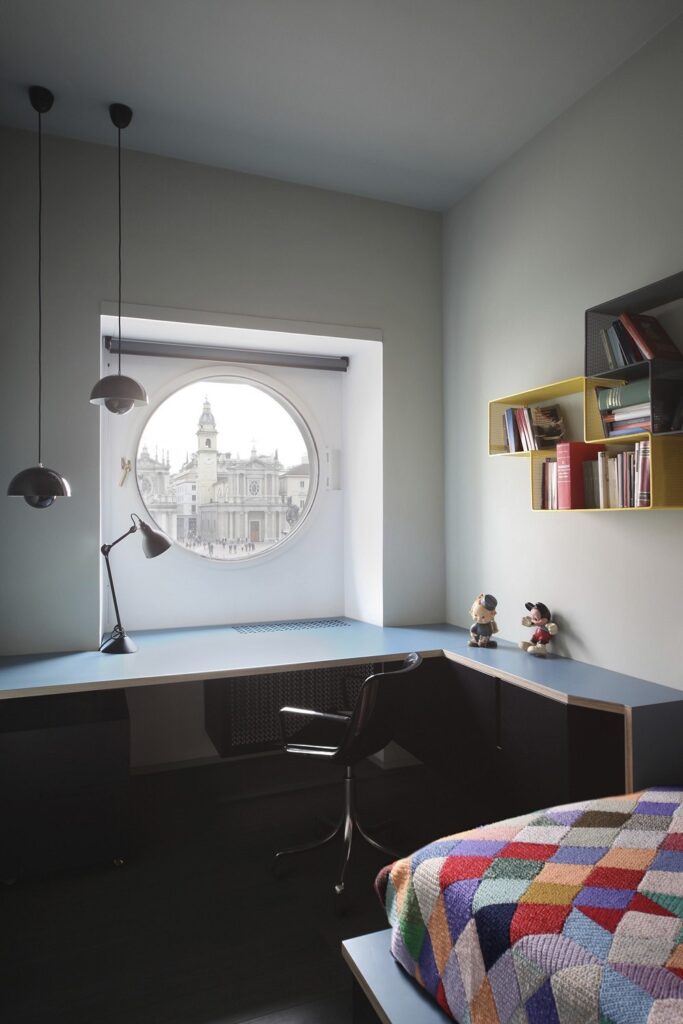
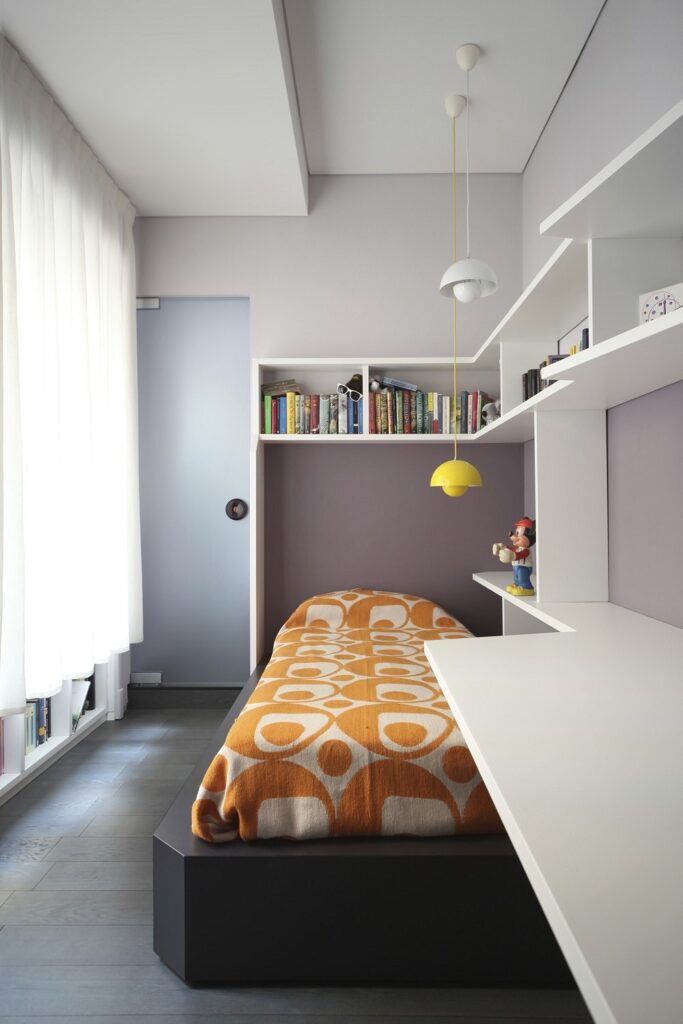
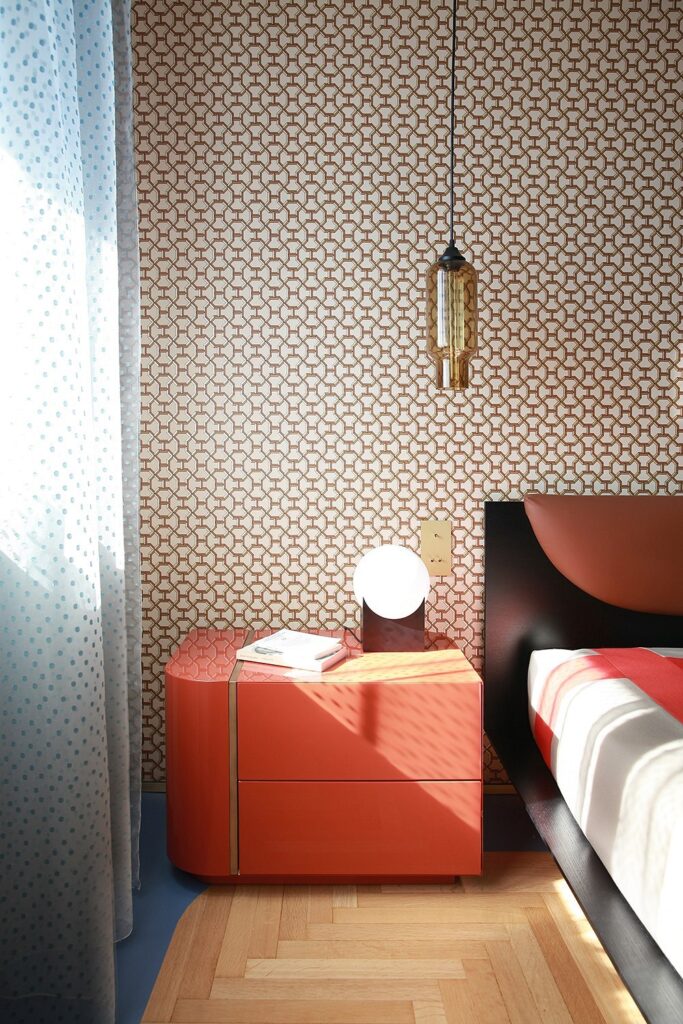
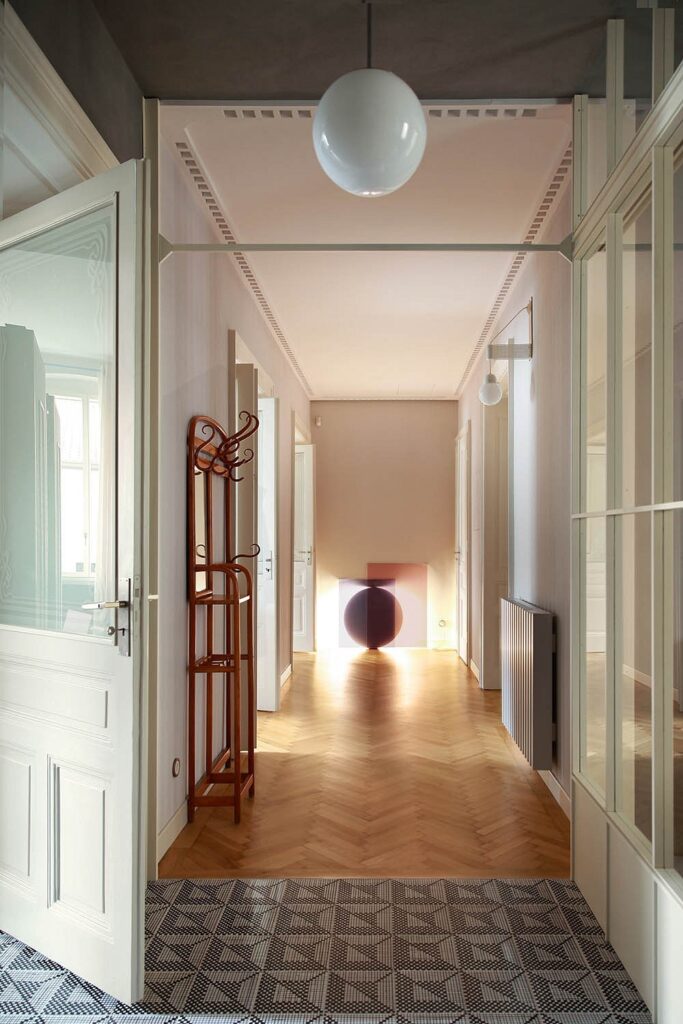
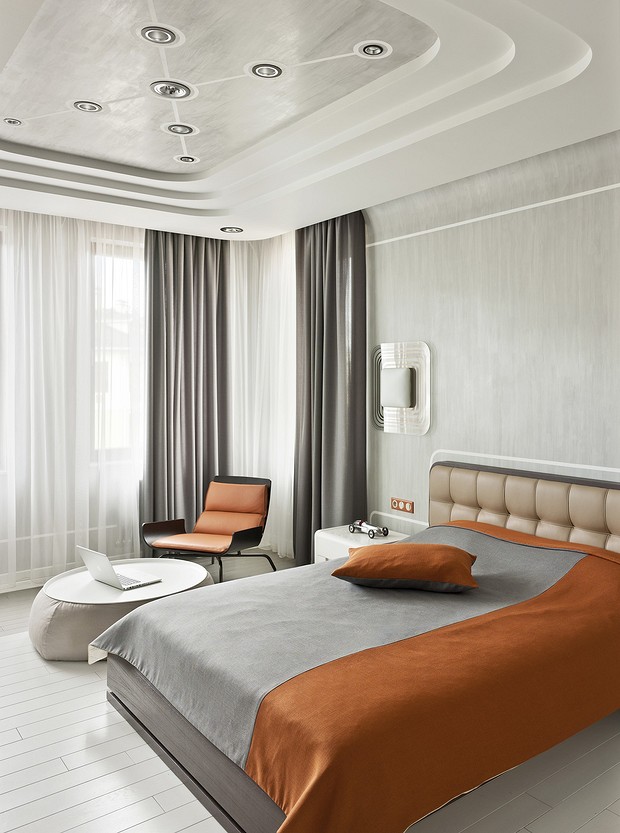
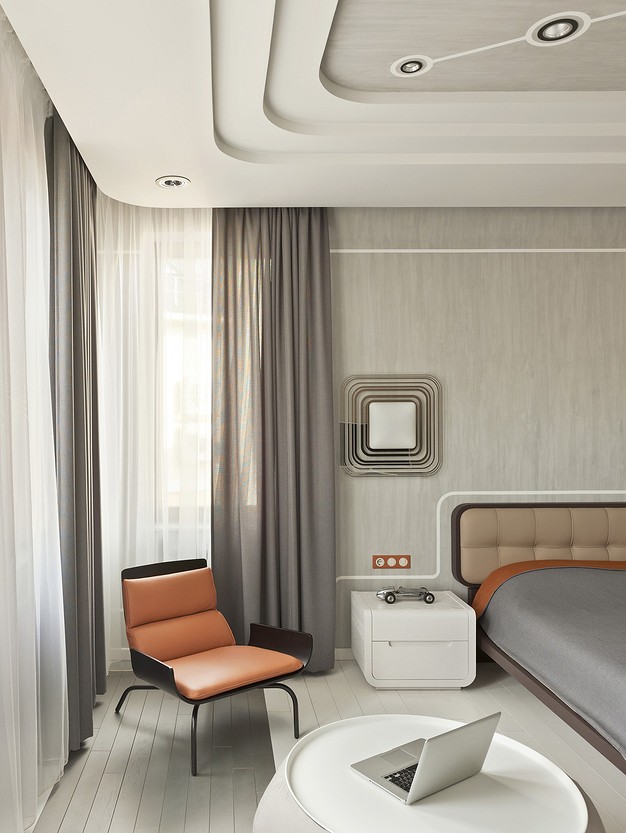
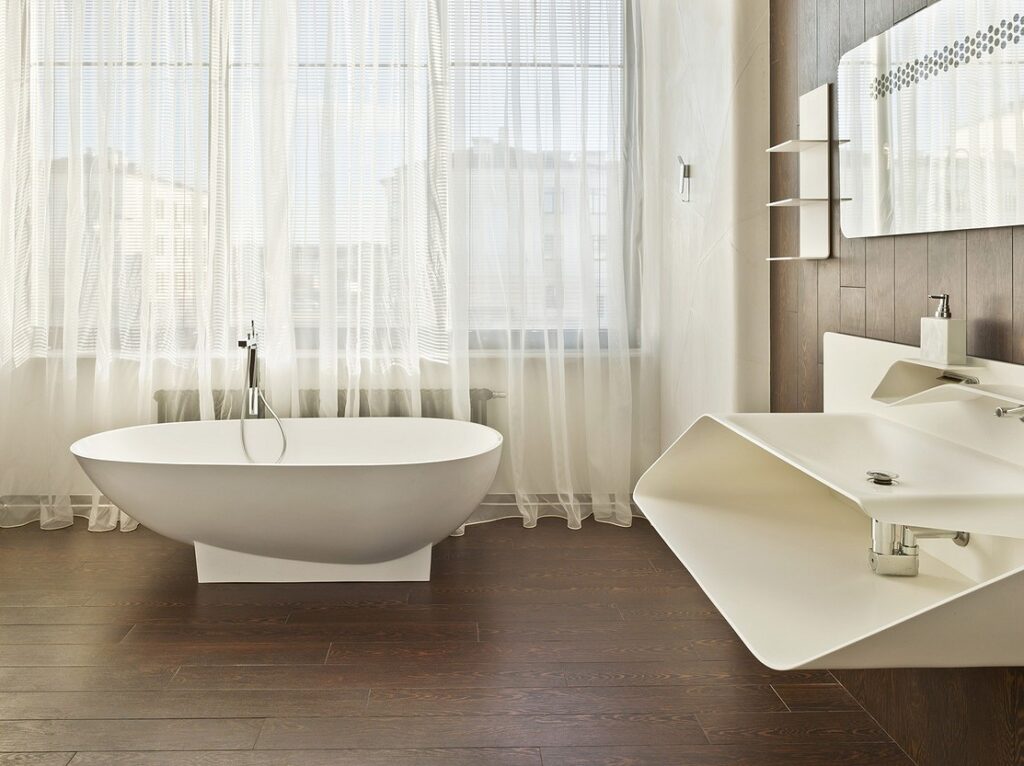
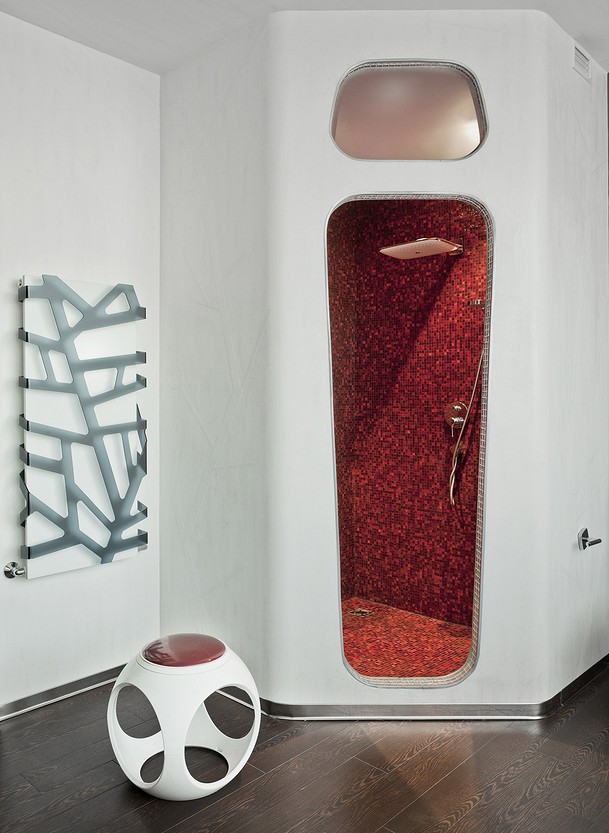

Materials
Interior design trends for 2024 also include an approach to choosing materials for your home.
Tactility
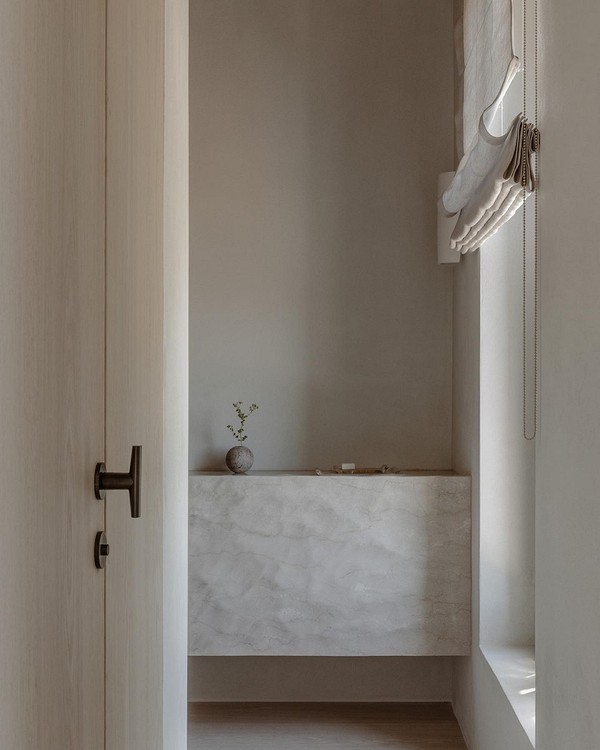
Minimalism has accustomed us to monolithic structures and a precisely calibrated picture without a single unnecessary detail. Such interiors impress in photos, but in real life, many find them not cozy enough. Therefore, in designers’ projects, a common leitmotif is clearly traced — moving away from perfectly straight lines and smooth surfaces to natural imperfections. The ability to see beauty in its original natural form is characteristic of the Japanese — which is why the Japandi style has become so popular.
Regardless of the direction, the interior increasingly uses:
- Natural materials — untreated or unpainted wood, unpolished stone, marble with natural chips, clay, coarse cotton, etc.
- Items of imperfect geometric shapes. For example, circles or ovals with irregularities or uneven angles.
- Any organics and handmade products.
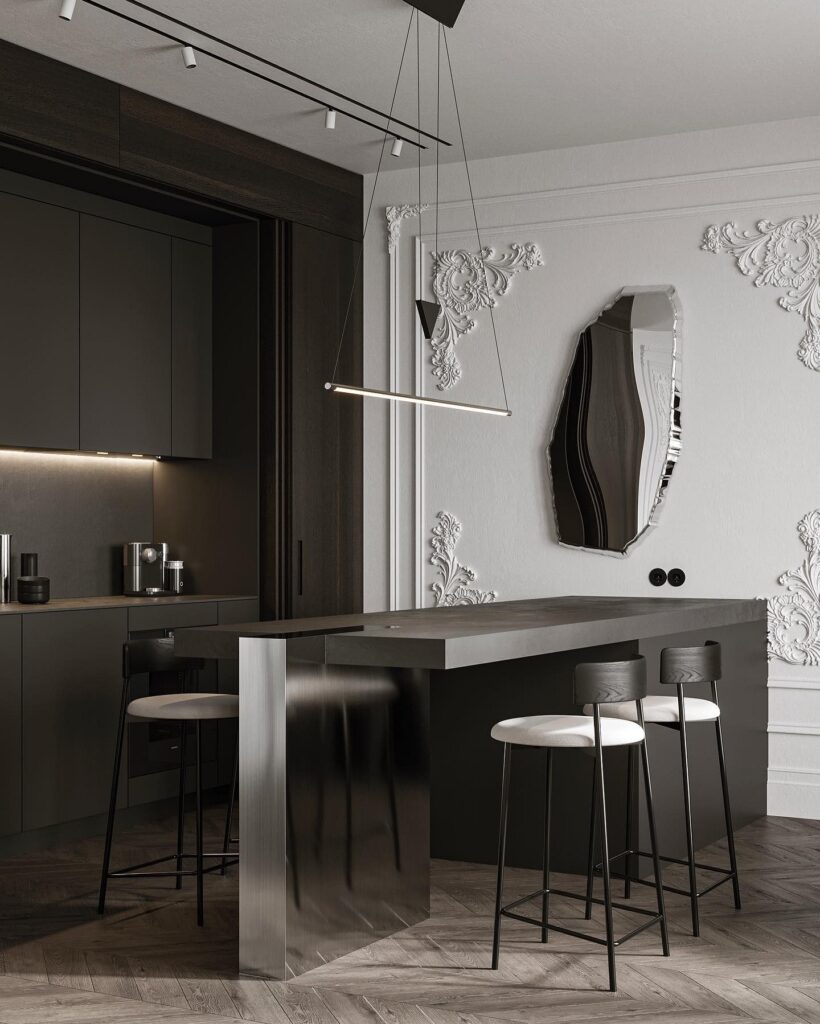
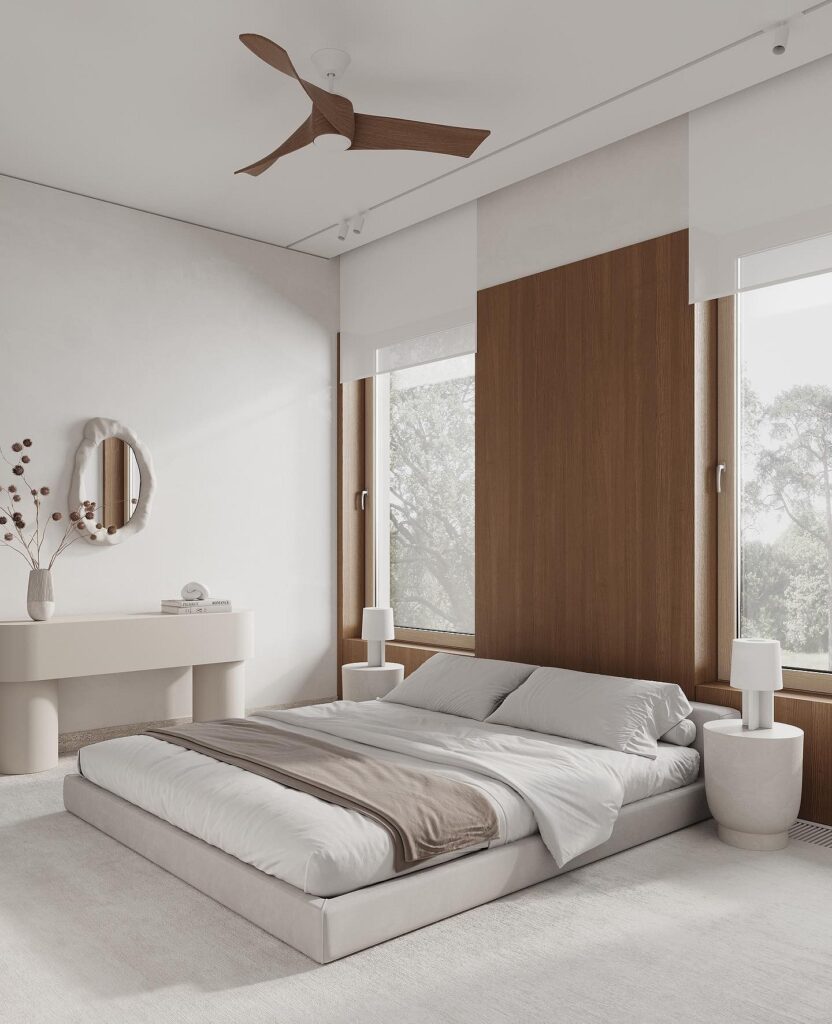
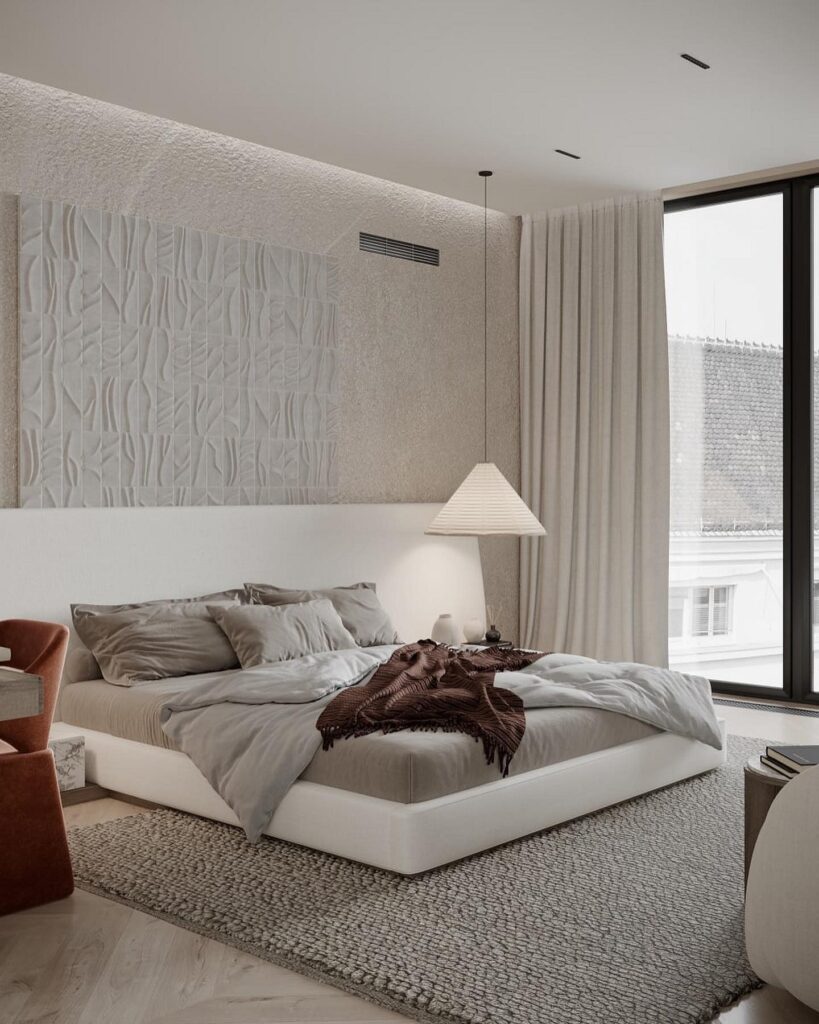
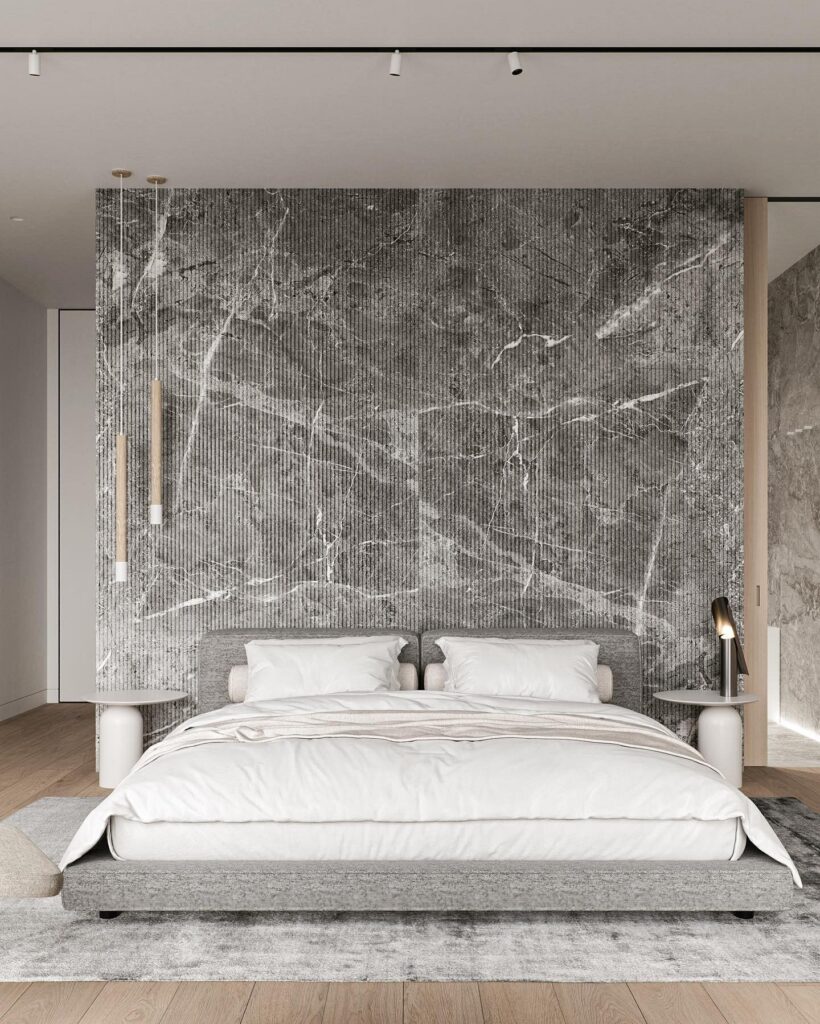
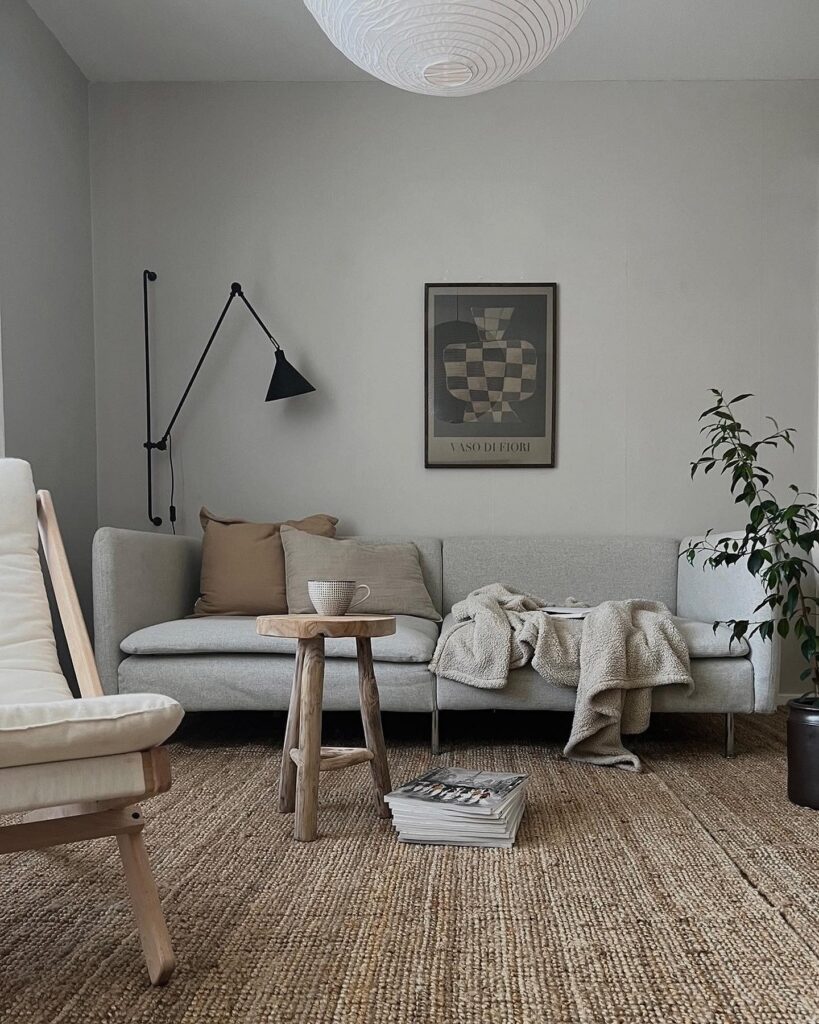
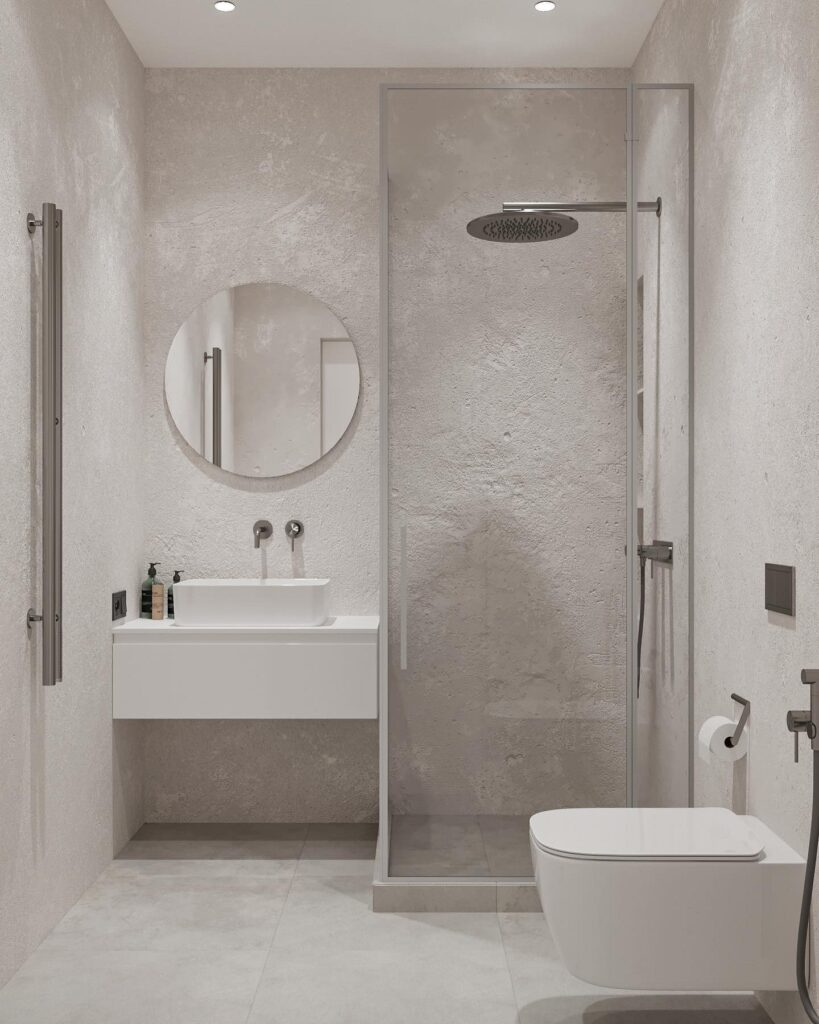
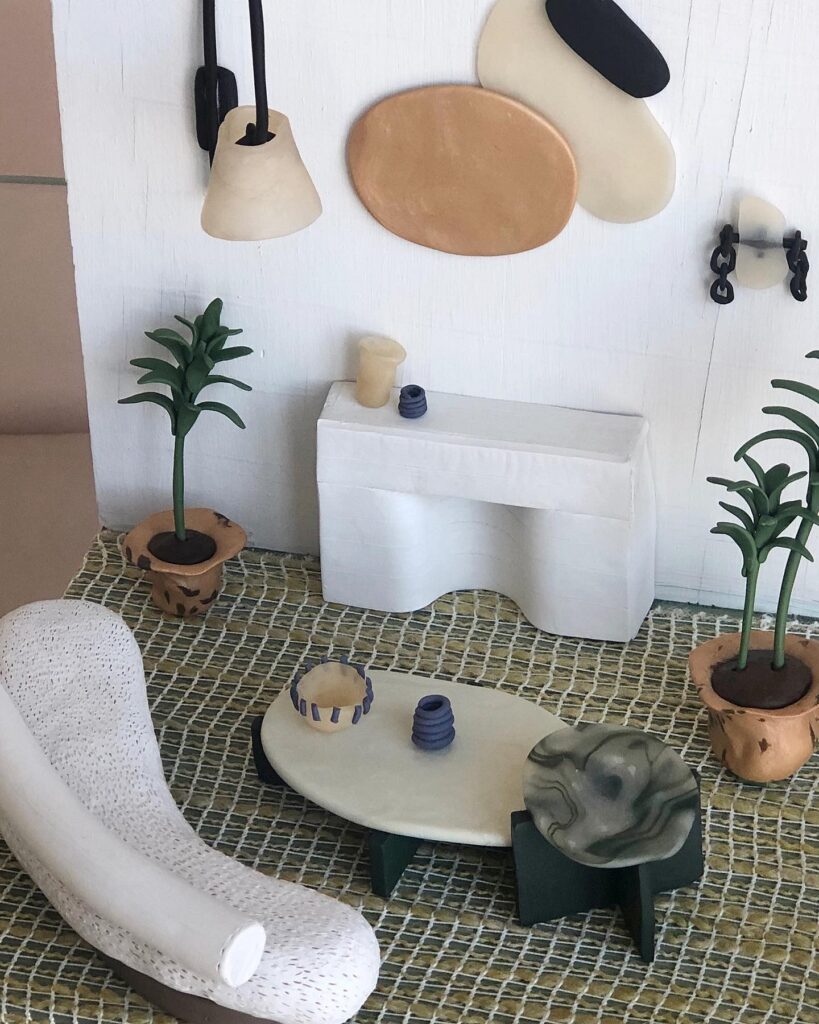
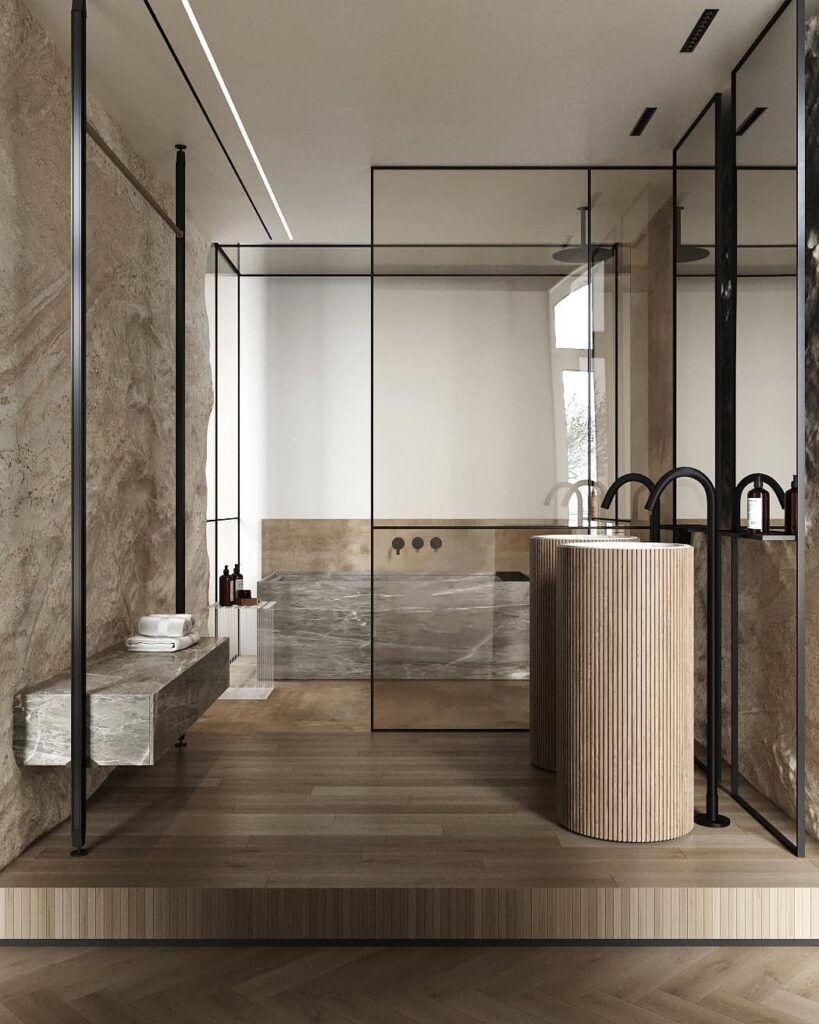
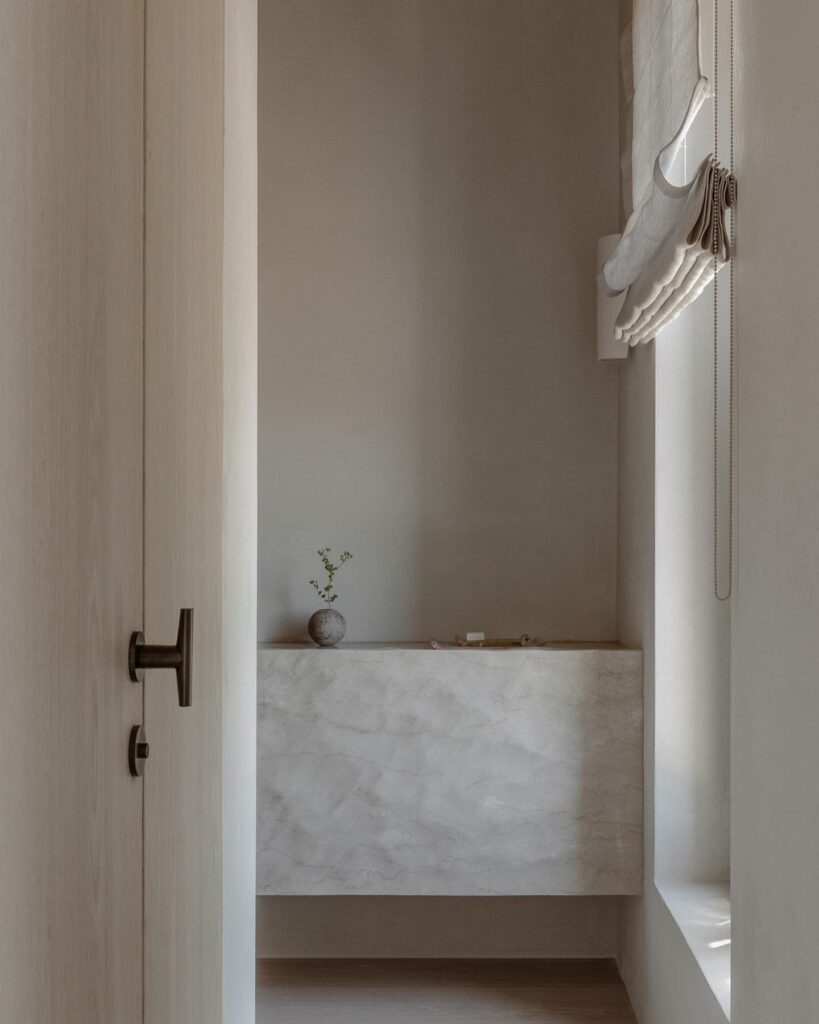

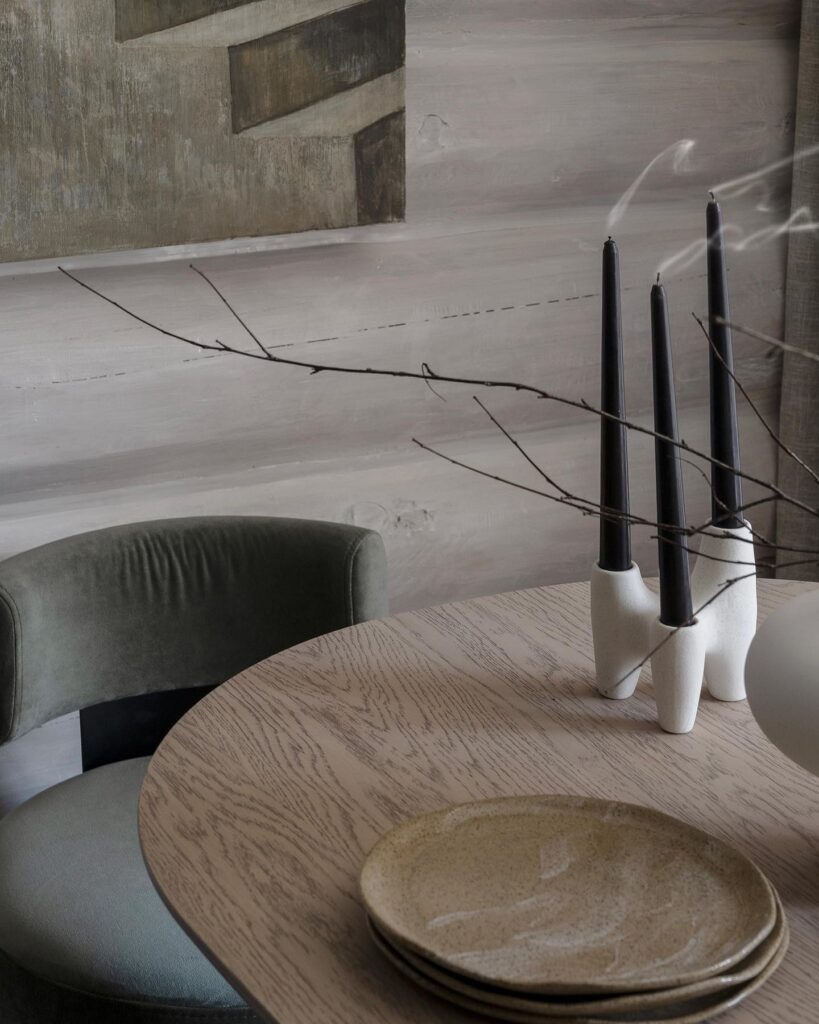
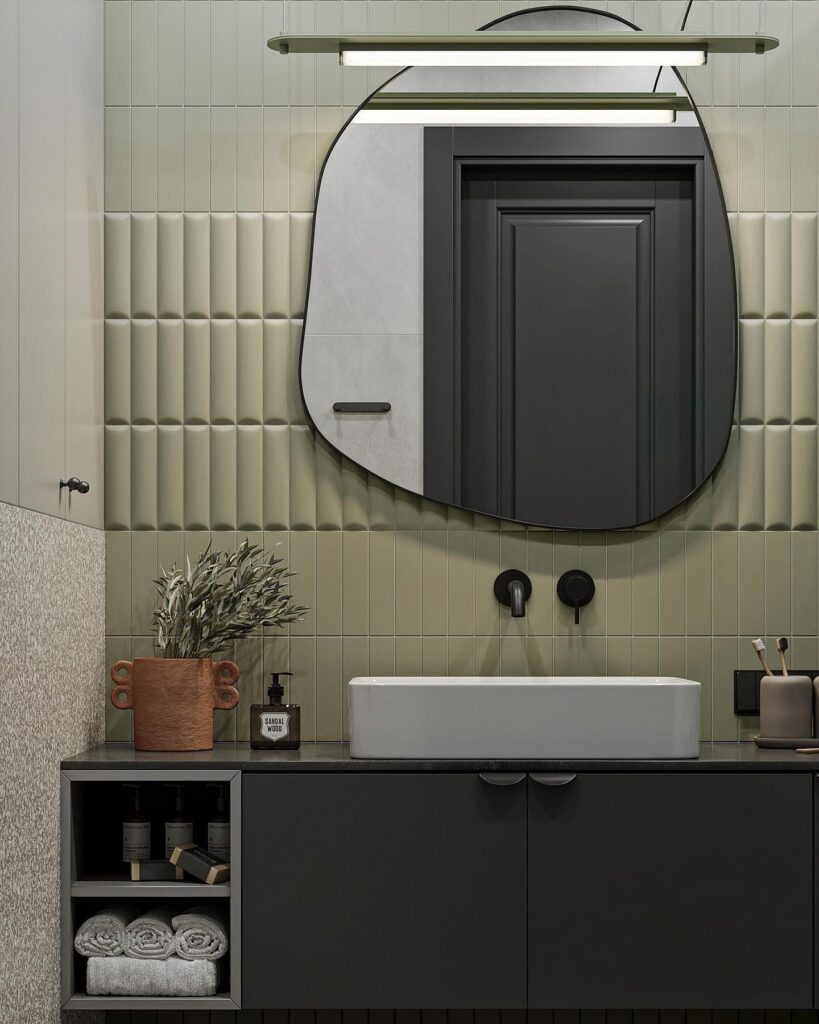
Different Types of Gold
Despite the dominance of neutral shades and minimalist design, gold is regaining its popularity.
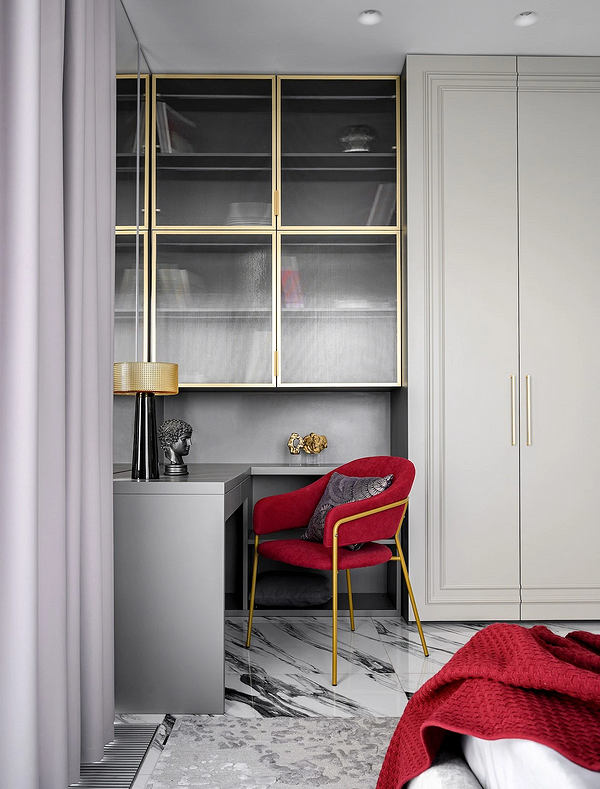
Certainly, it shouldn’t be overly extravagant or ostentatious. Choose items with interesting textures; the surface can be slightly worn, even dull — there’s nothing wrong with that. And the main fashion trend of the upcoming year is the combination of different metals, which has long been considered in bad taste. Now, however, you can confidently add a lamp with a gilded base to your interior, right next to a brass tray or a silver-framed mirror. But creating such combinations should still be done with caution to avoid a tacky composition.
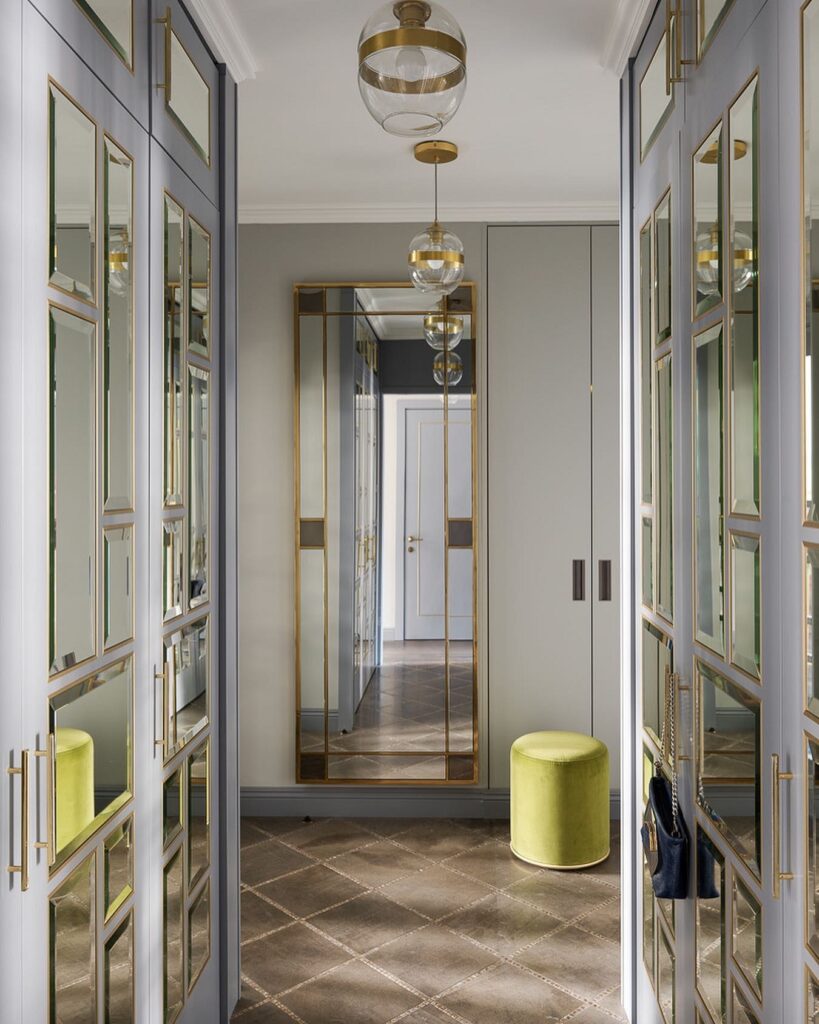
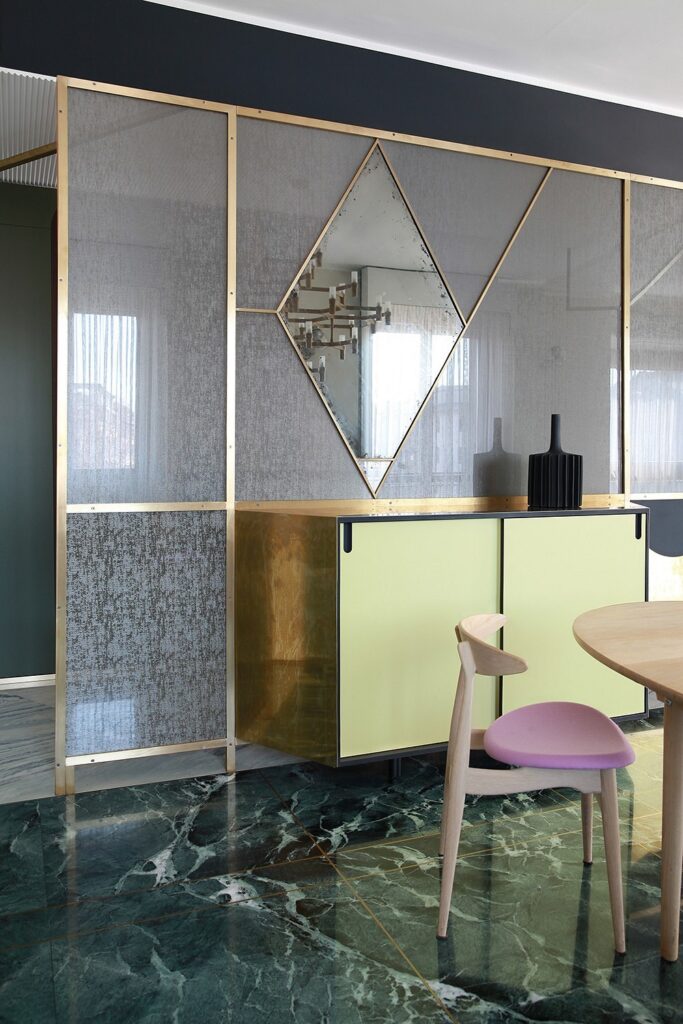
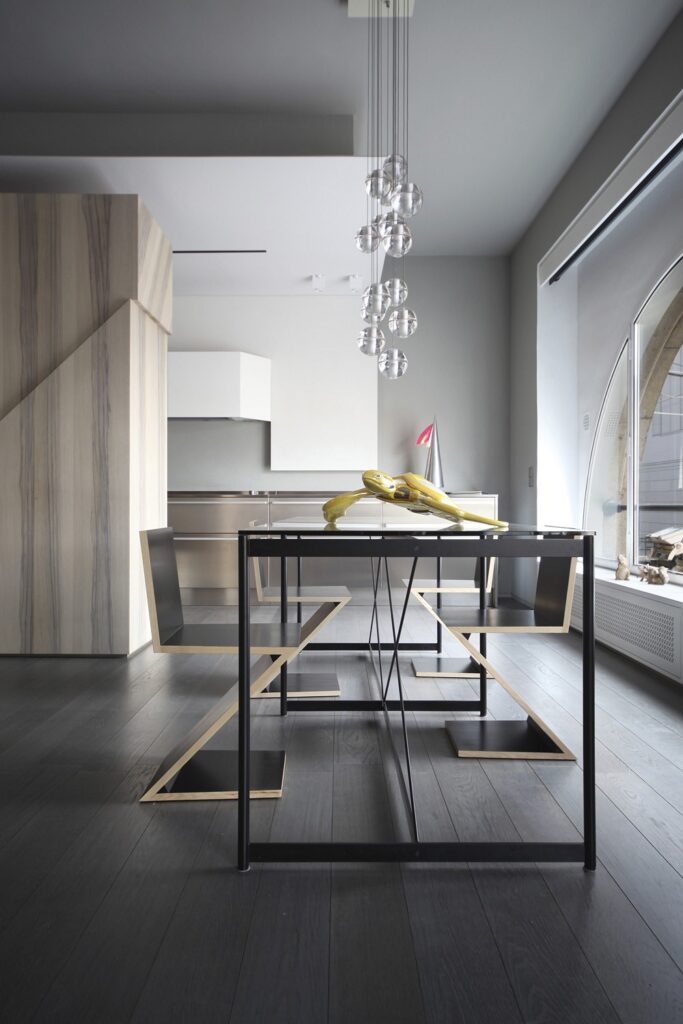

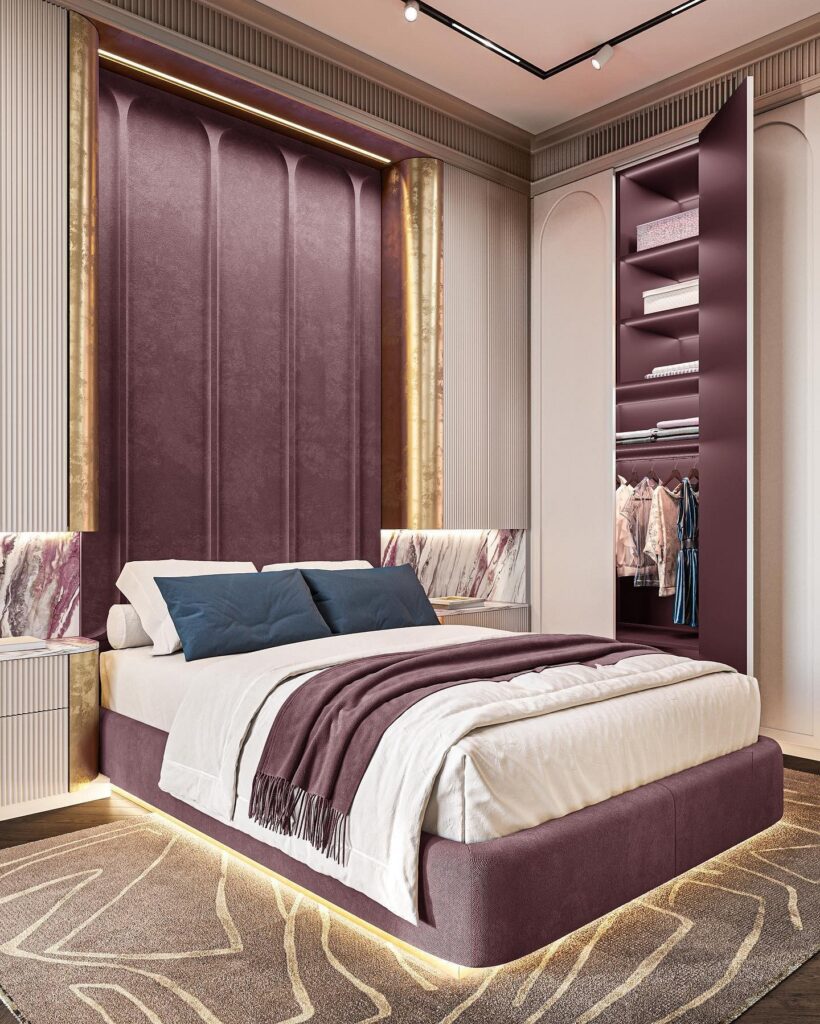
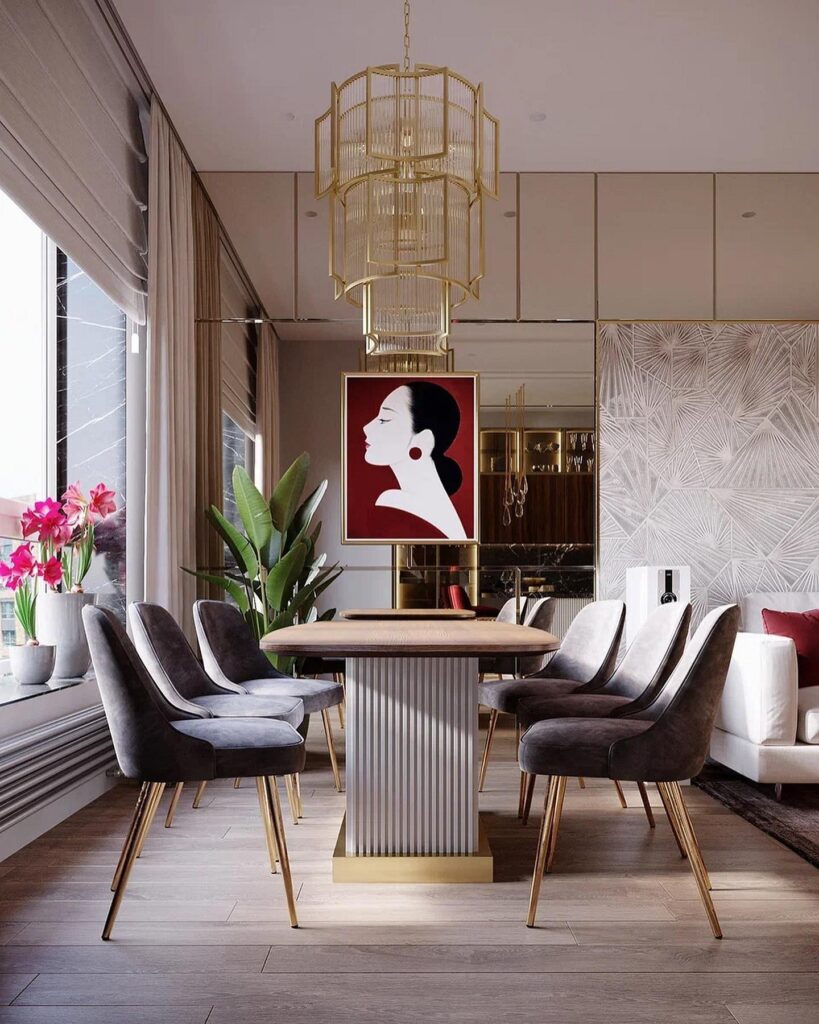
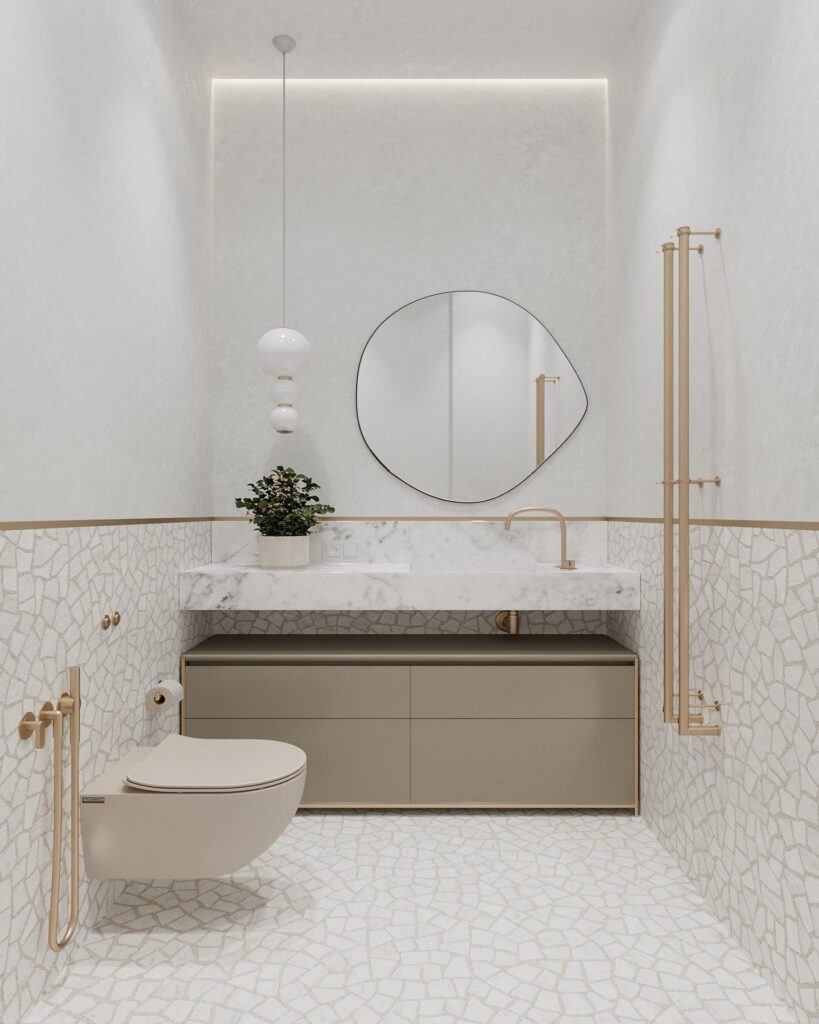
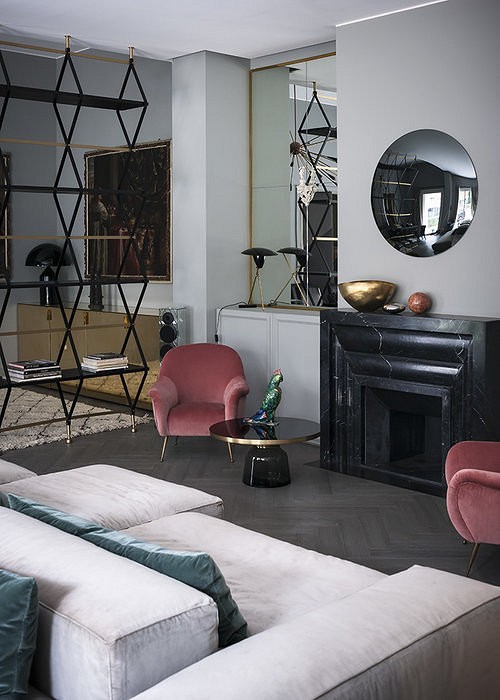
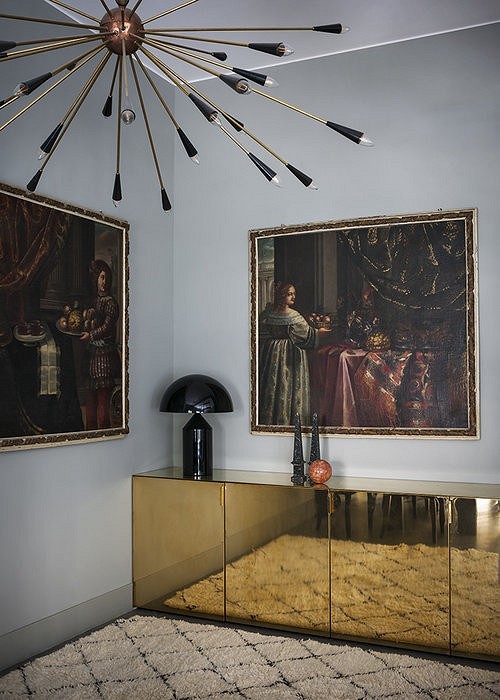
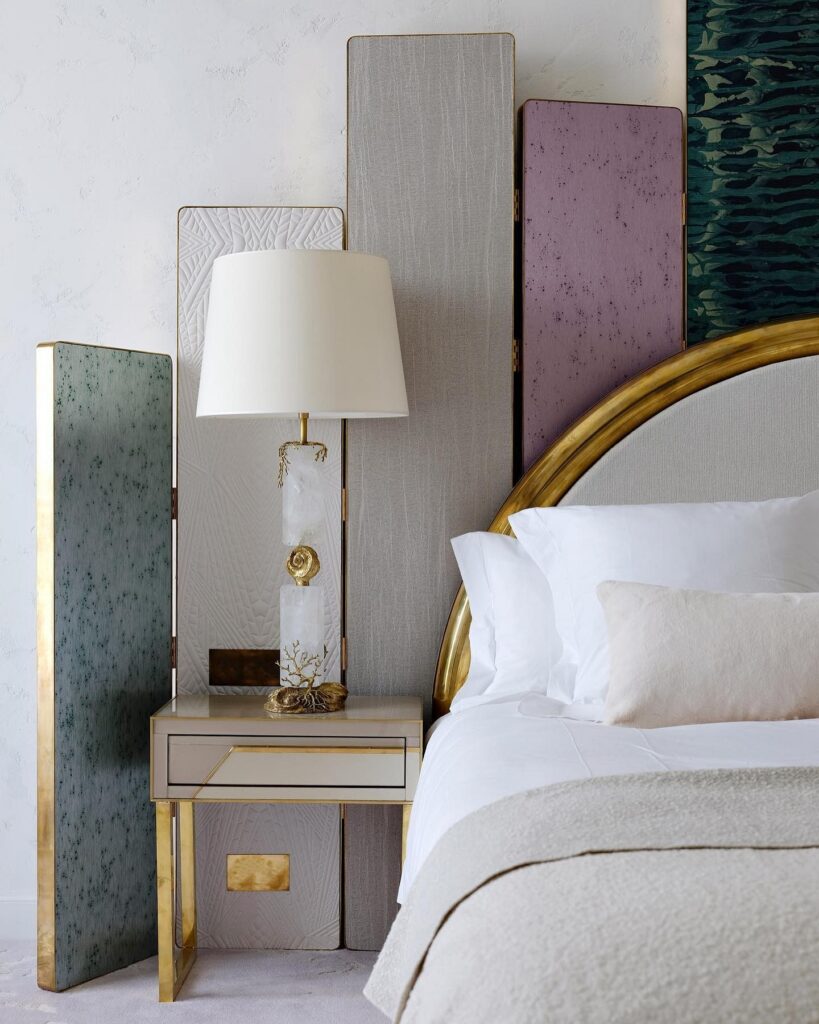
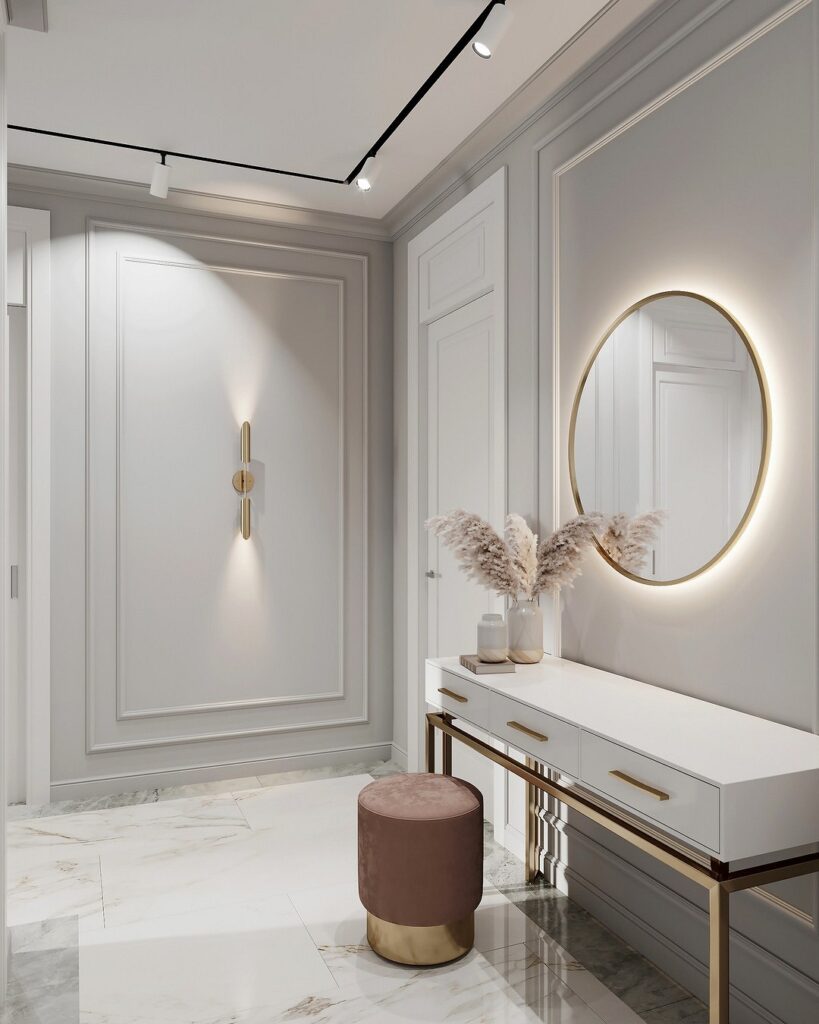
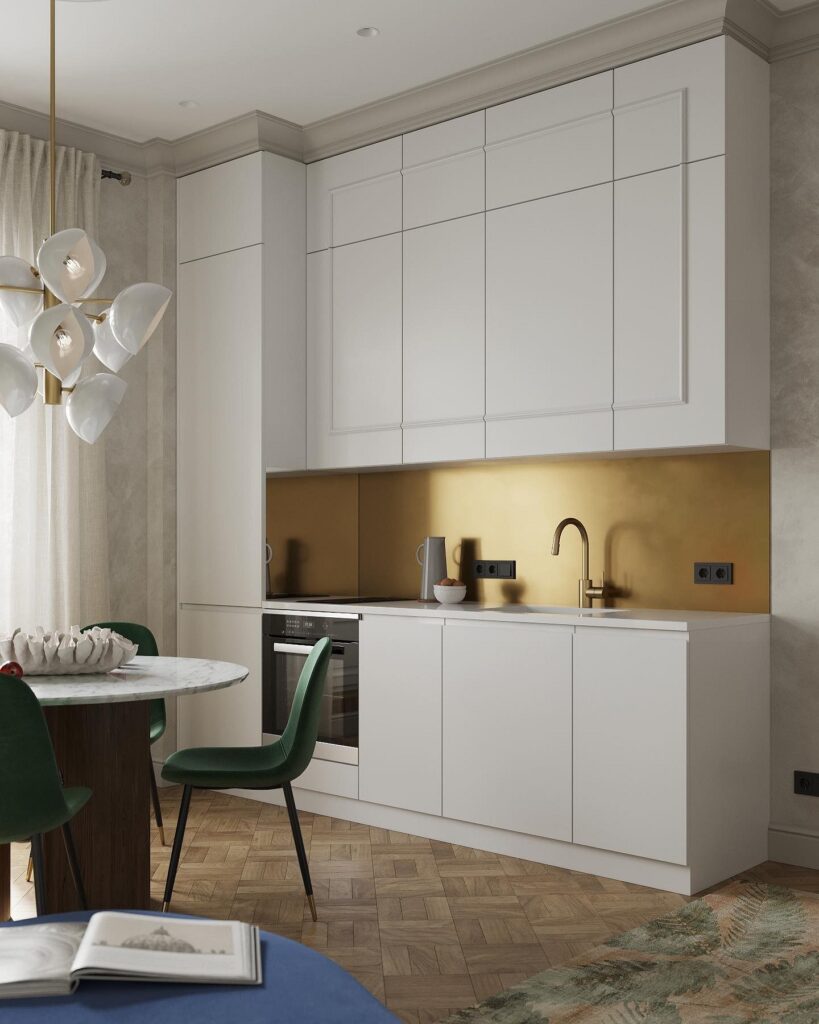
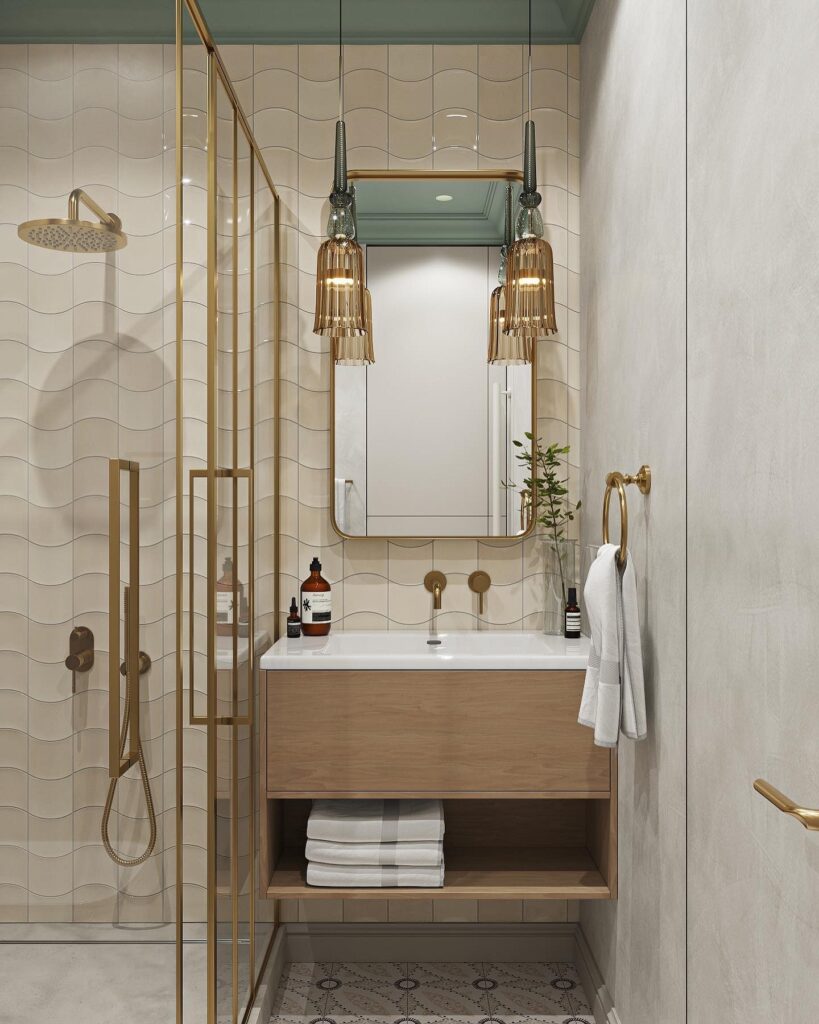
Sustainability
This term was originally applied in economics.
Nowadays, sustainable design is actively evolving. It is characterized by long-term environmental care and production ethics. It’s not only about the material composition but also about how it was created: no harm to nature, the use of renewable resources, fair labor conditions.
The way materials function within an interior also matters. They should be durable, easy to maintain, safe for people and animals, and, in the end, simply comfortable. Whether it’s natural wood or bioplastic, it doesn’t matter.
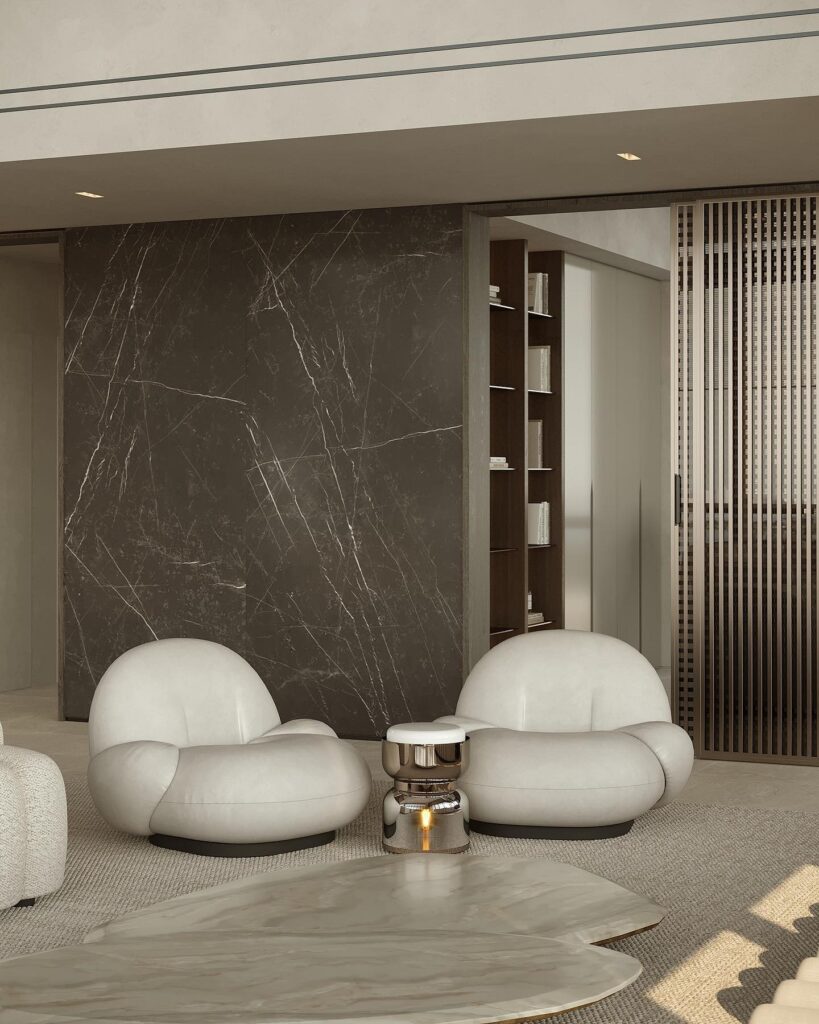
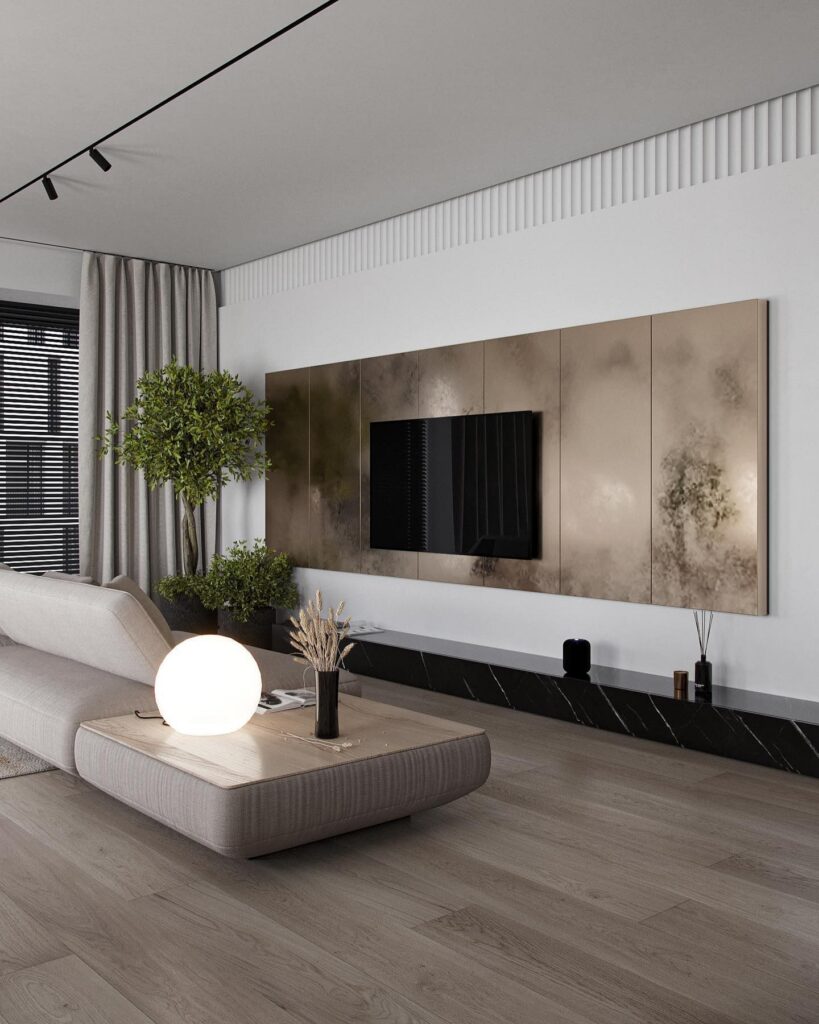
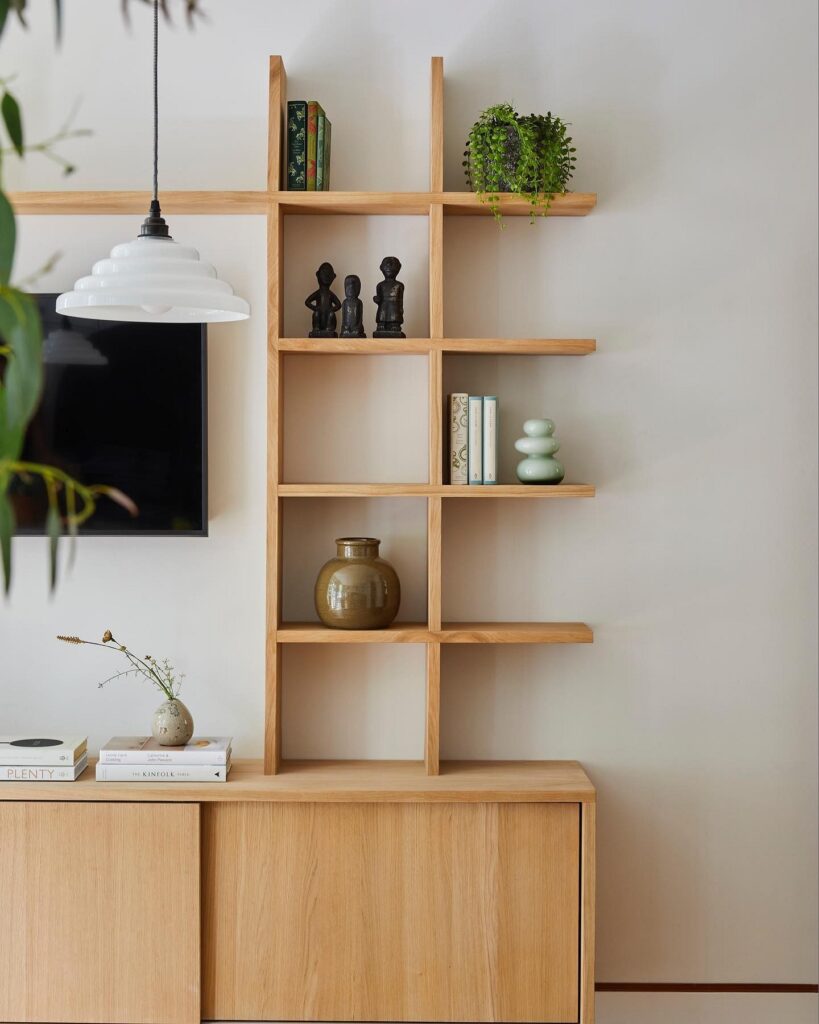
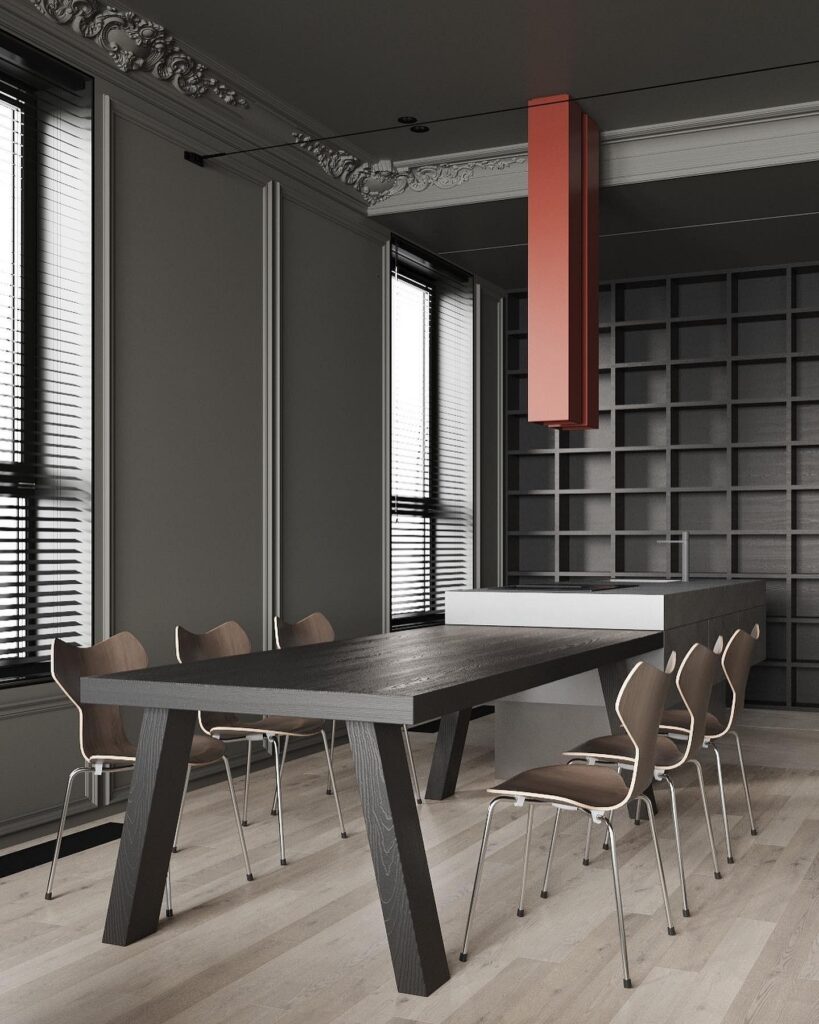
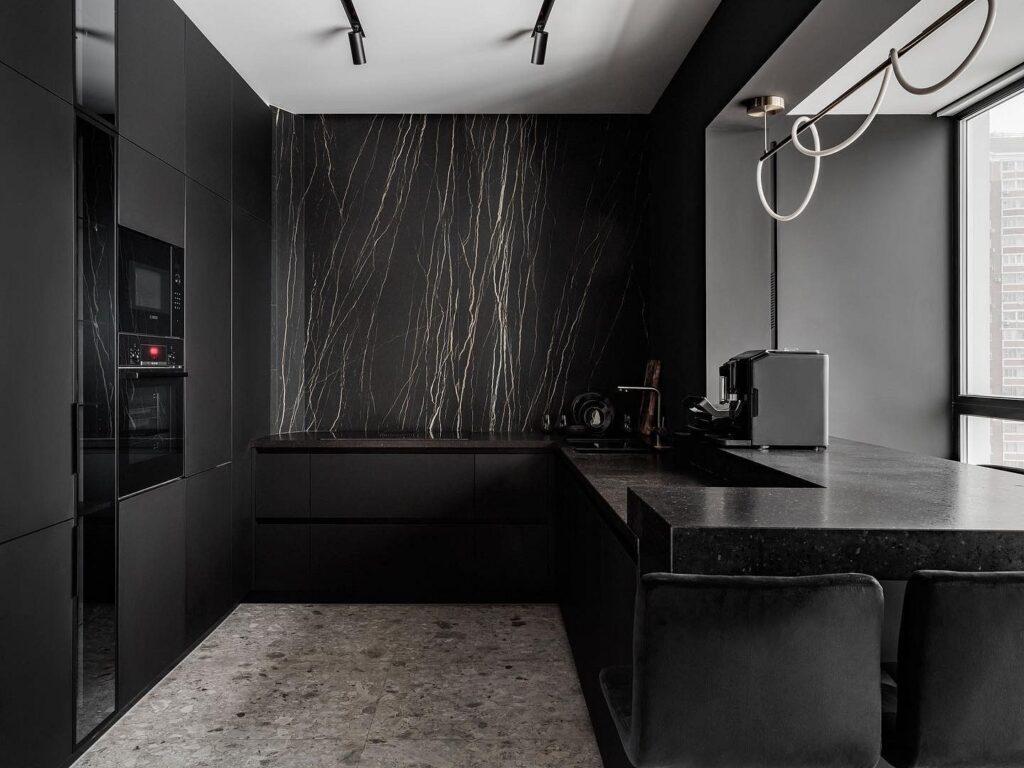

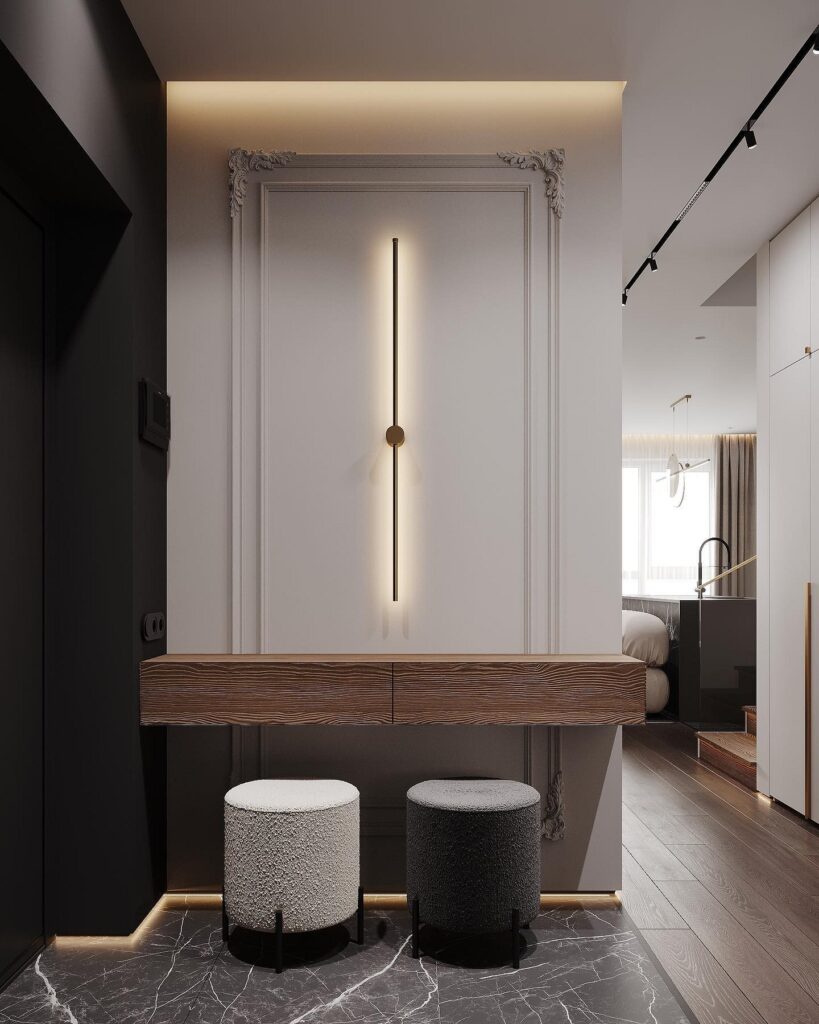
Innovations
The drive to conserve natural resources and care for the environment motivates designers to seek and create new materials.
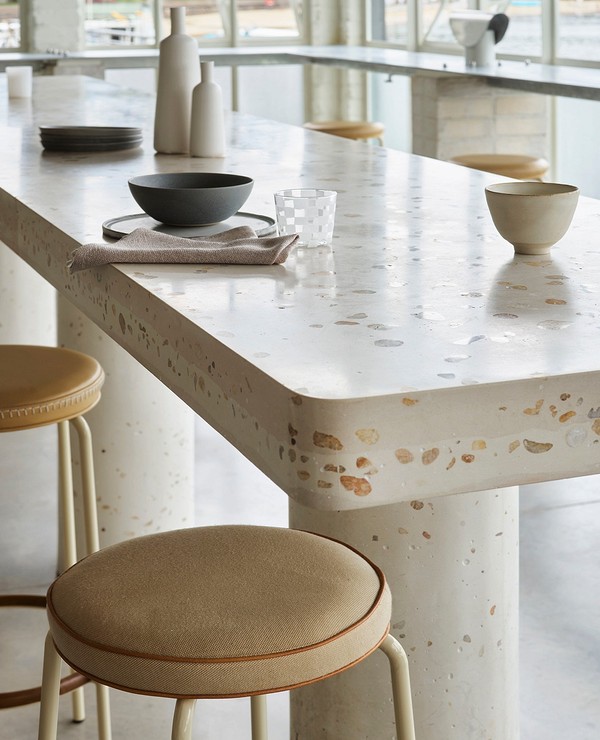
That’s why every year at exhibitions, unusual inventions appear. The focus is on environmentally friendly, biodegradable, and recyclable materials. For example:
- Mycelium mushroom leather as a substitute for natural or synthetic leather.
- Alternatives to concrete made from specific types of sand and certain plant species. Producing such substitutes releases less carbon into the atmosphere.
- Furniture made from algae or tea fungus.
- Cork for flooring, walls, and ceilings.
- Unconventional use of materials, such as facades made from recycled ceramic tiles or wood.
- Furniture, partitions, and decor created using 3D printing.
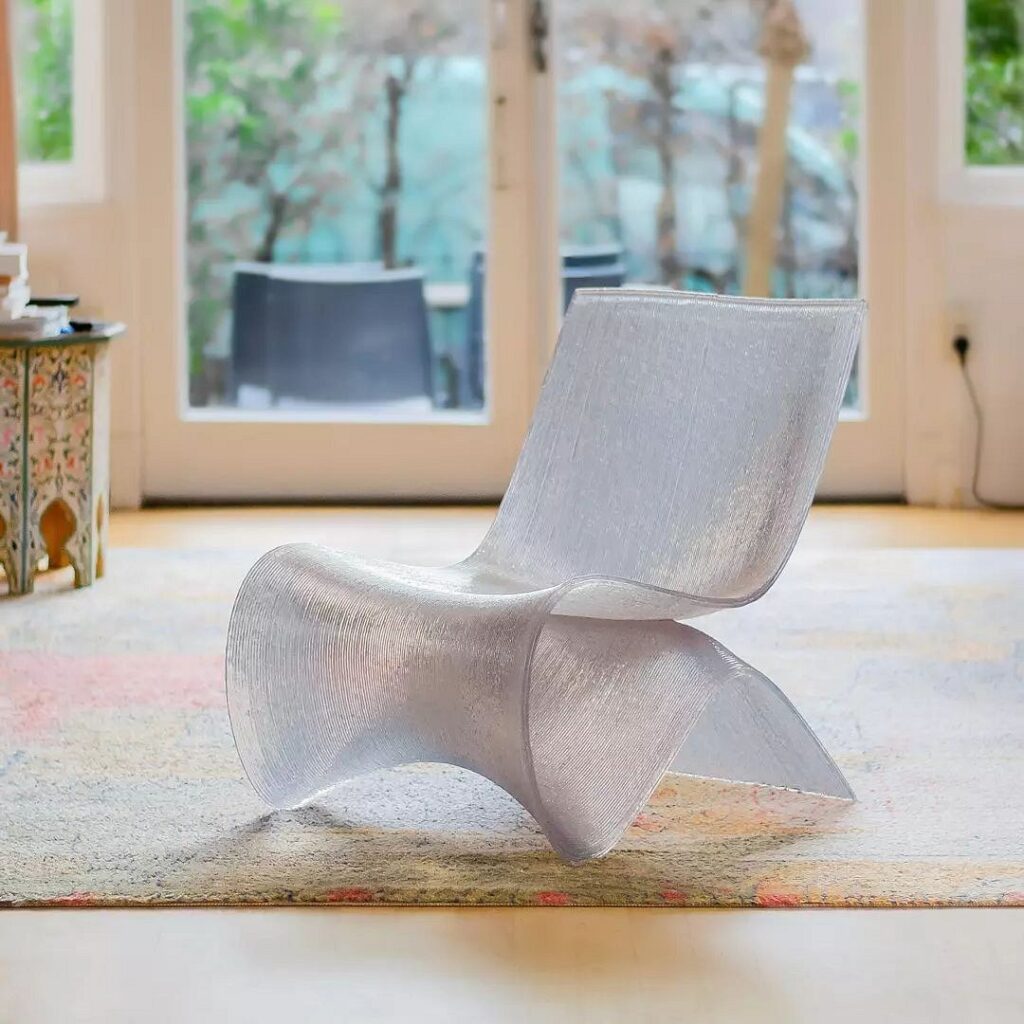
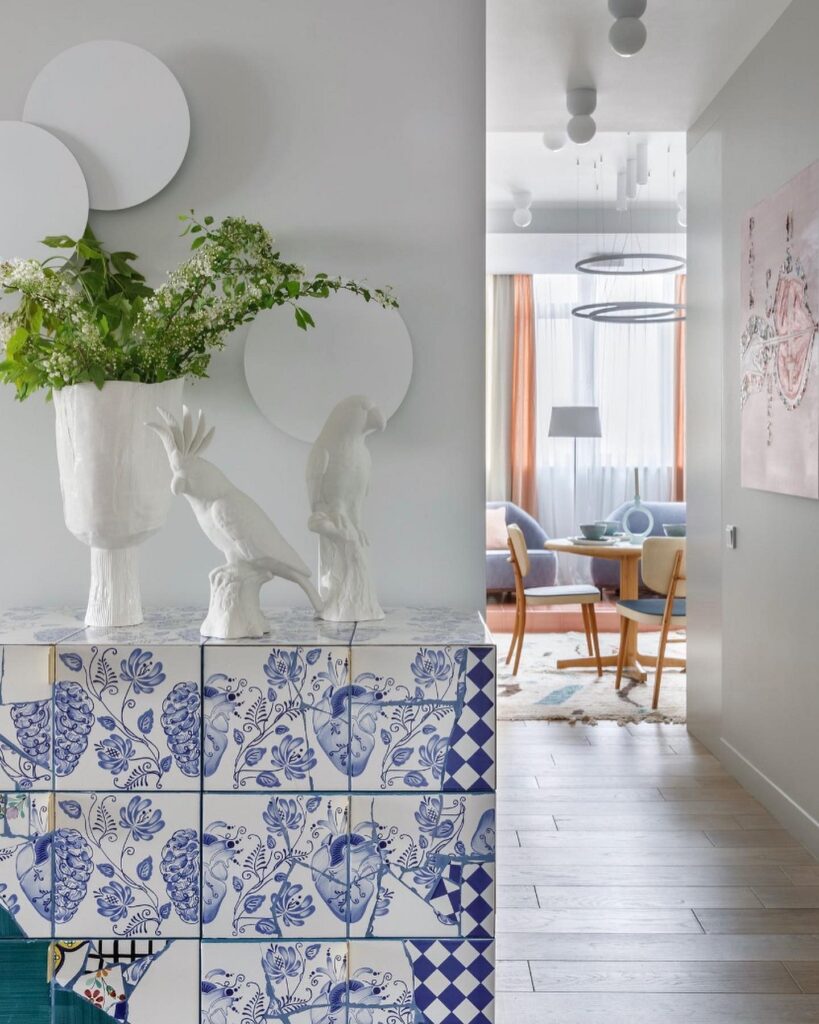
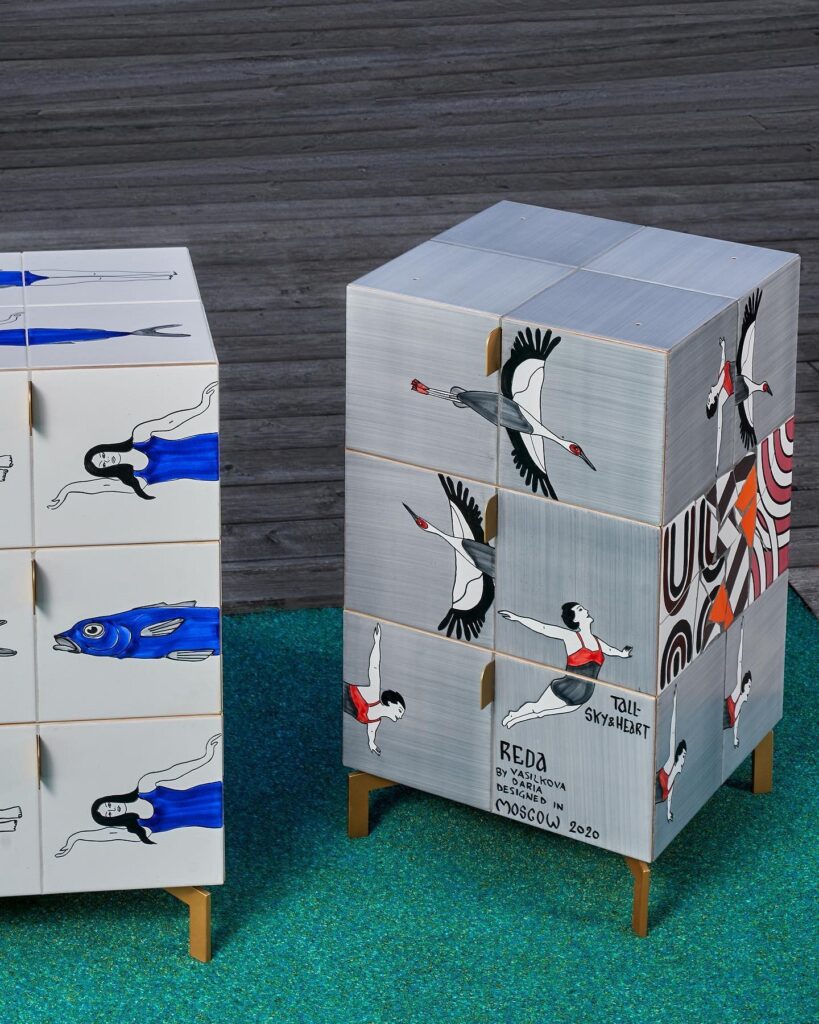
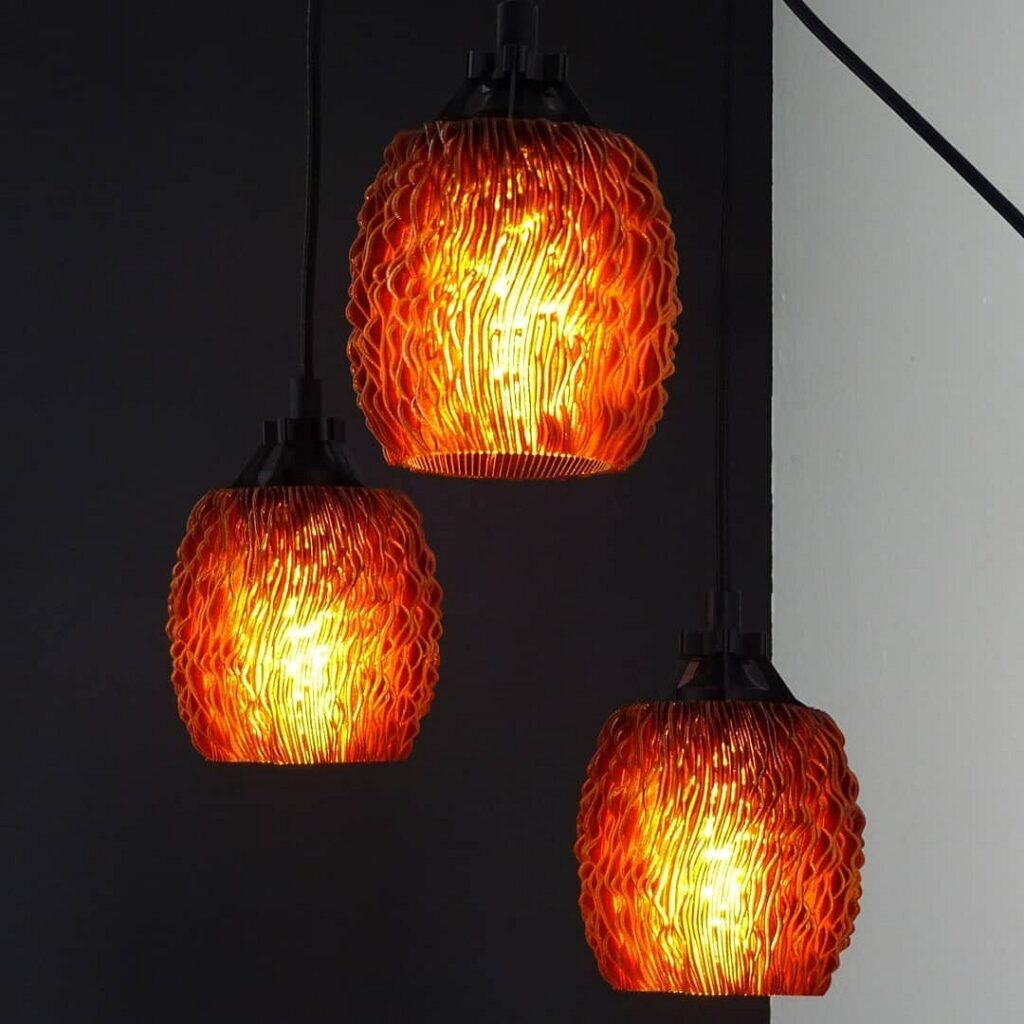
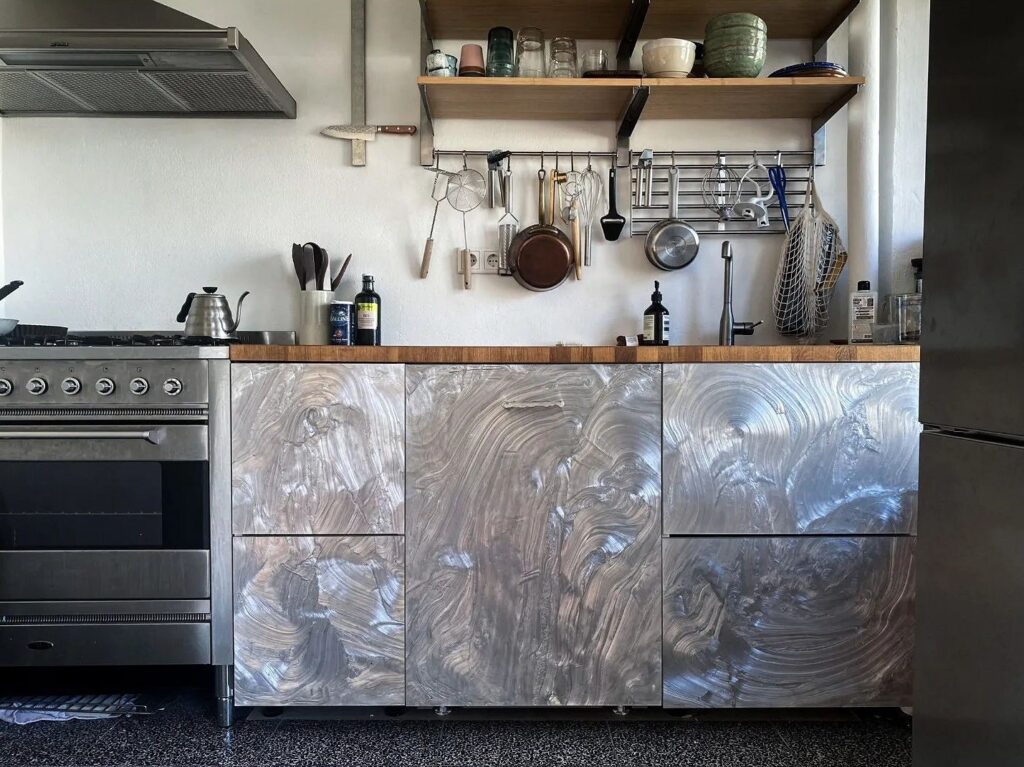
Fashionable Colors
Let’s take a look at the trending colors for 2024. If you’re planning a home renovation, these design photos will surely inspire you.
Monochrome

The neutral base remains in vogue and will maintain its position in the coming years. Additionally, there is a trend in projects towards monochromatic and visual simplicity. The stereotype that gray or beige as the foundation of a palette is too dull is not merely dispelled but elevated to the opposite extreme when this color becomes the sole one in the room.
In our daily lives, we are surrounded by a multitude of bright colors, rapidly changing images, and contrasting visuals. Therefore, it’s important for our homes to provide a refuge from this abundance of visual information. The best way to achieve this is through a calming palette consisting of smoothly transitioning shades. They create a kind of “cocoon” that imparts a sense of security and helps one relax. To offset the simplicity of the color scheme, various expressive textures come into play, ranging from cold stone or concrete to warm wool and natural wood. You can also introduce a few small contrasting accents to break up the overall monochrome and act as visual beacons.
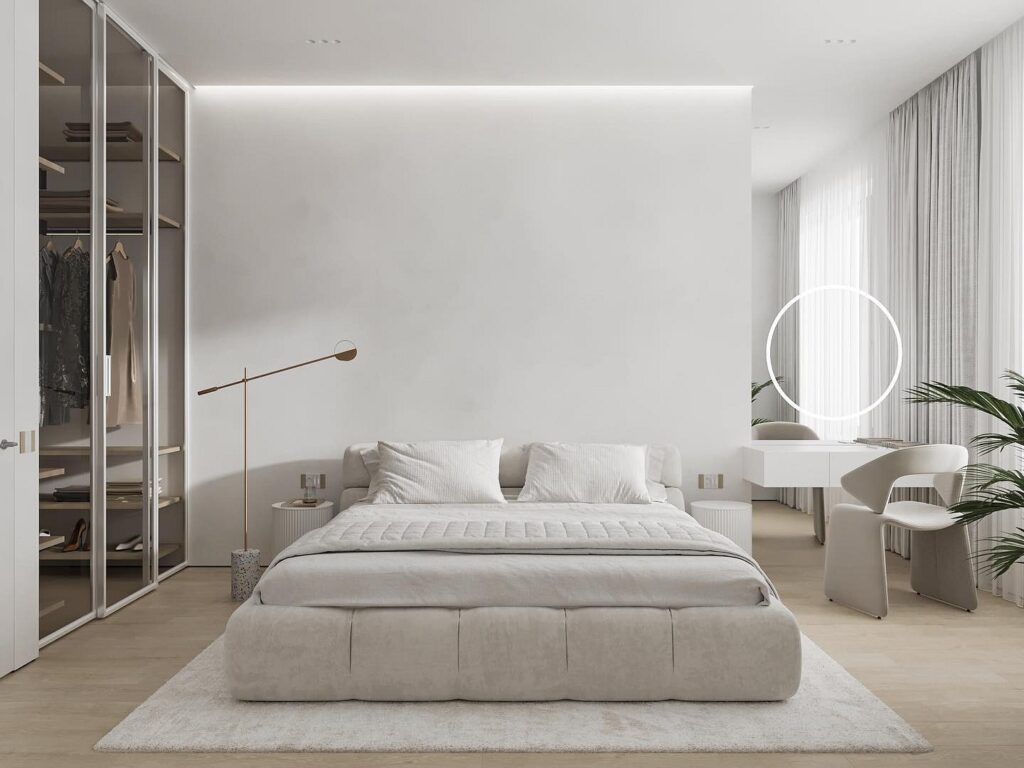
Earth Tones
In the upcoming year, fashion will embrace color schemes built on the combination of complex earthy tones.
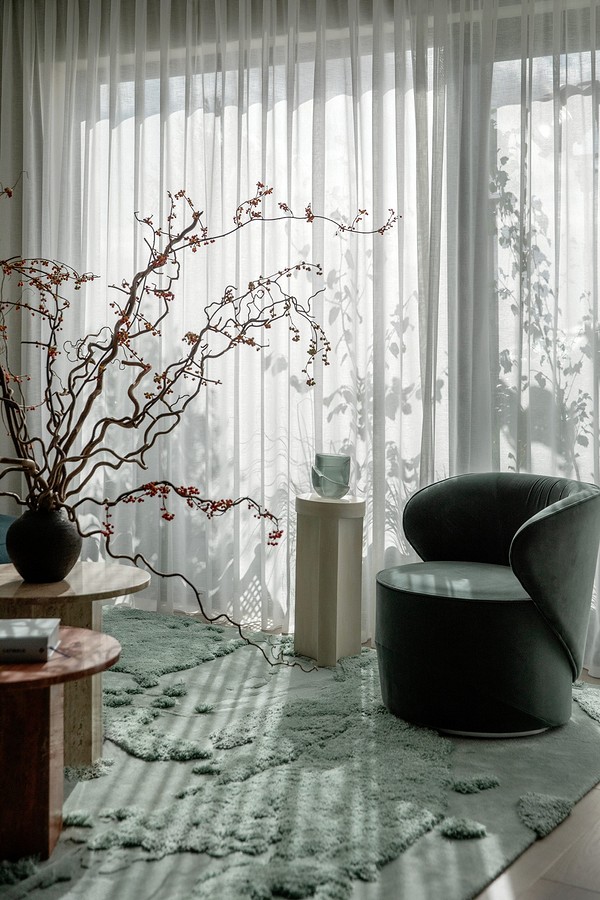
Design: Kingston Lafferty Design Studio, kingstonlaffertydesign.com
You can use any colors, but as the trendy foundation, brown, gray, and dark green will take the spotlight. These shades pair beautifully with textures like wood, stone, brick, and natural fabrics. Alternatively, you can balance and refresh them with white, black, or dark blue. Such a palette is suitable for any room, from the kitchen to the bedroom or home office. In the photos below, you can see fashionable interiors in these colors.
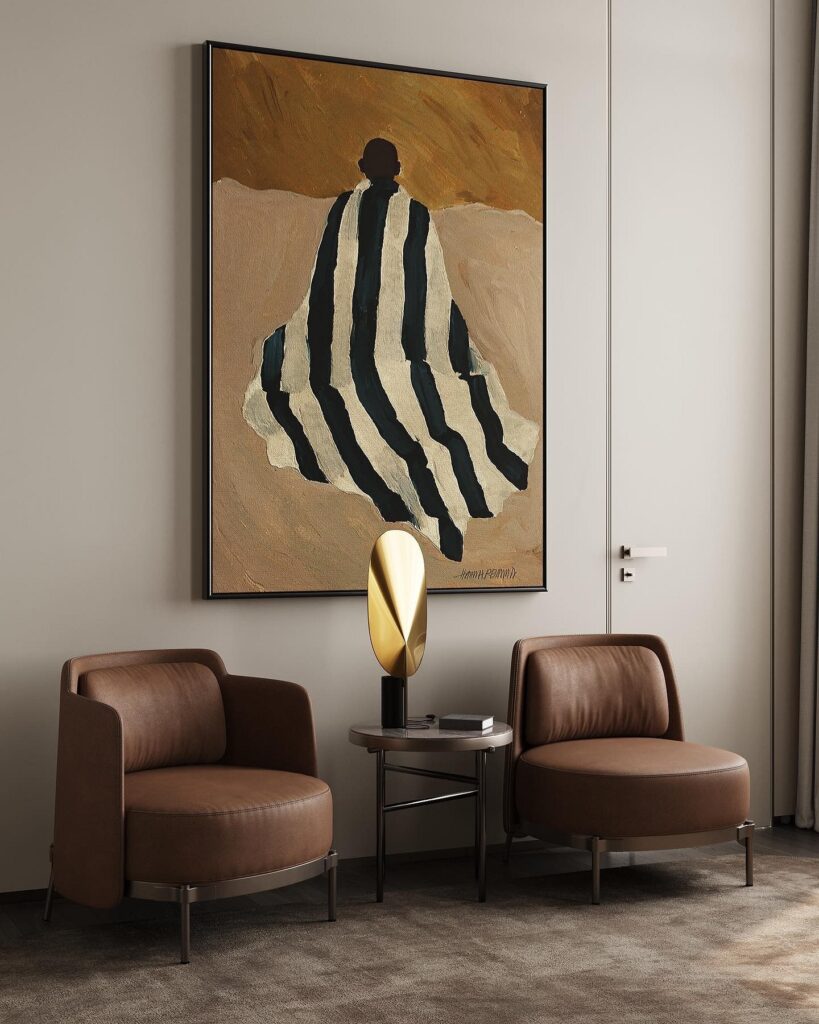
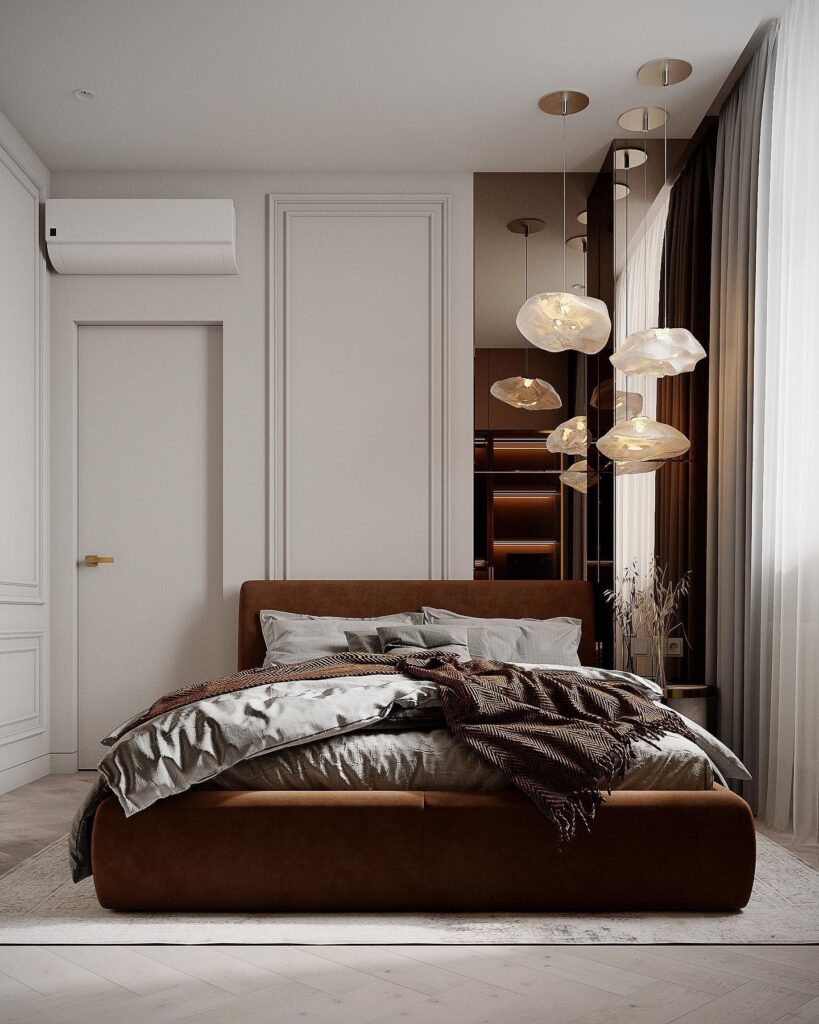
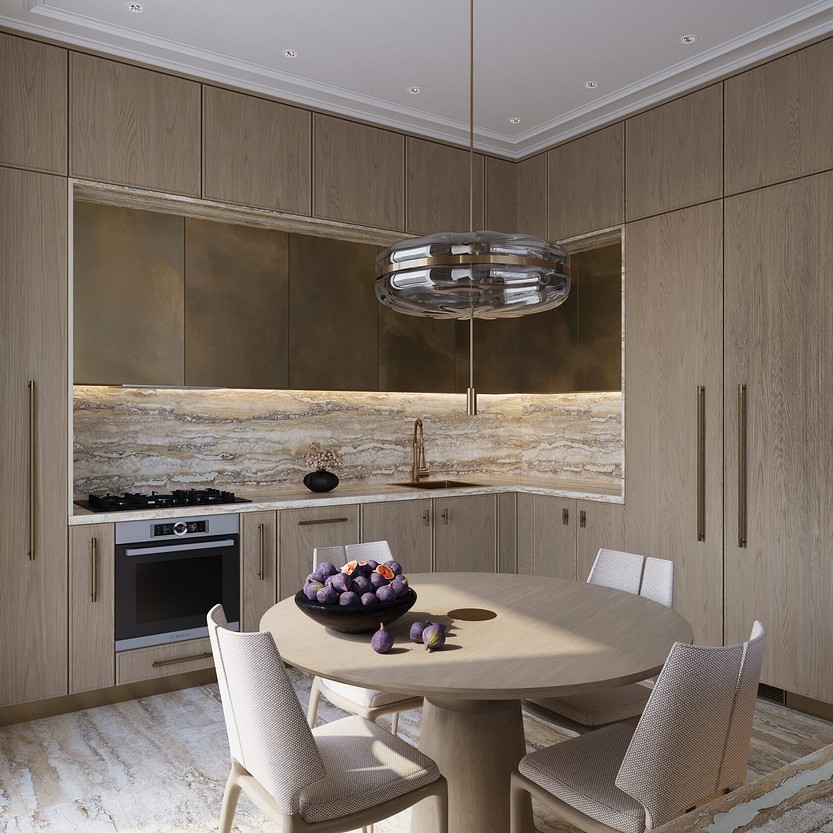
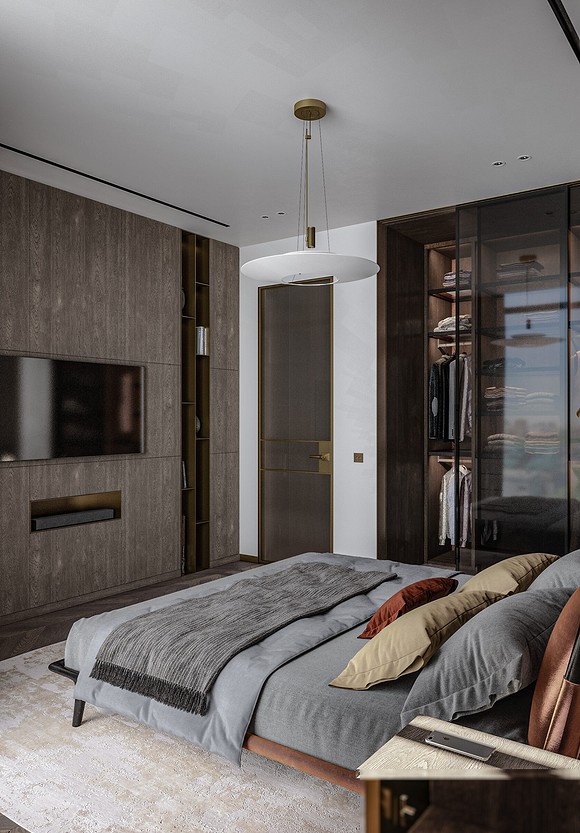


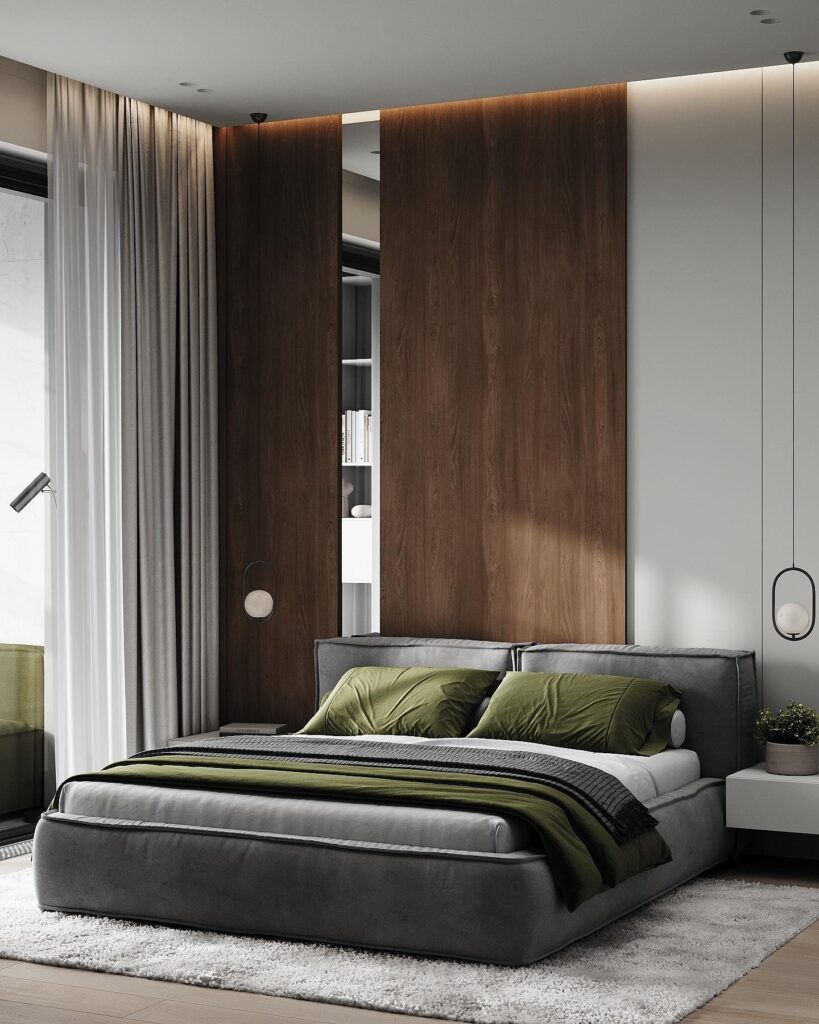

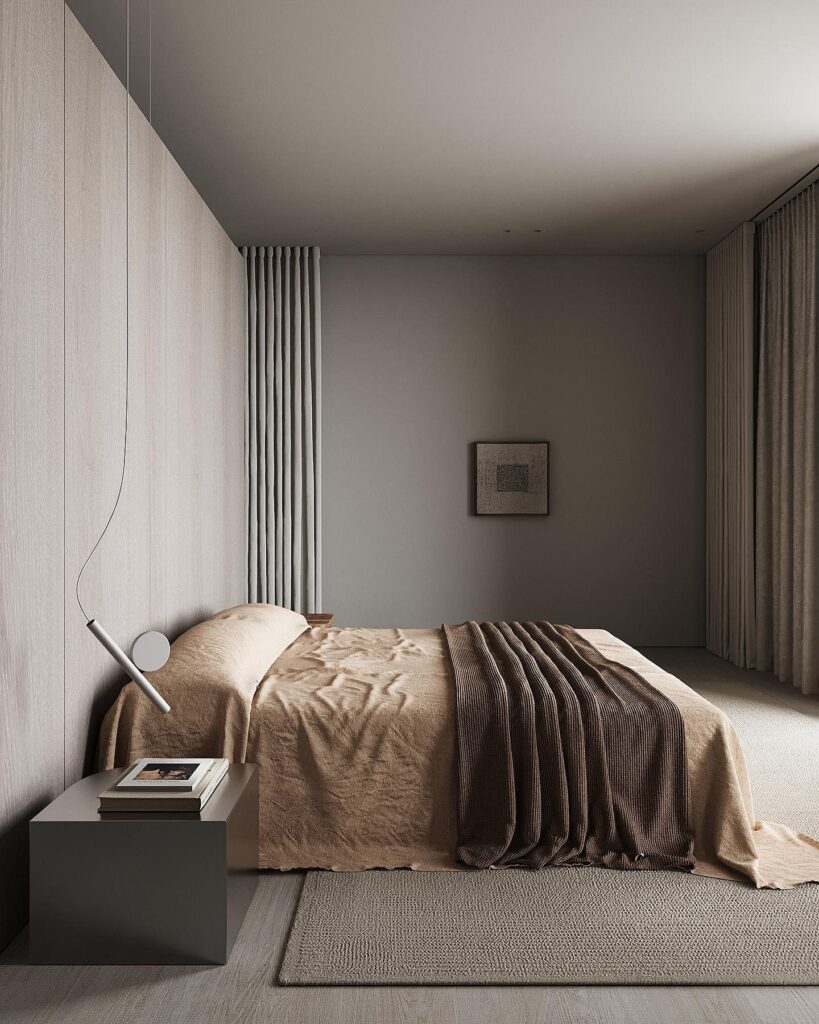
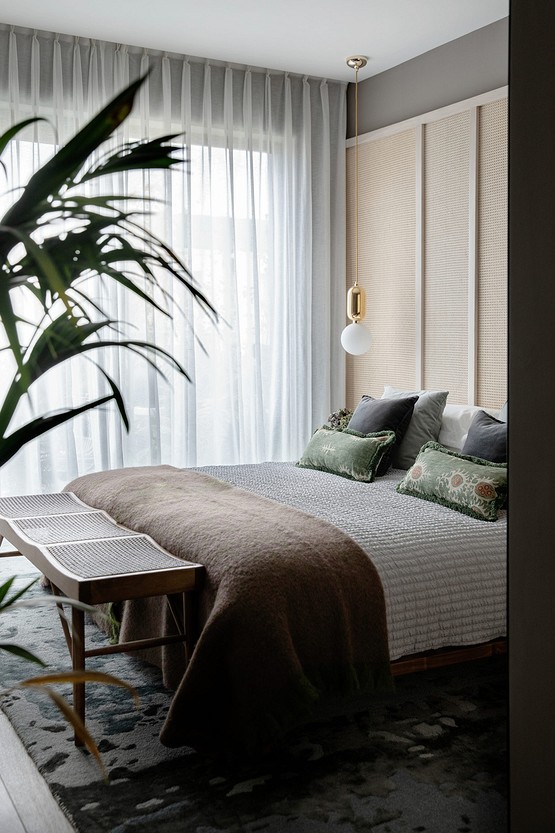
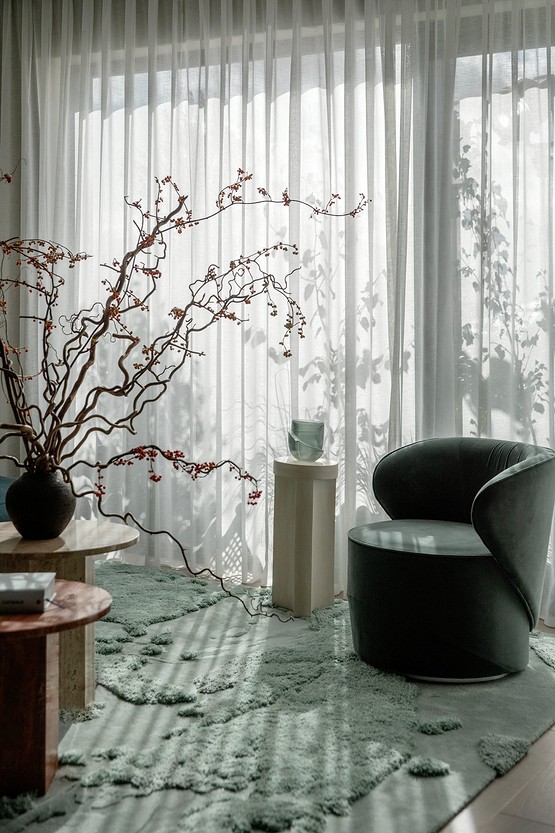
Honey Tones
Warm honey tones are a real hit for the upcoming season. They create a pleasant and relaxing atmosphere in the interior, filling it with light.
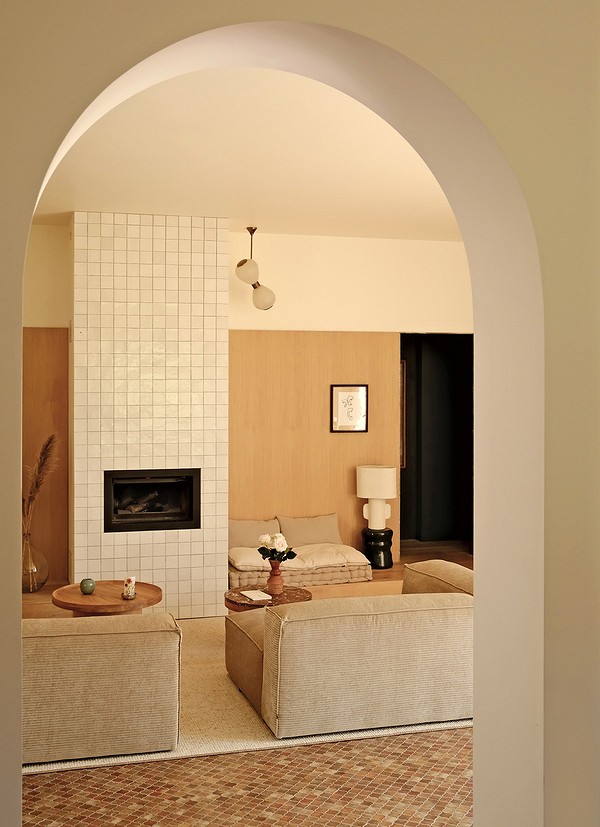
They will be especially fitting in autumn and winter when the sun is less abundant, and the desire for coziness is stronger than ever. In this beige-reddish palette, you can decorate the entire interior or introduce these colors locally, for example, by replacing textiles or upholstery on soft furniture. This palette looks most impressive when the entire space is filled with warm tones, as if you were inside a honeycomb.
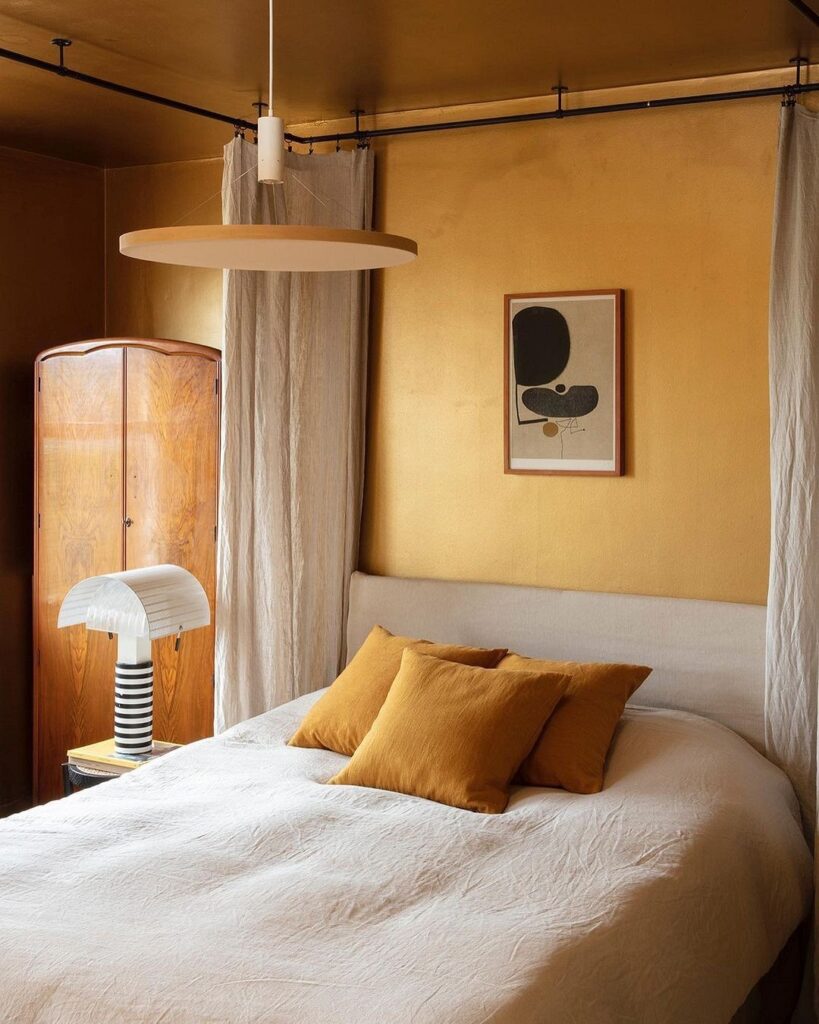
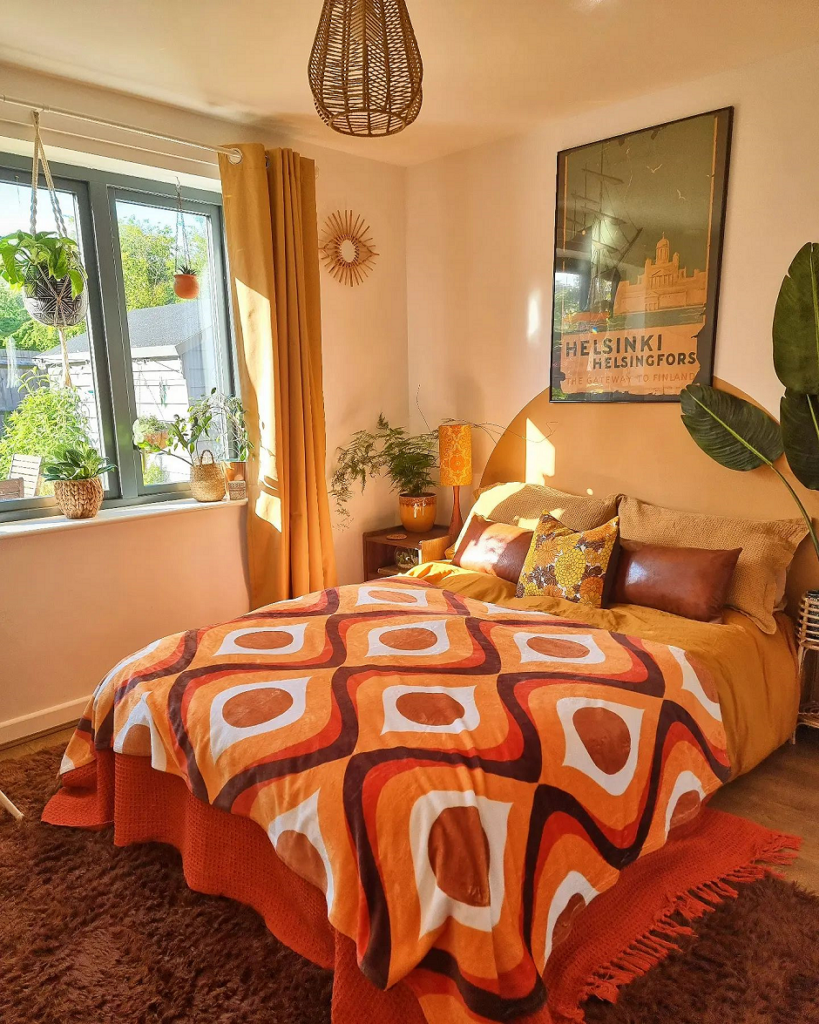
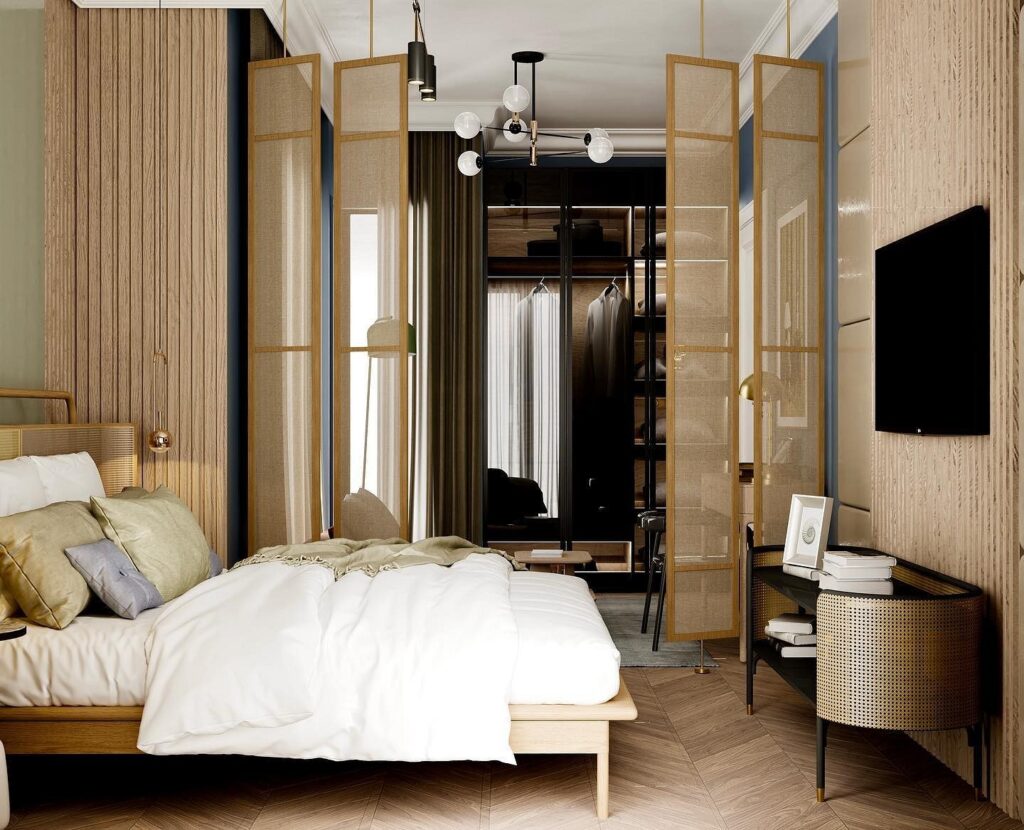
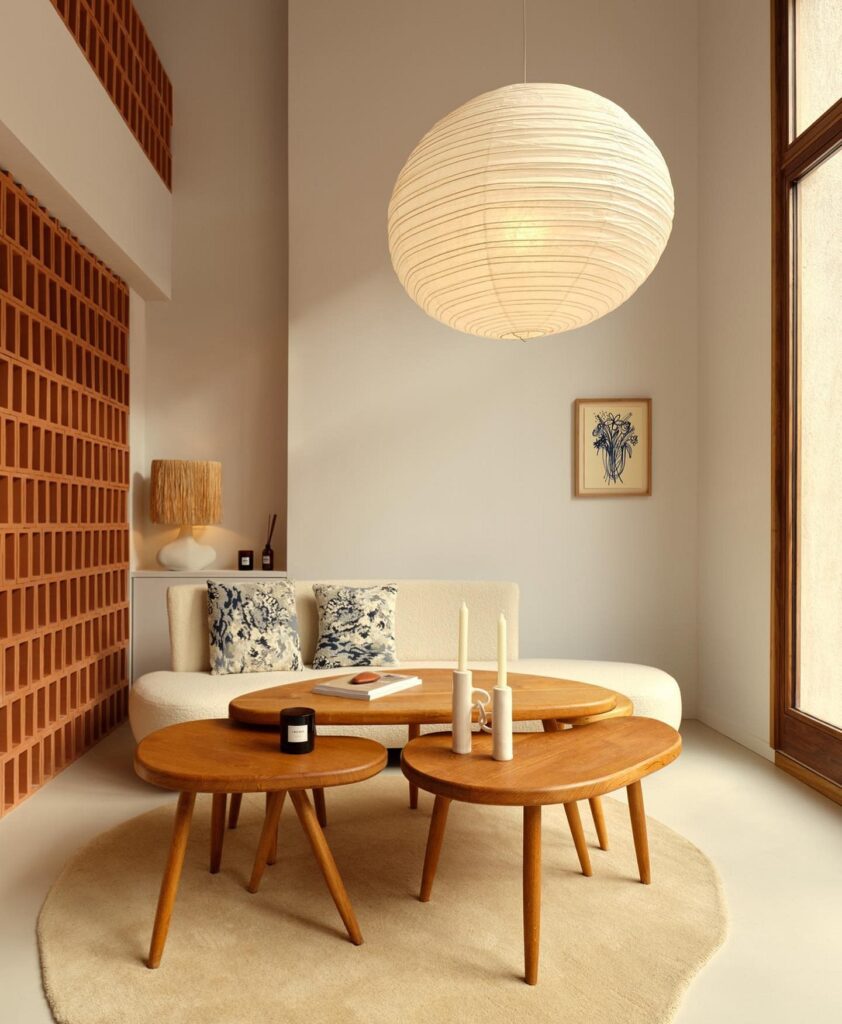
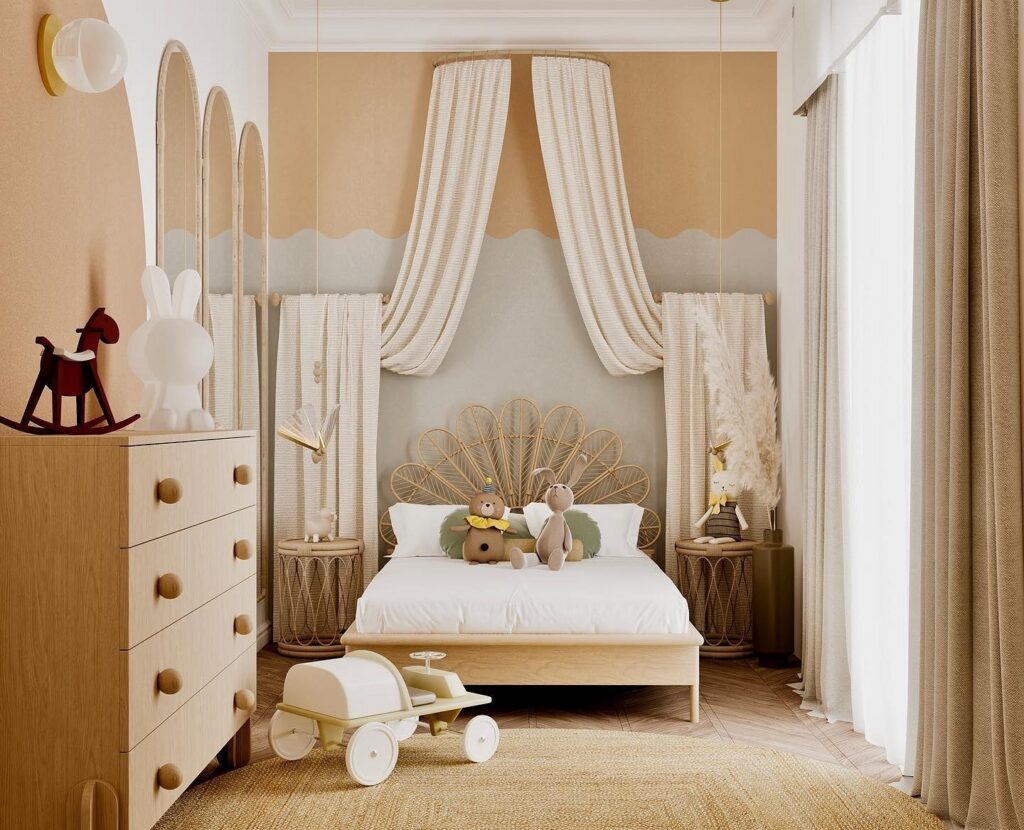
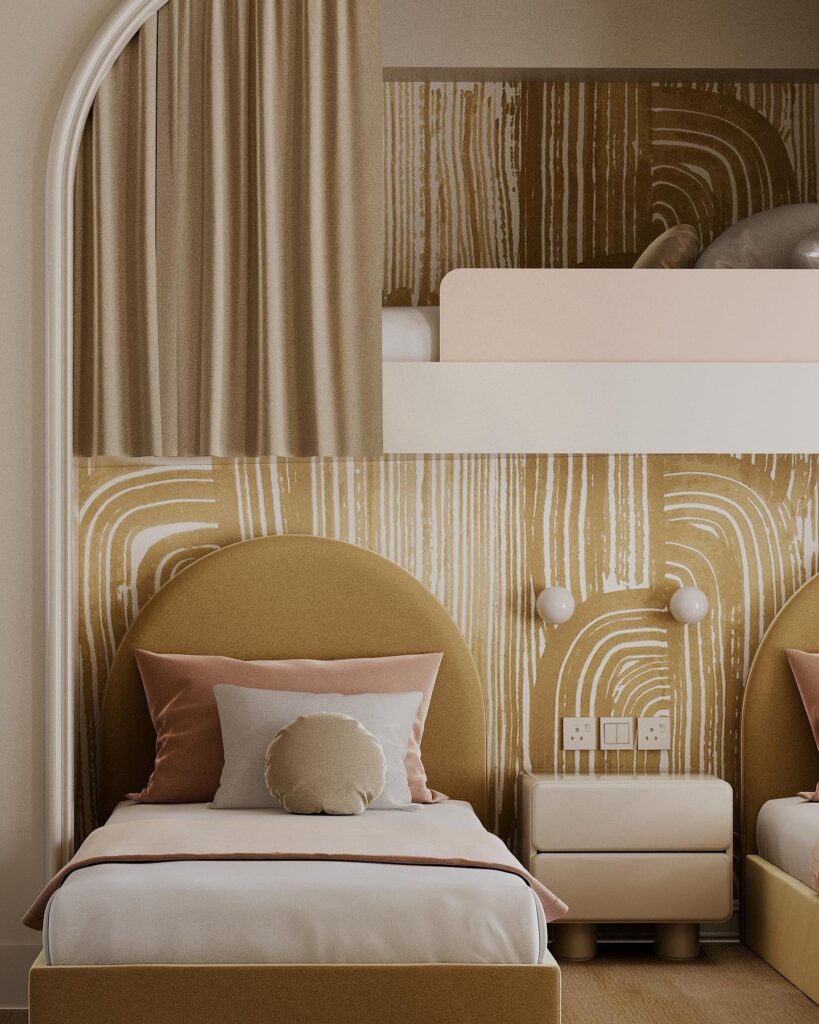
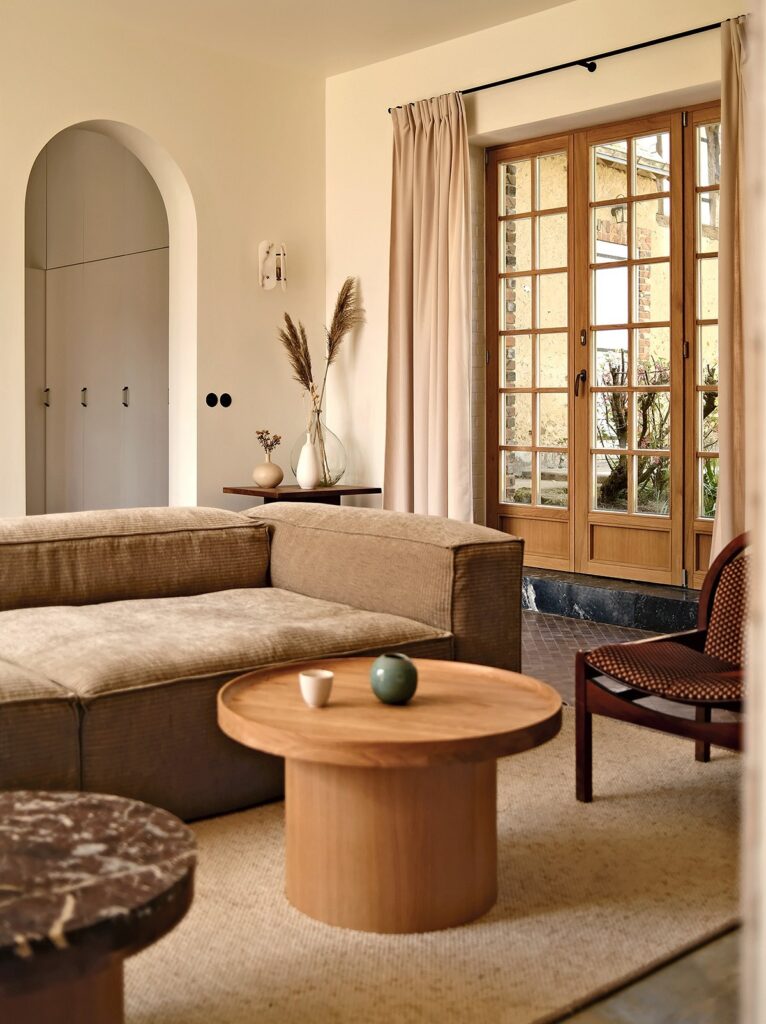
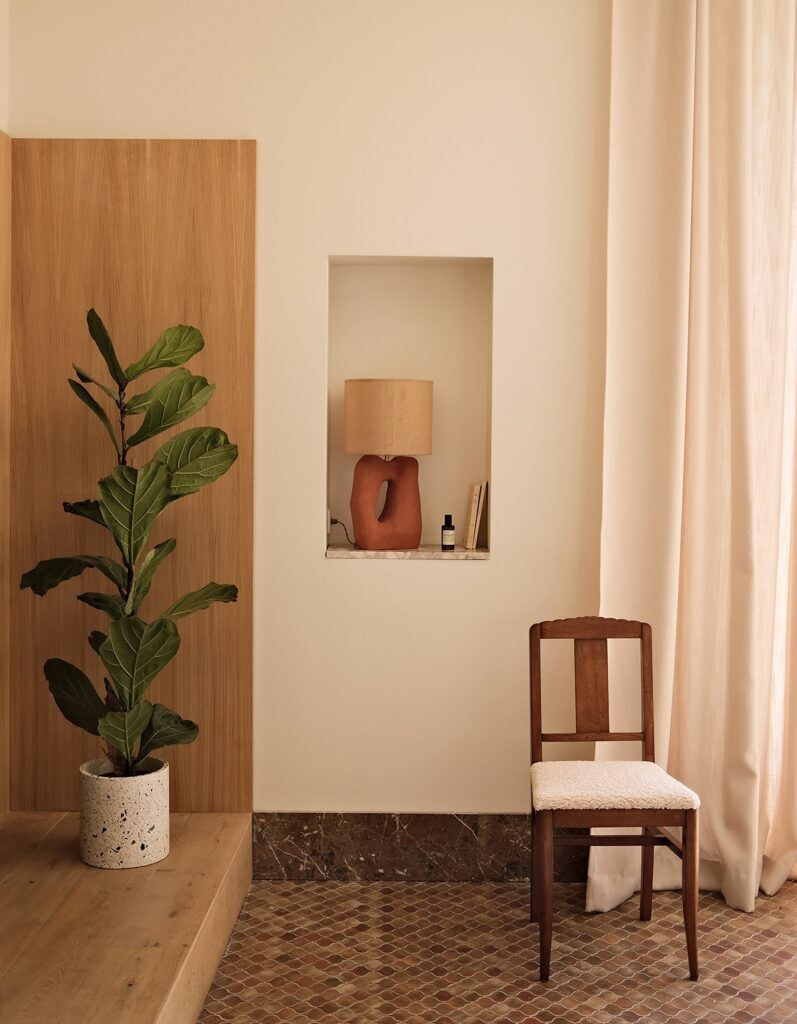
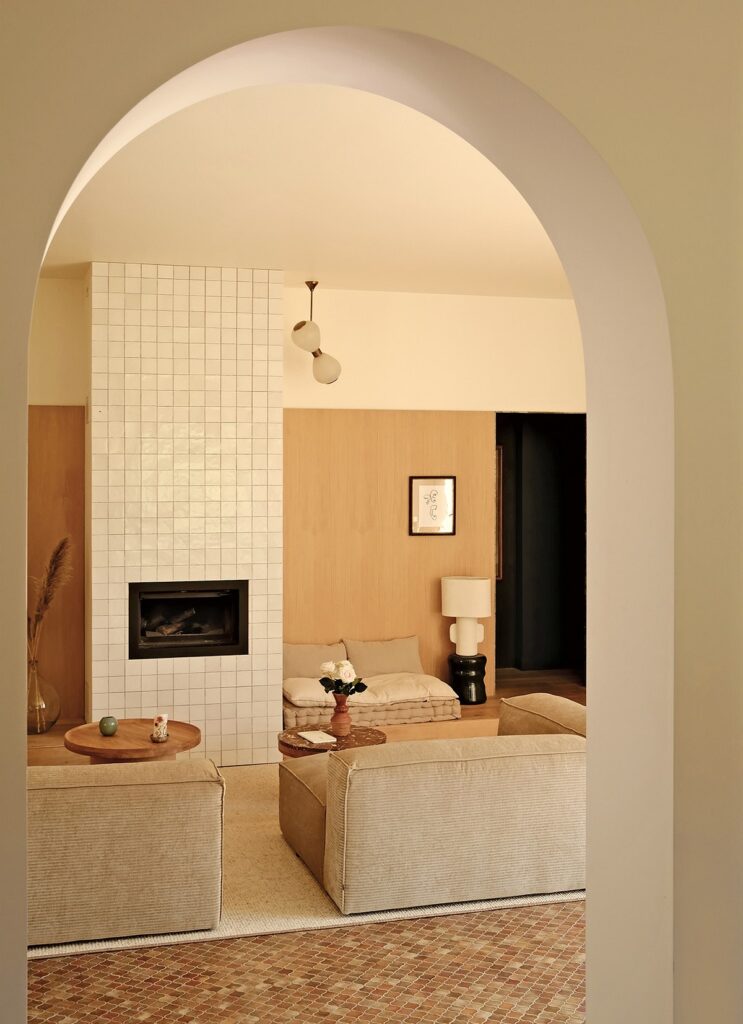
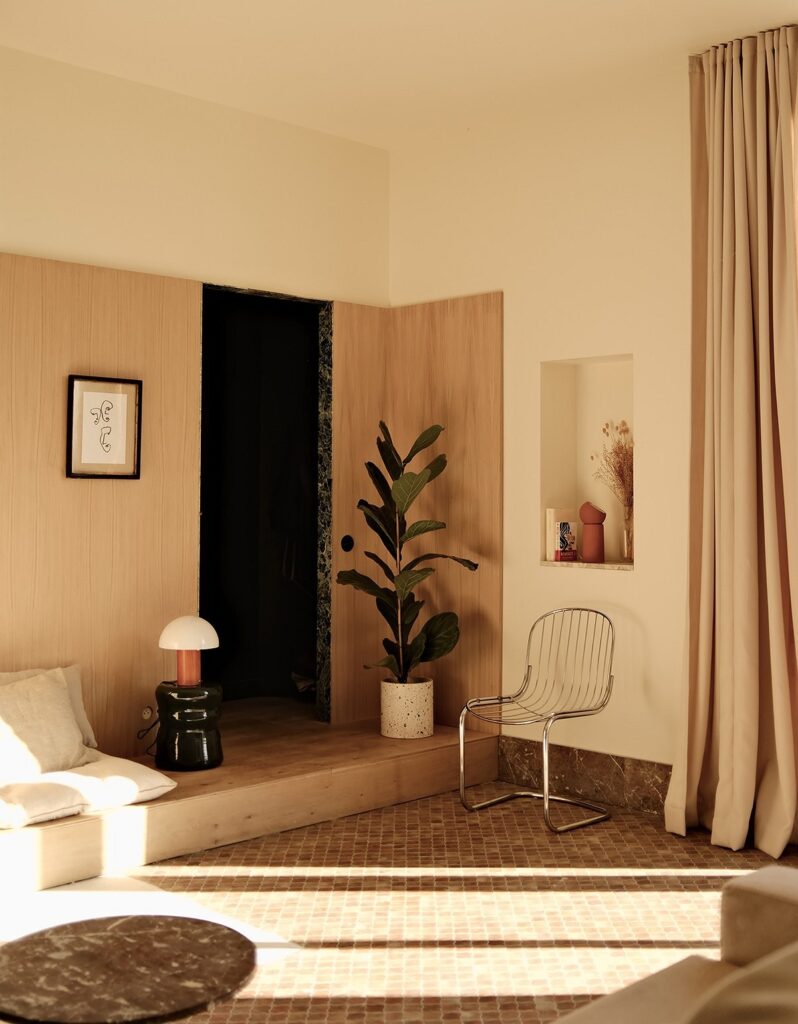
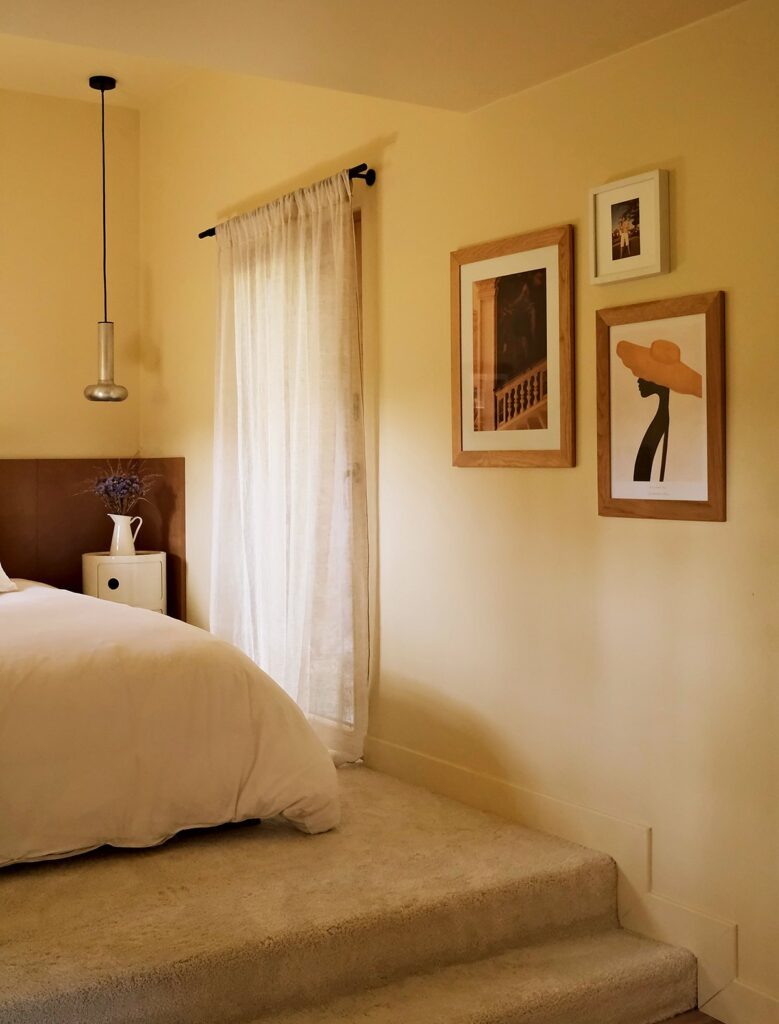
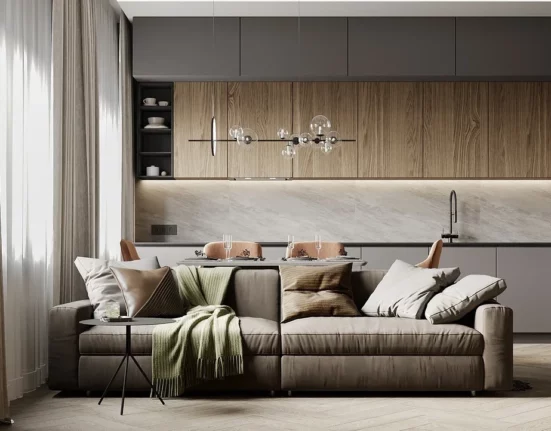
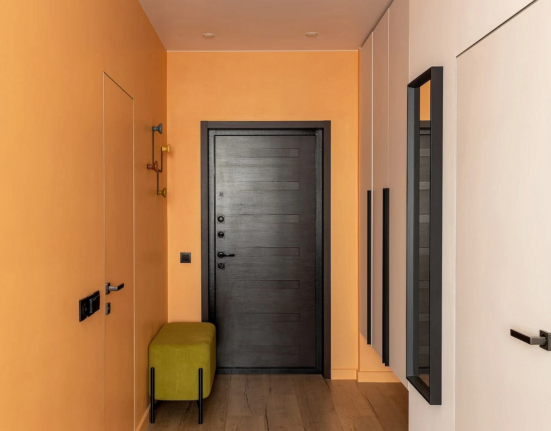
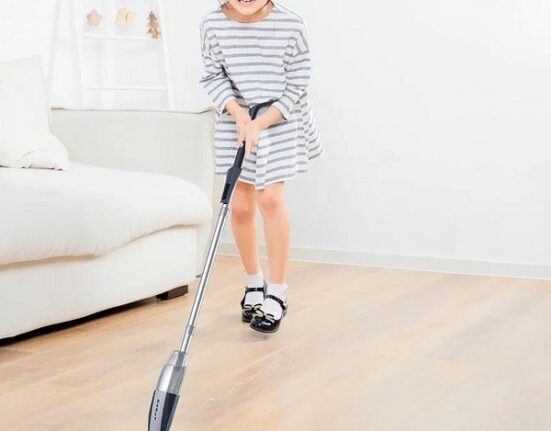
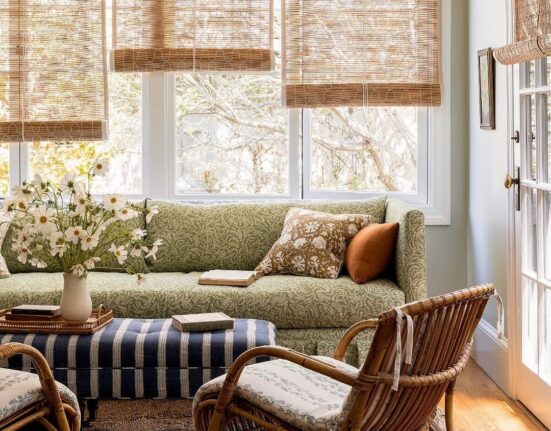
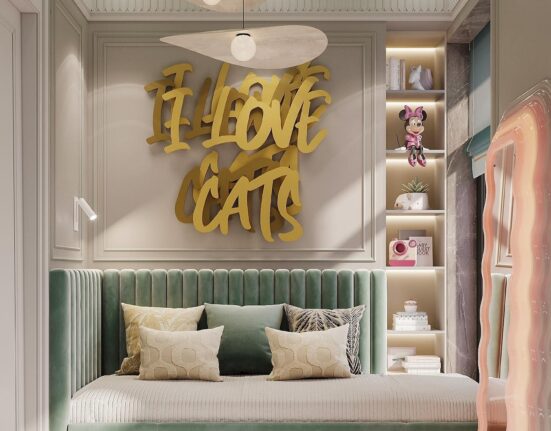
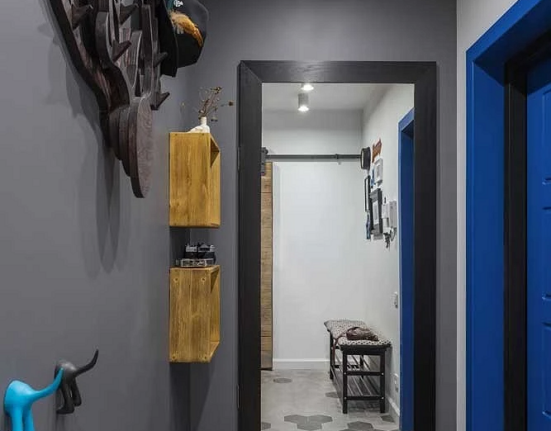
Leave feedback about this